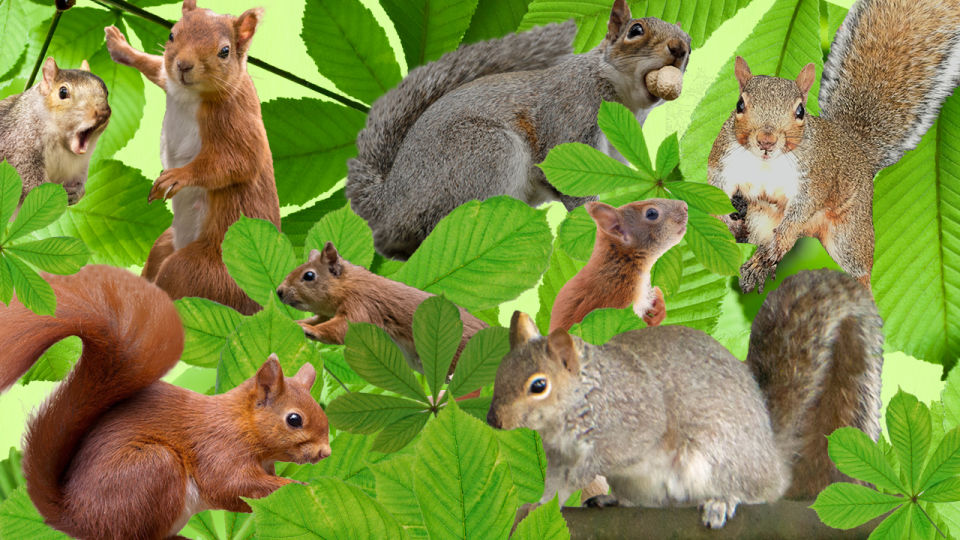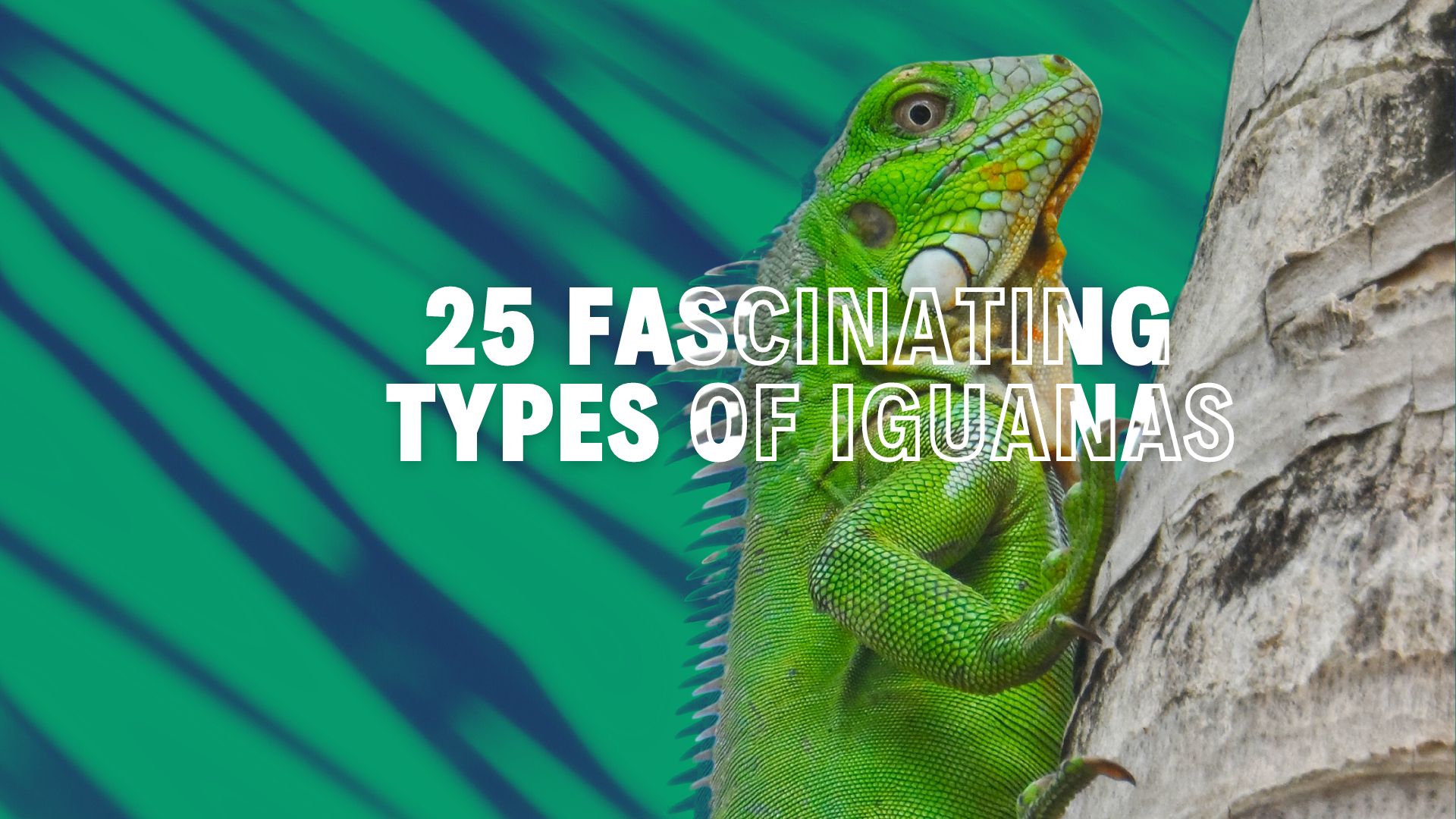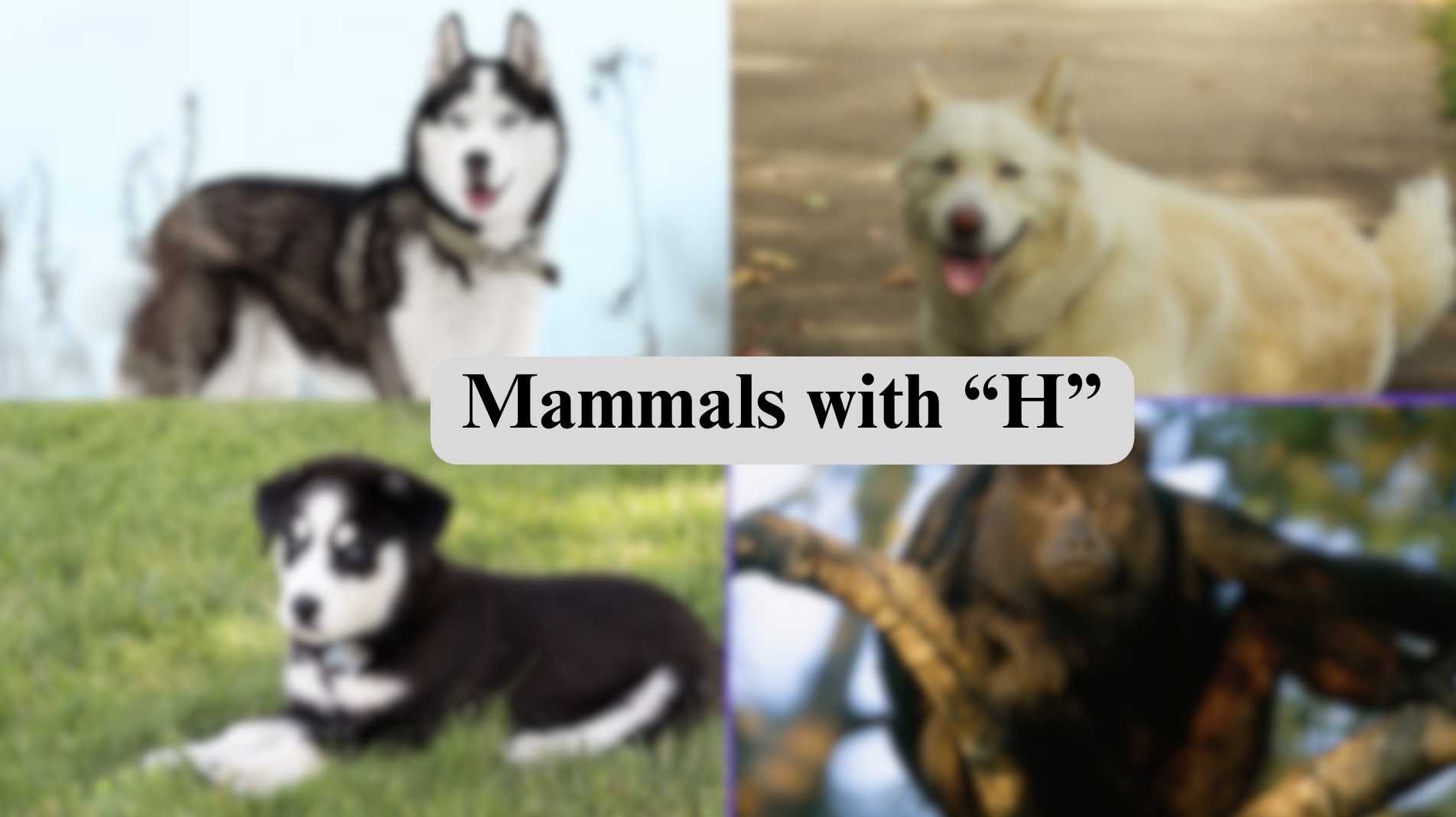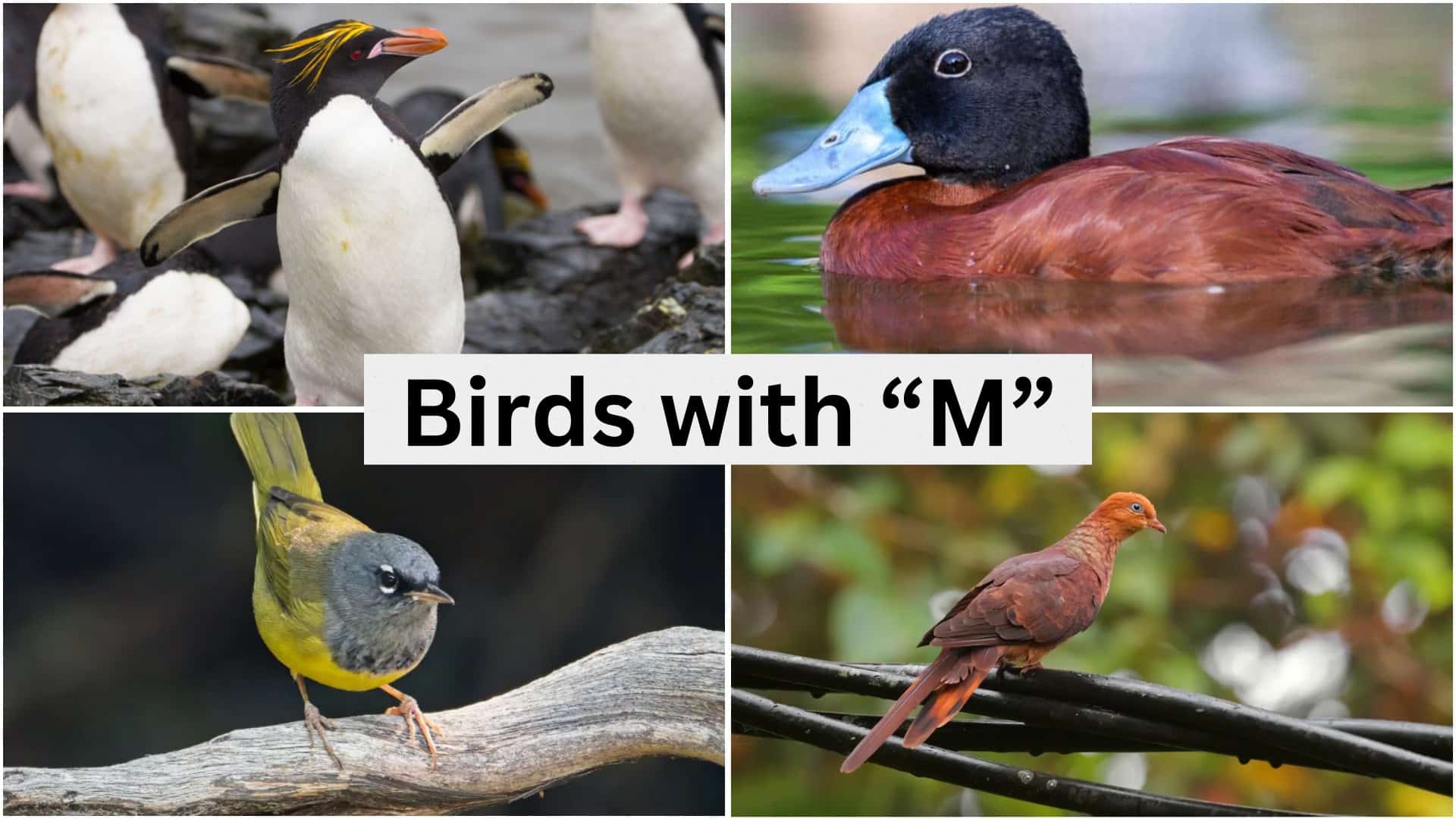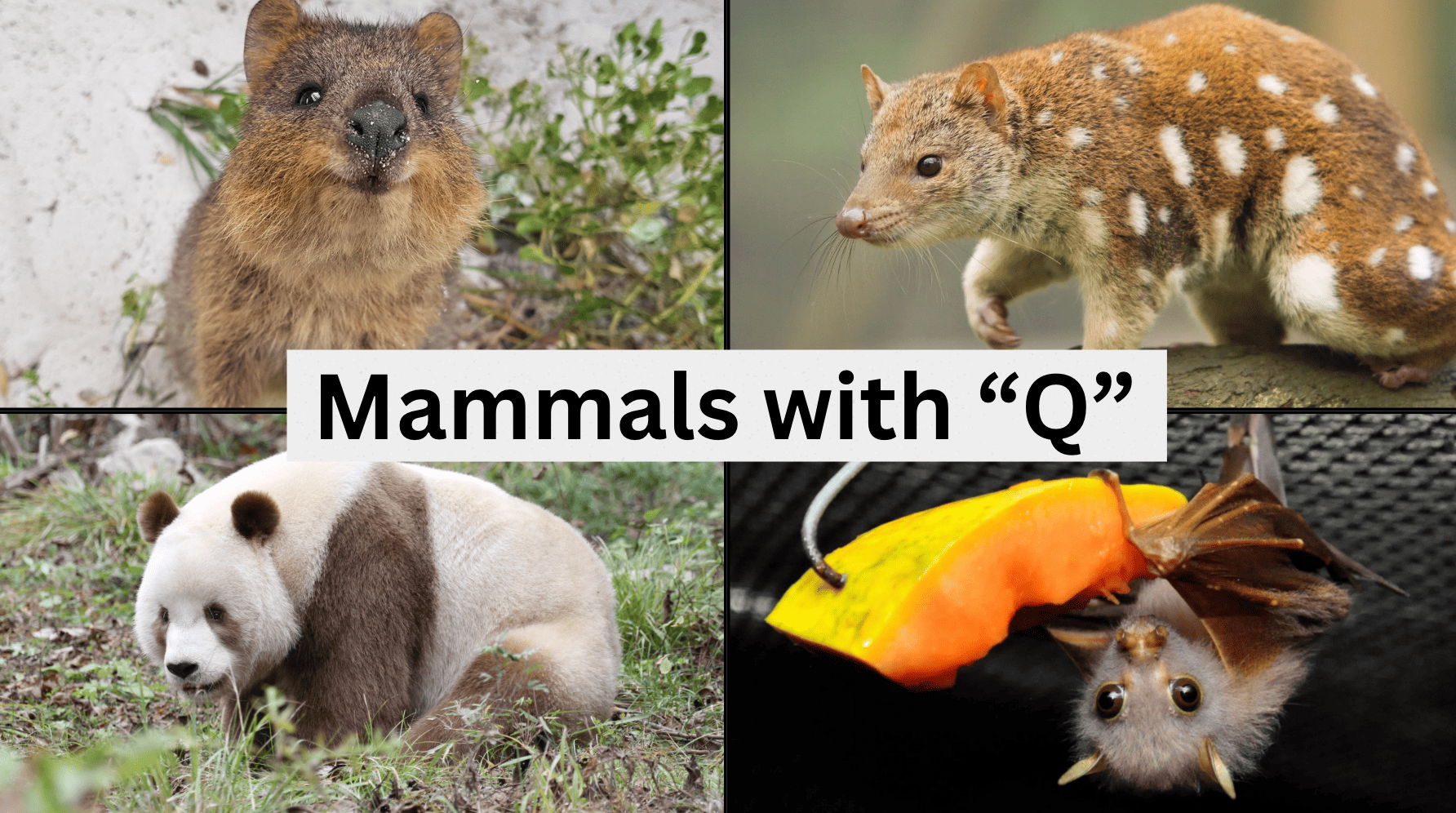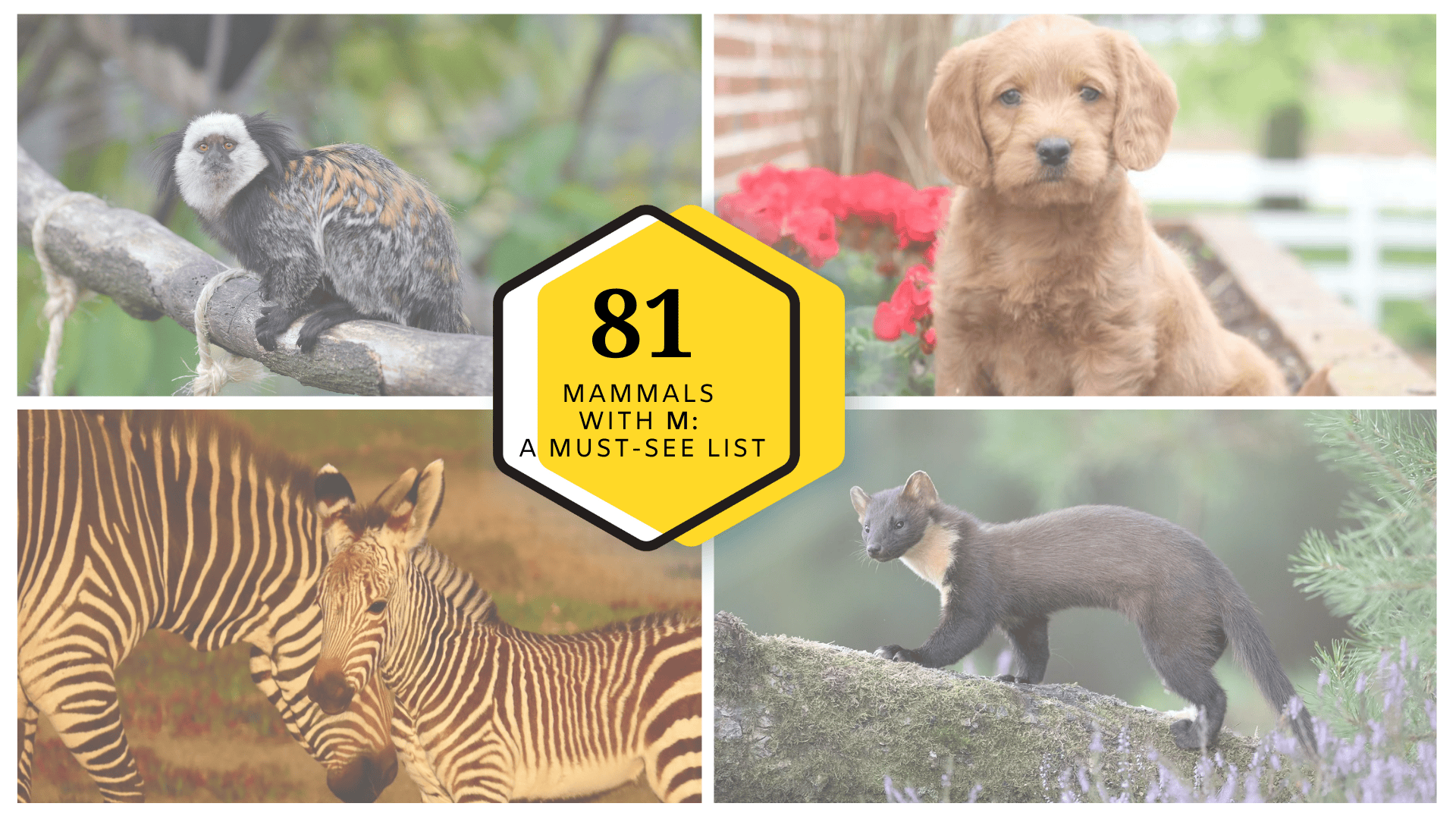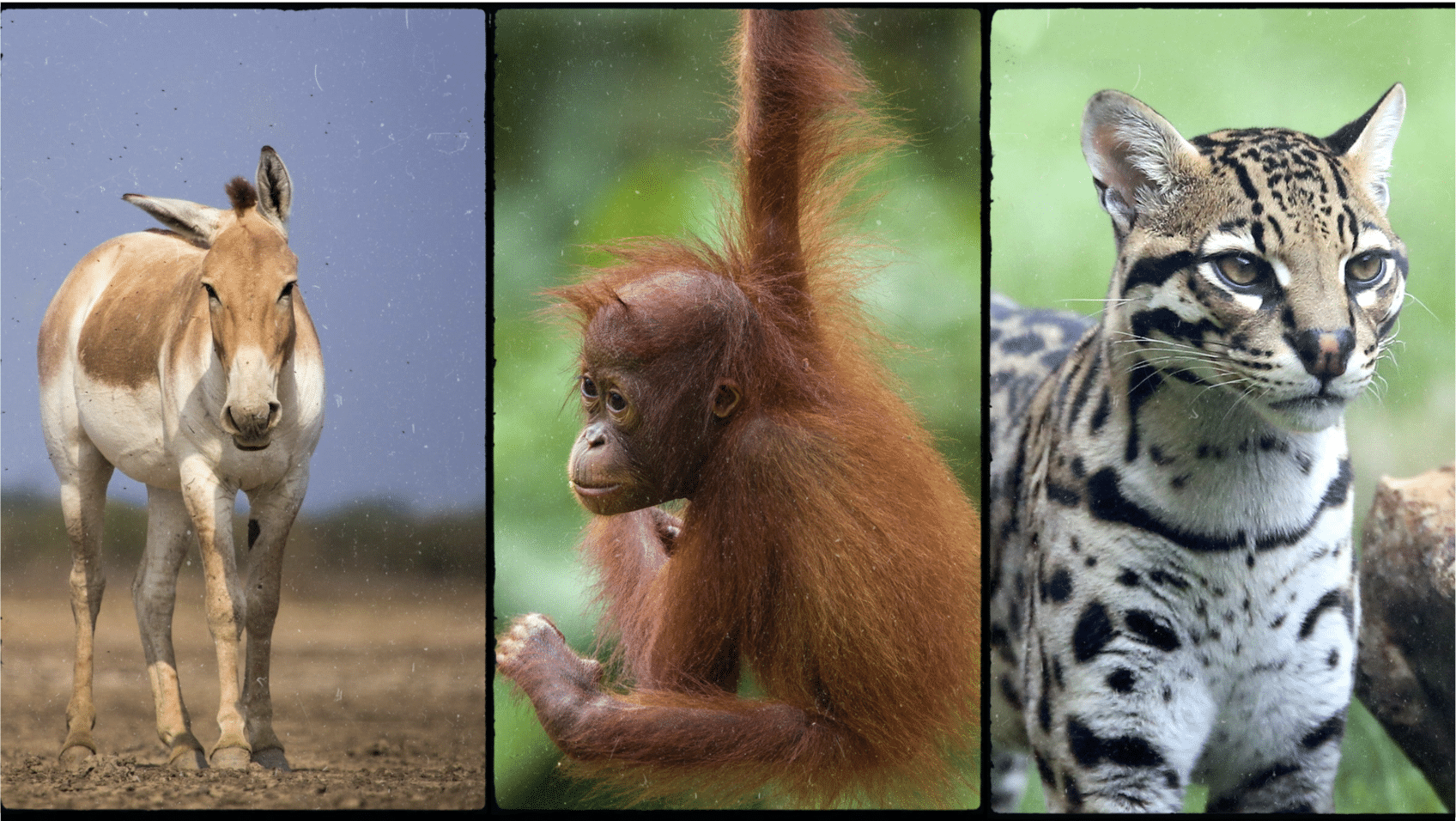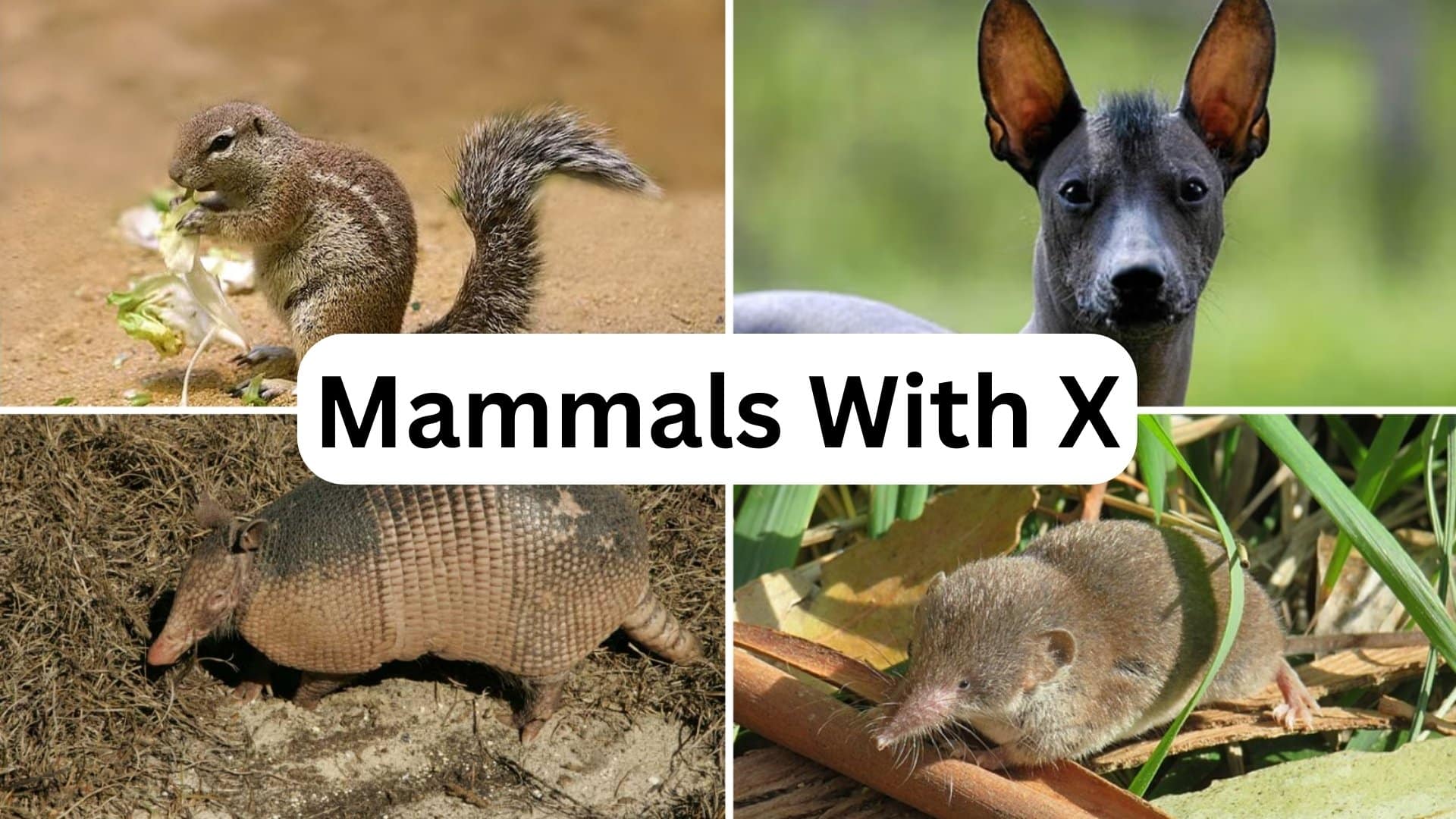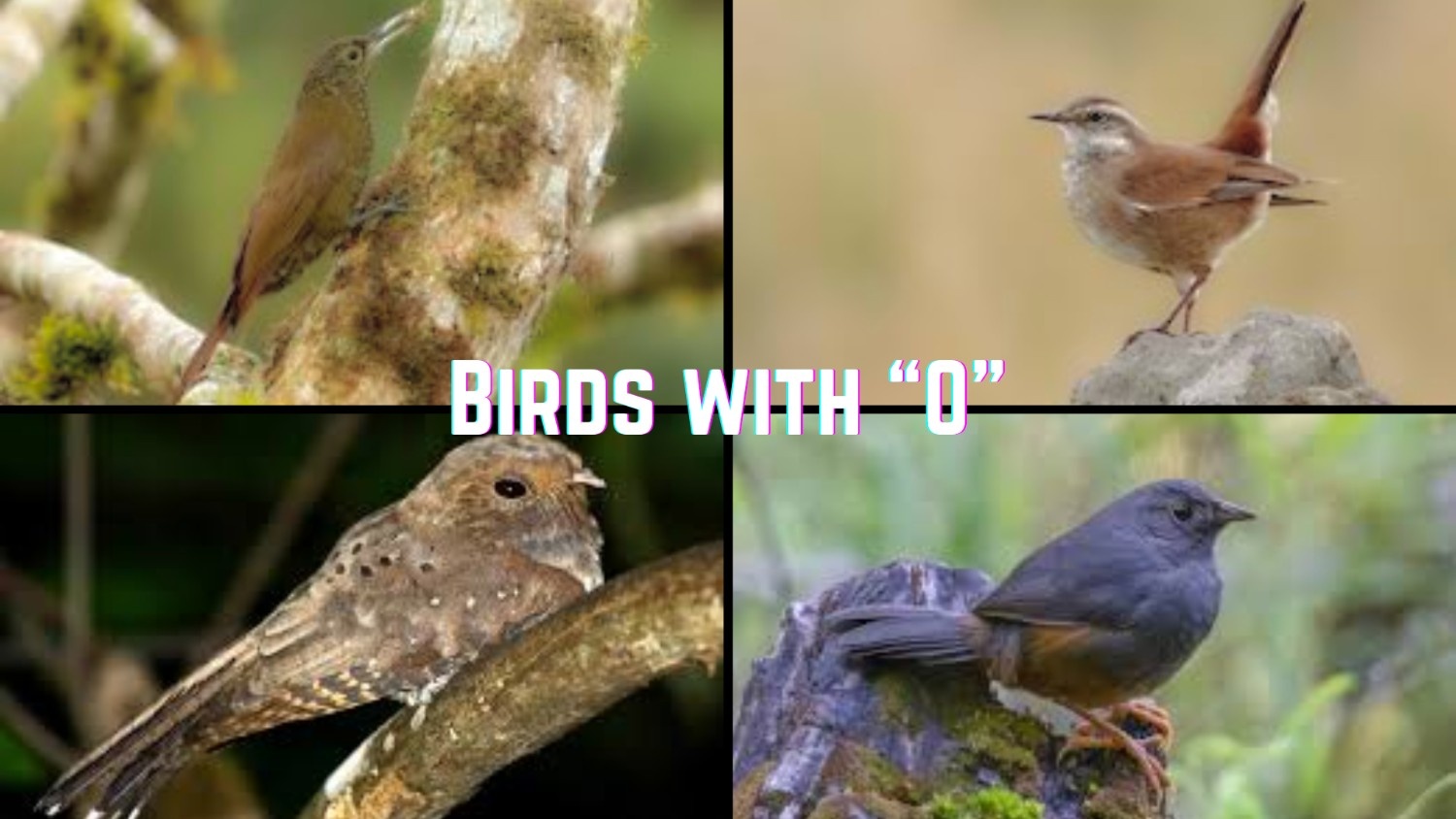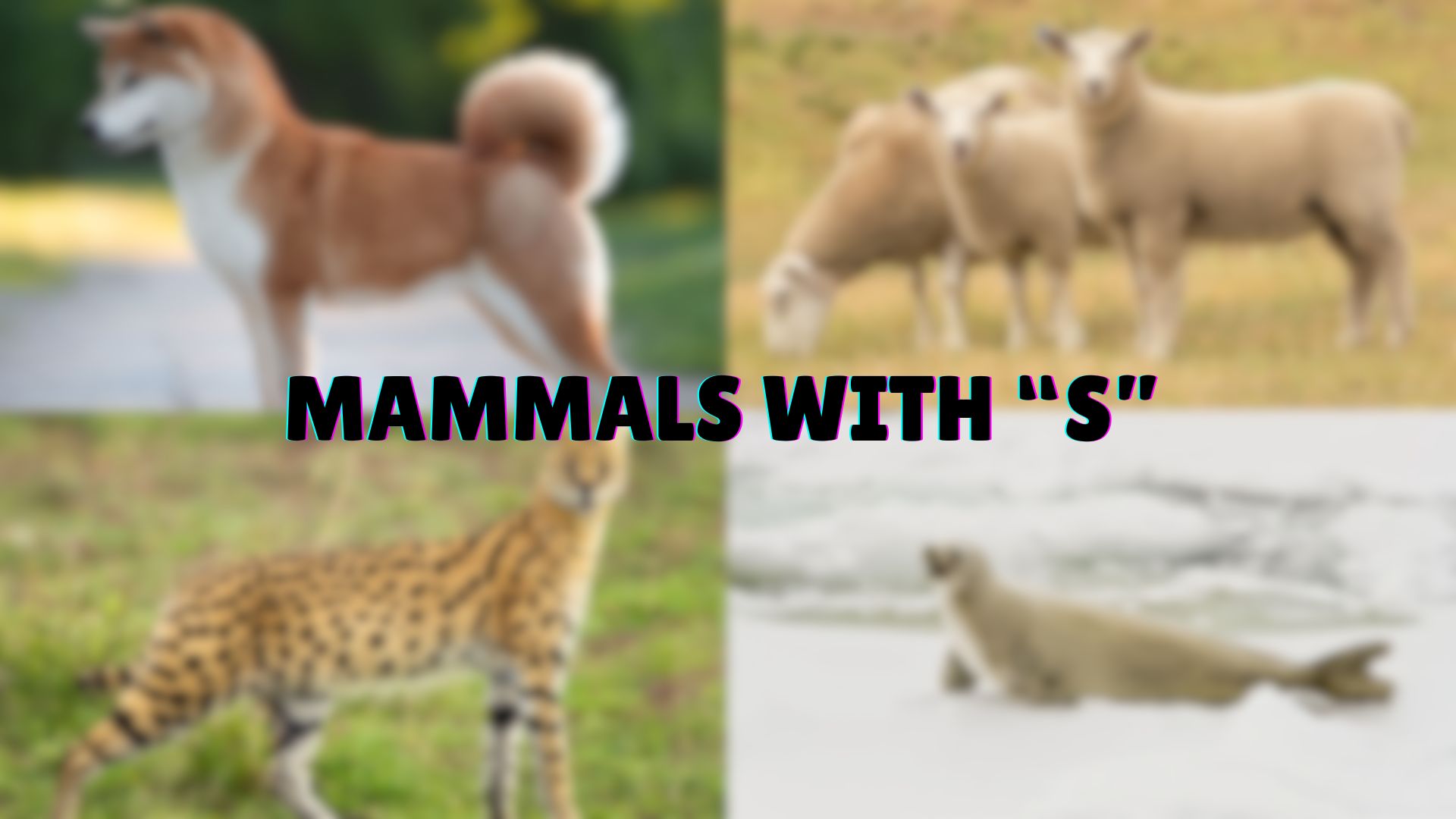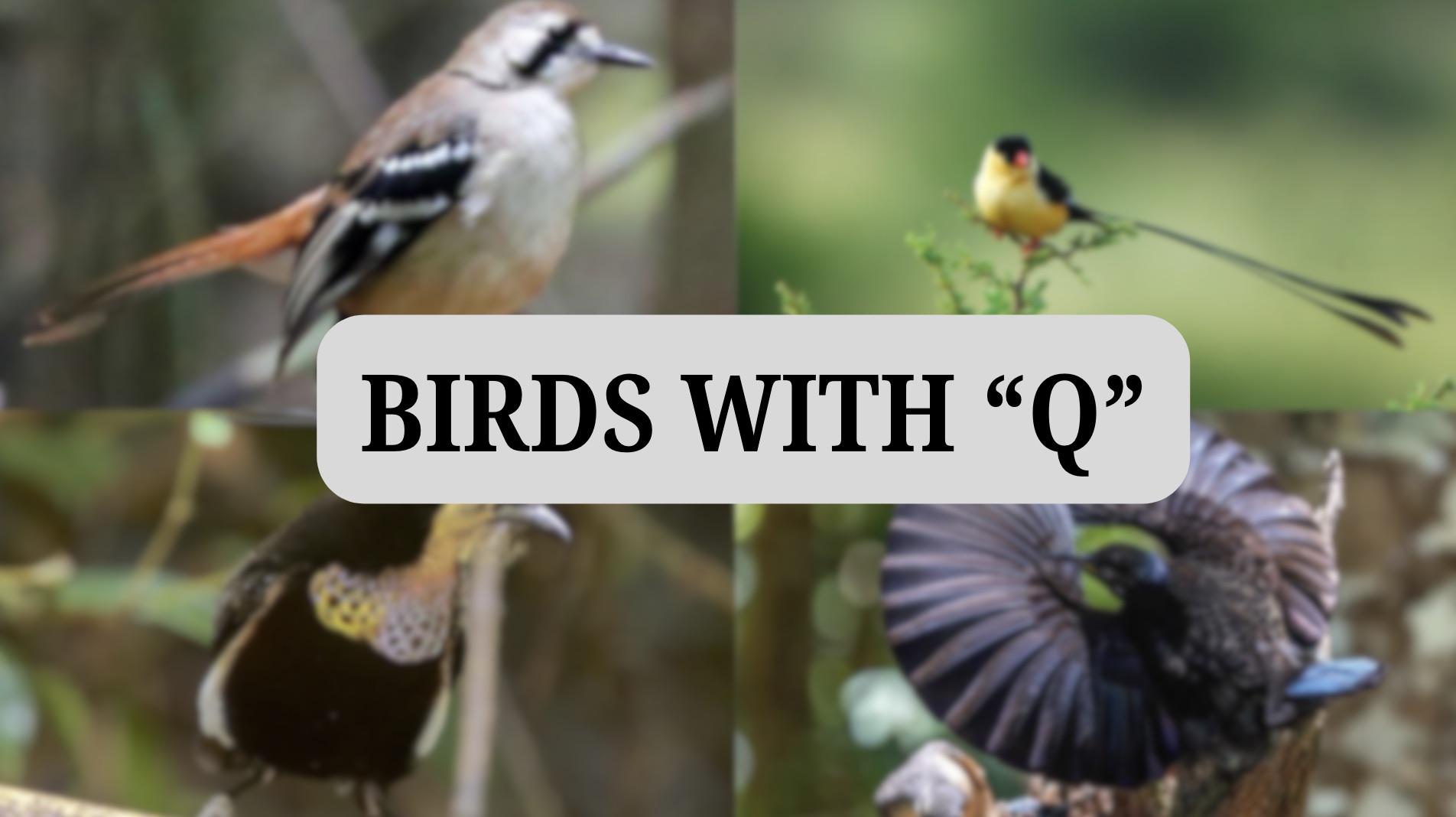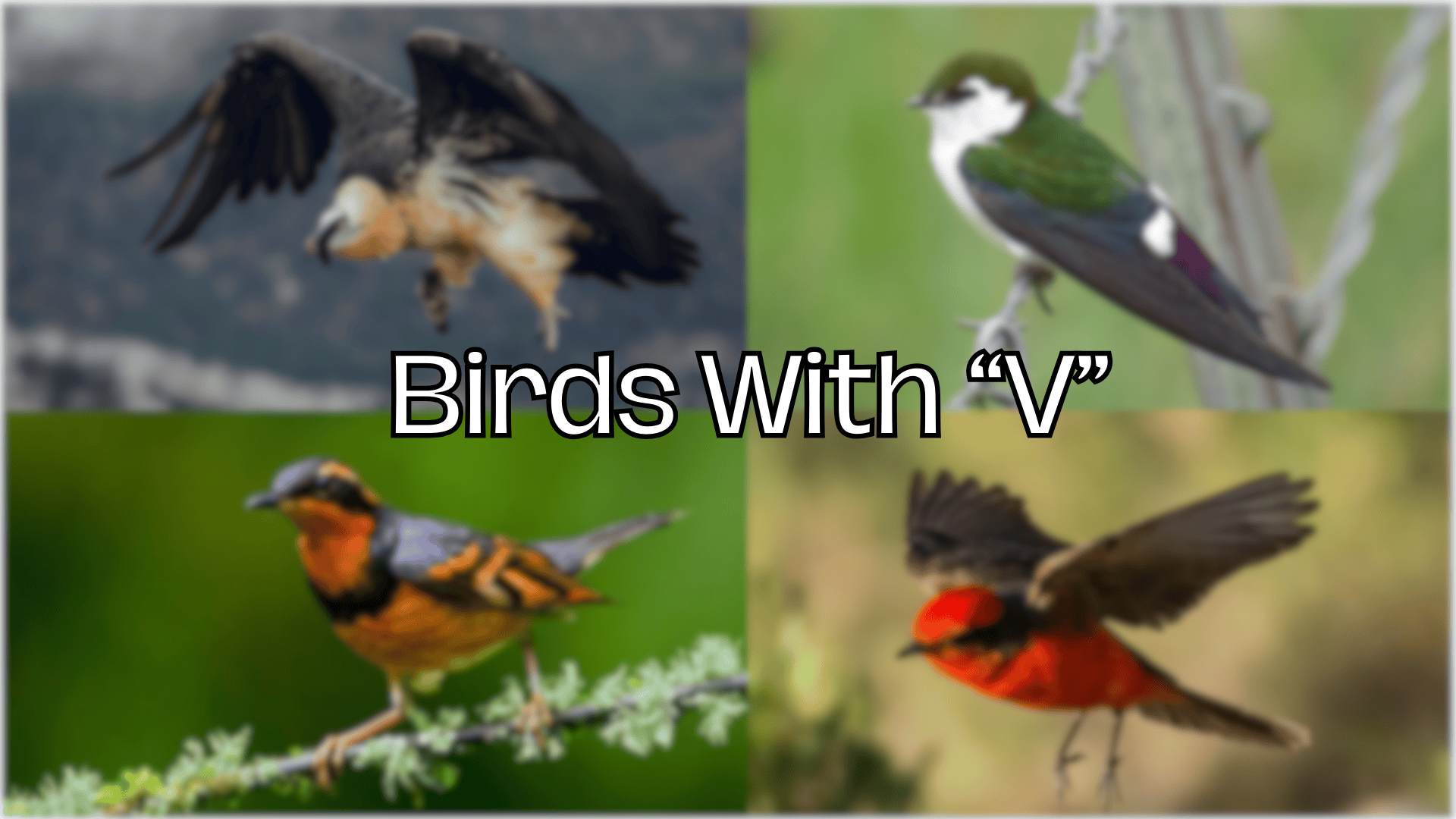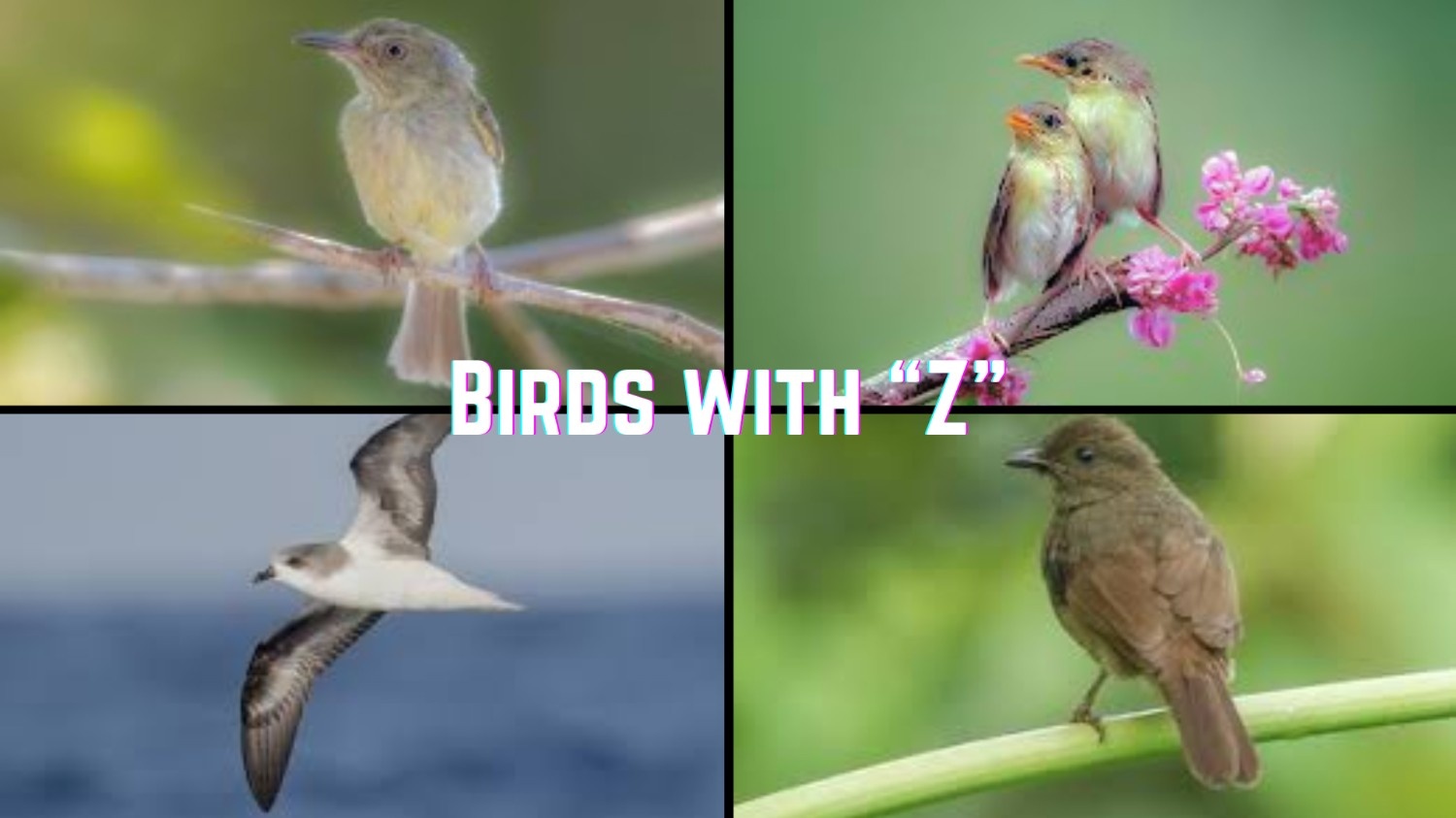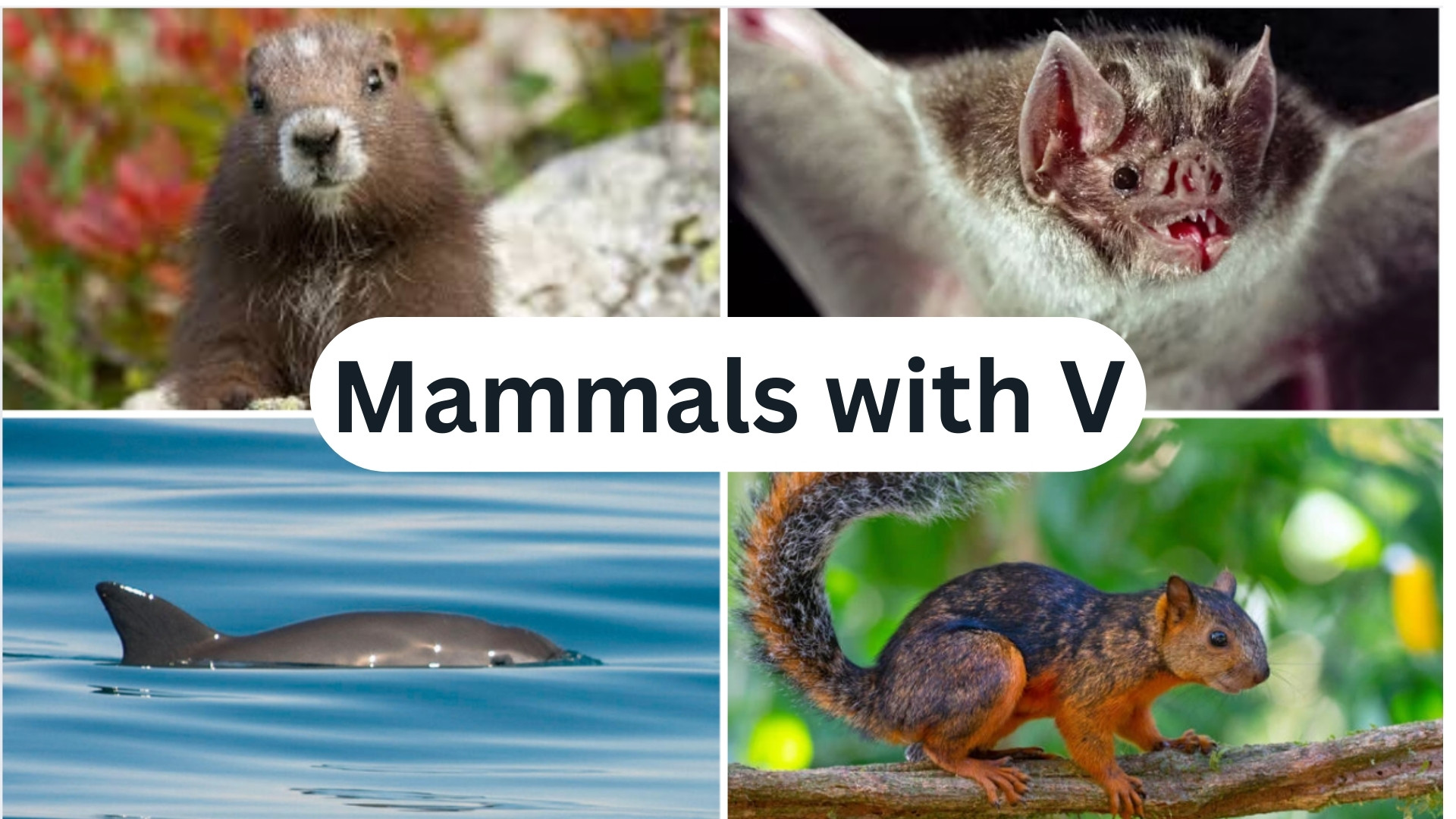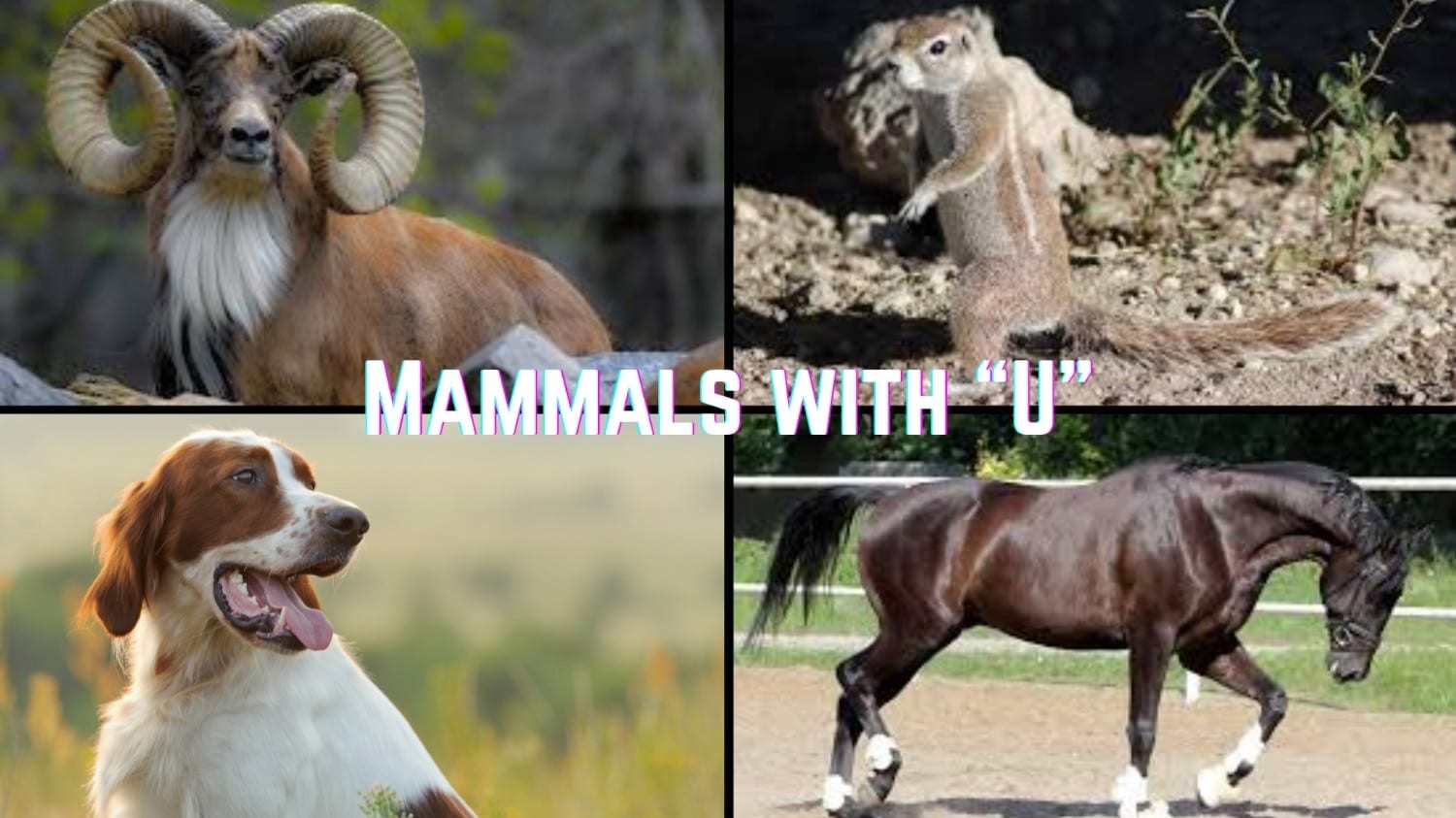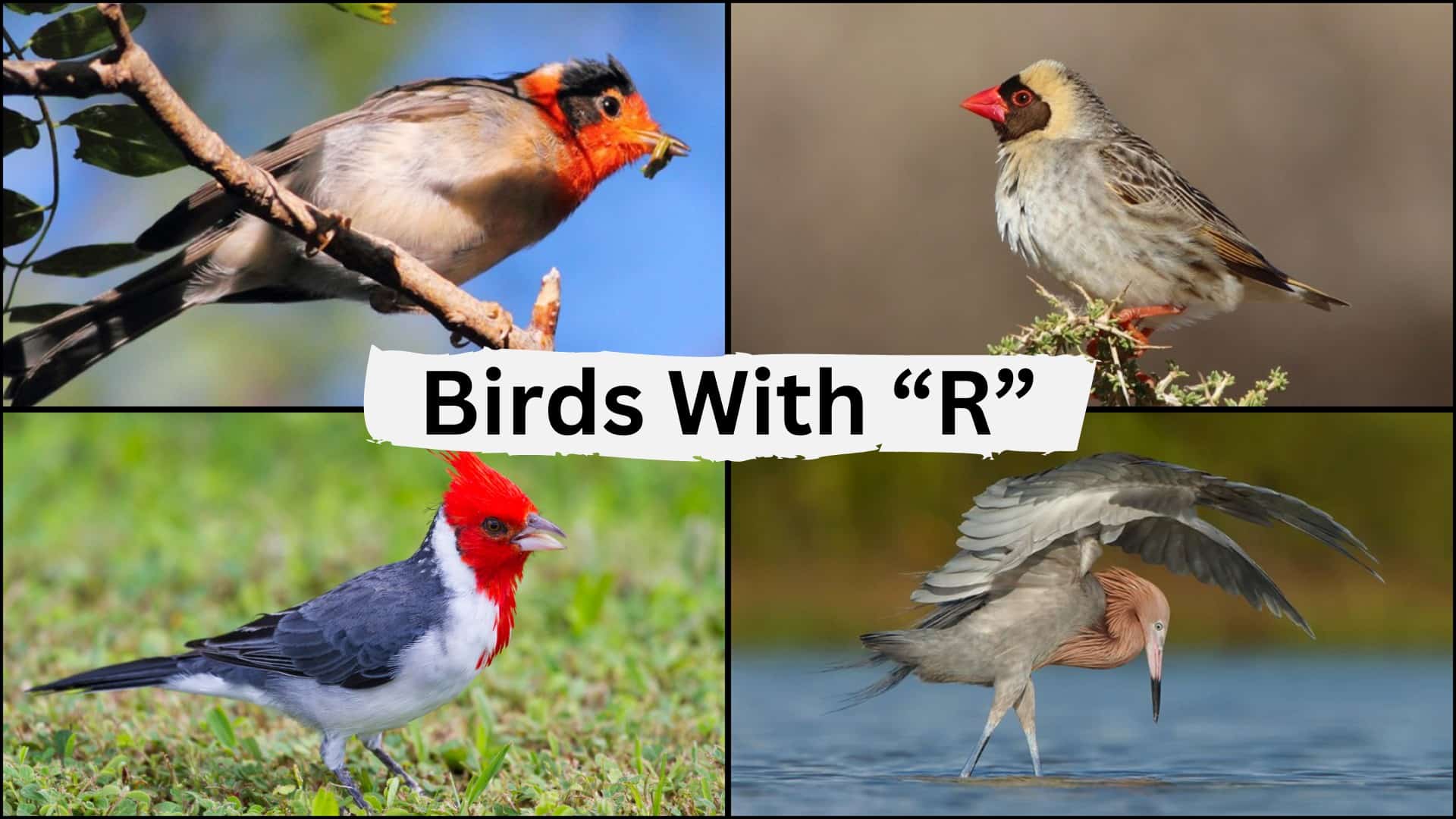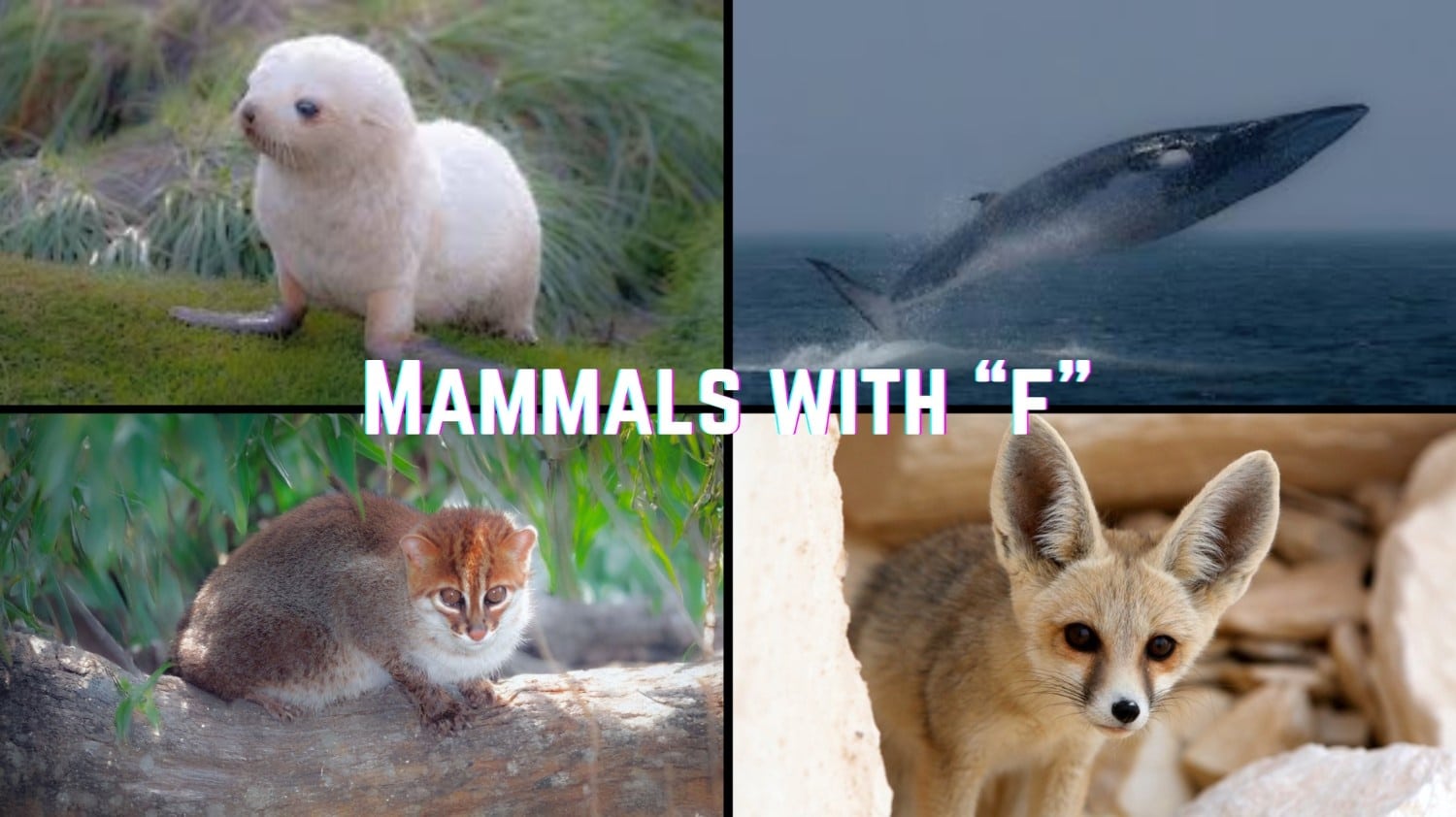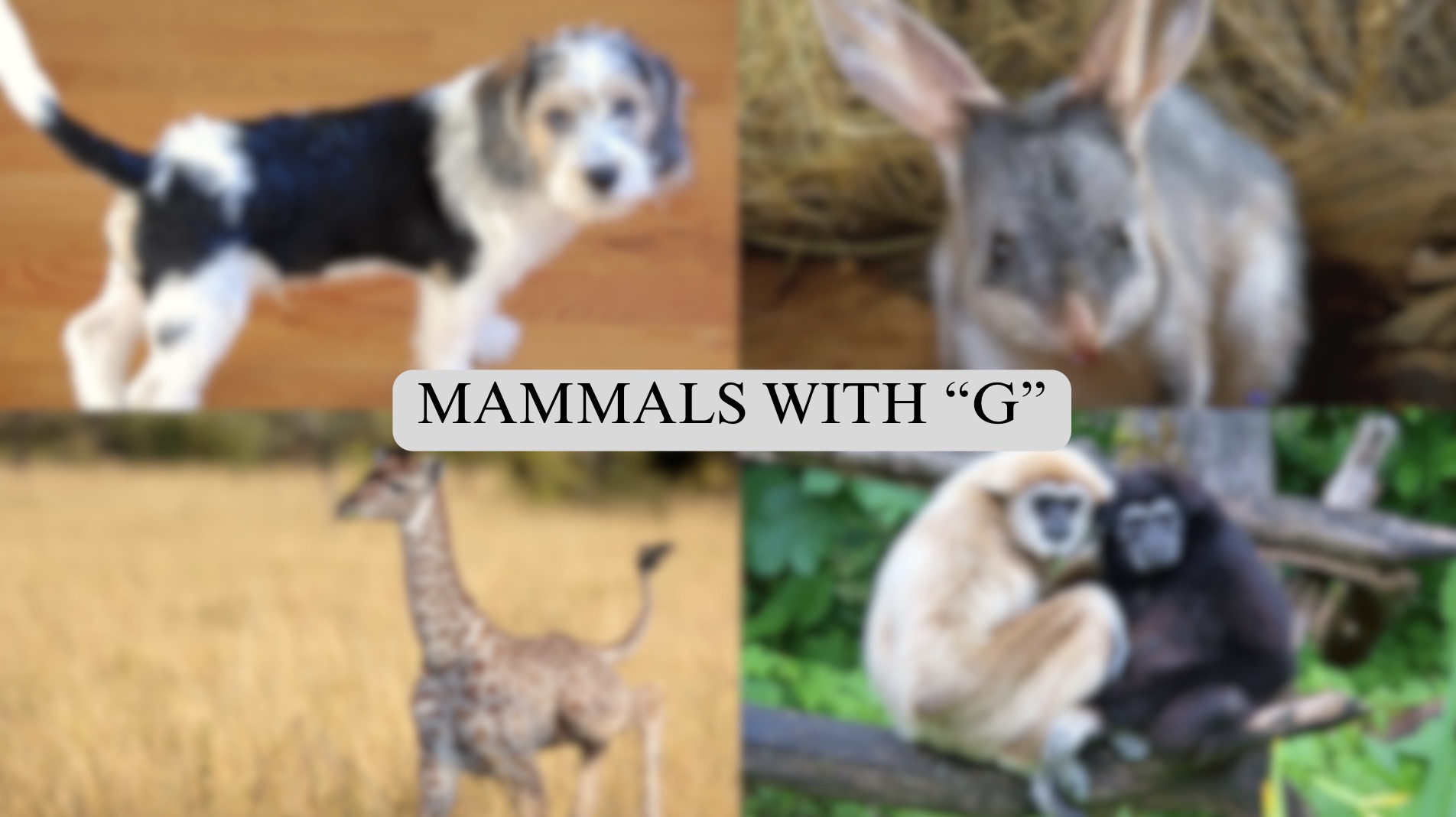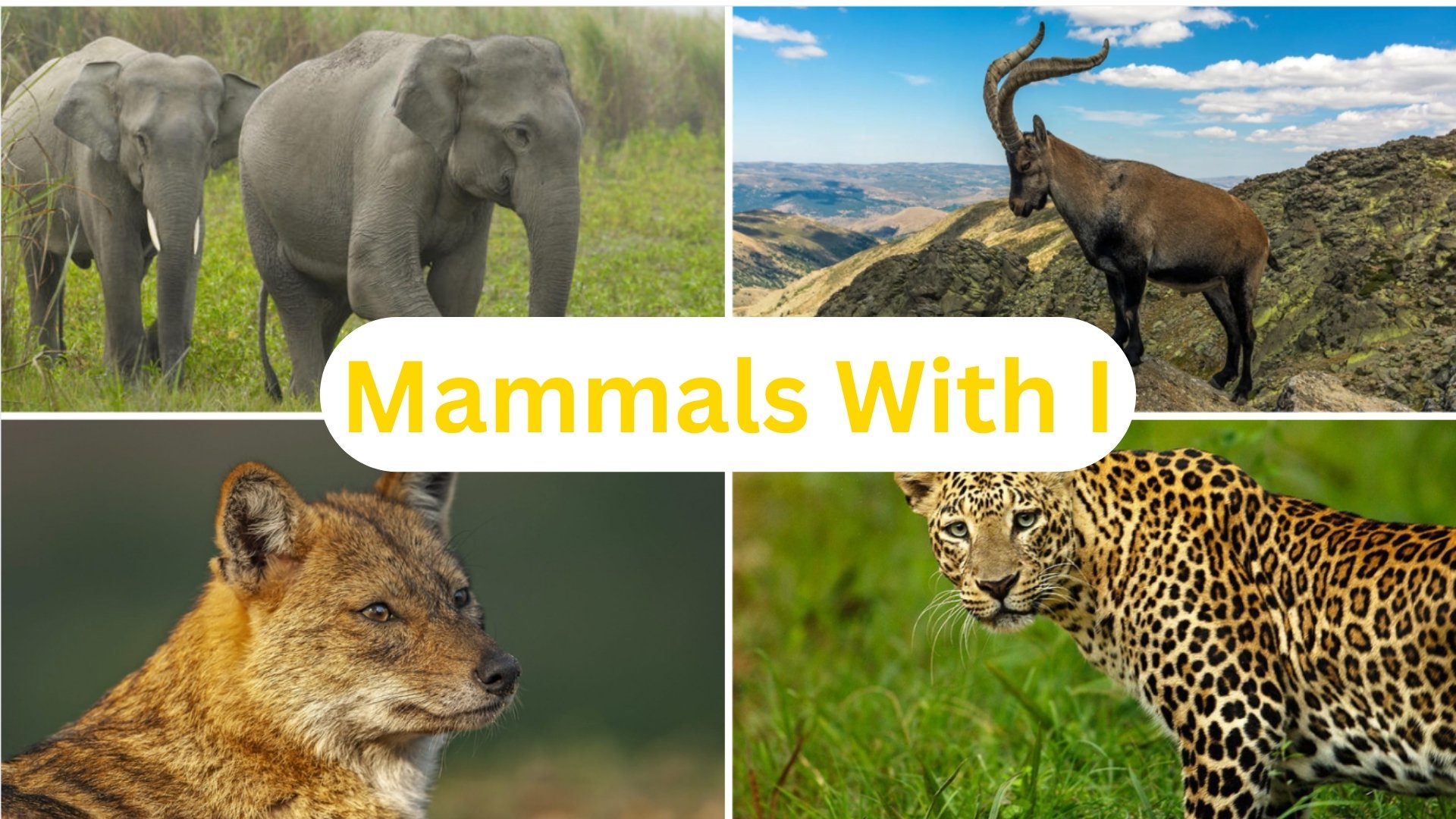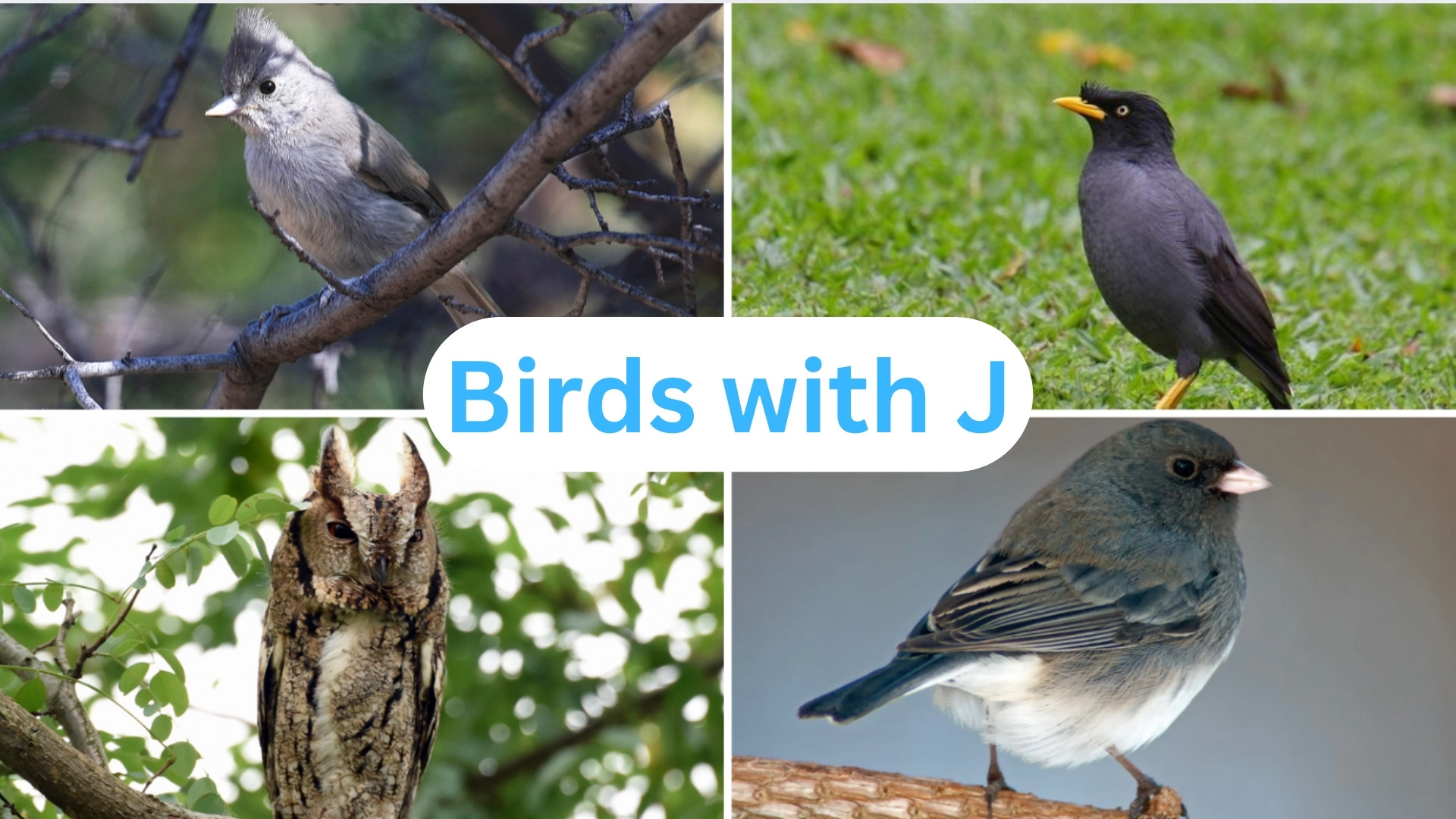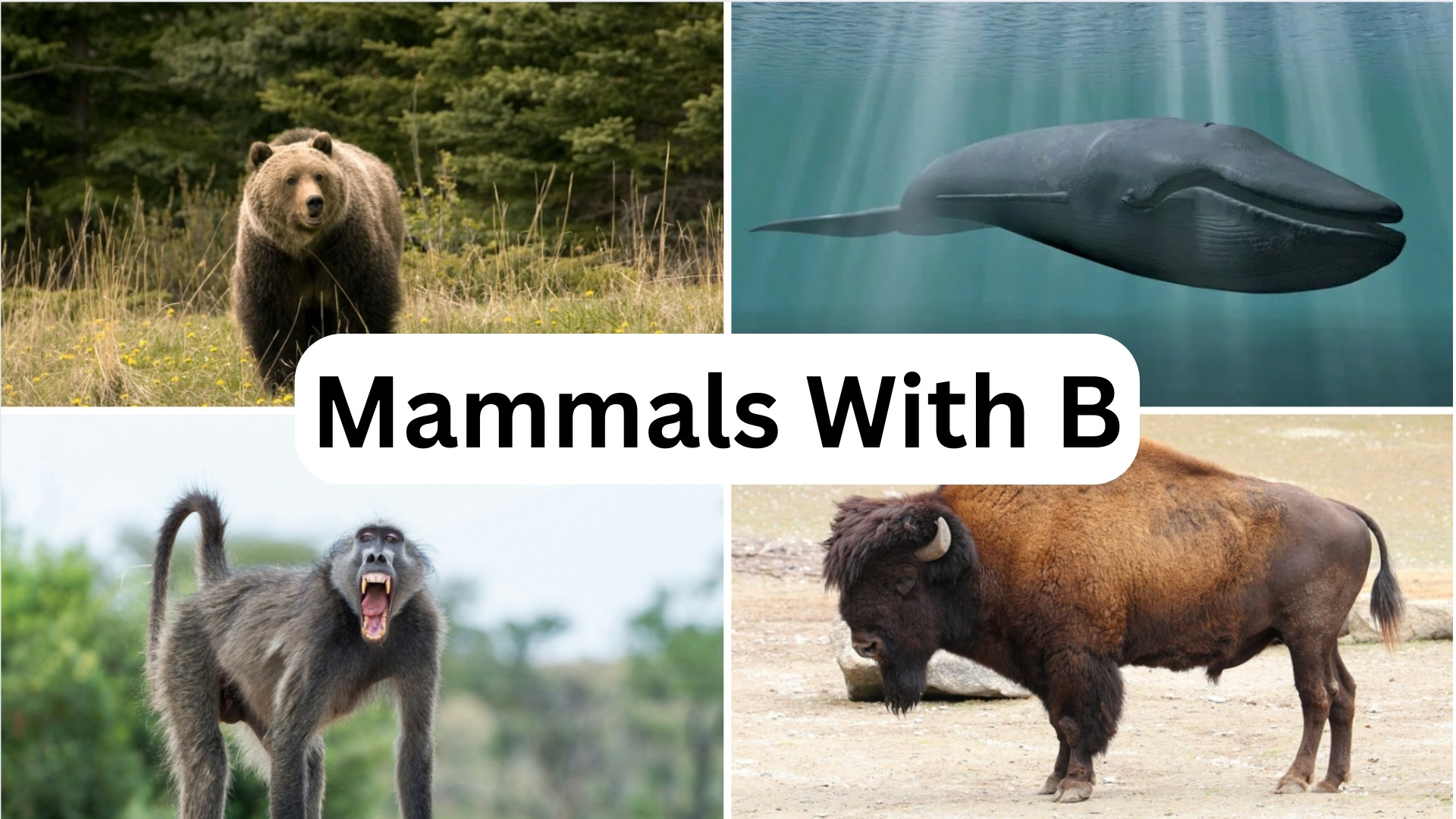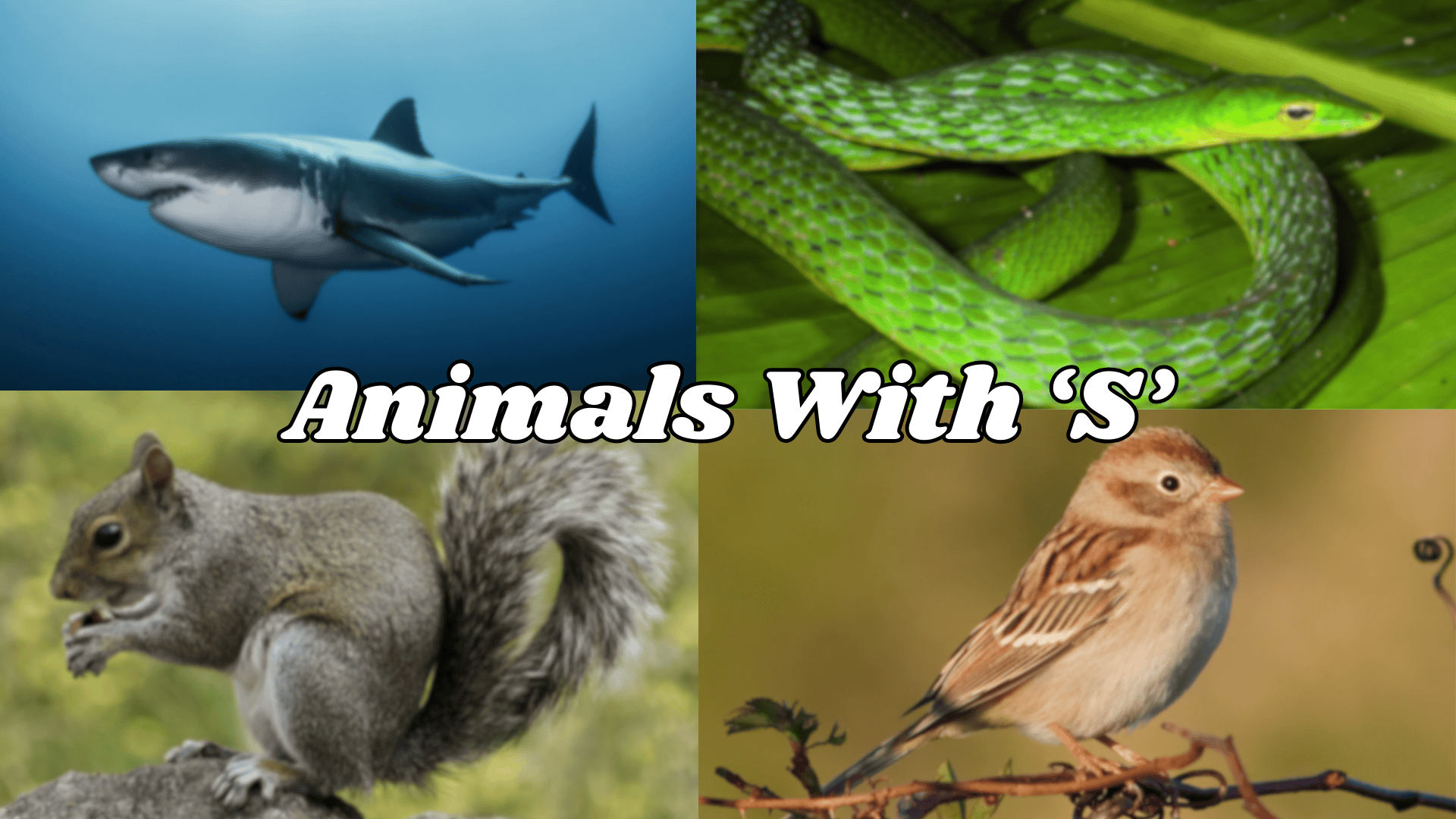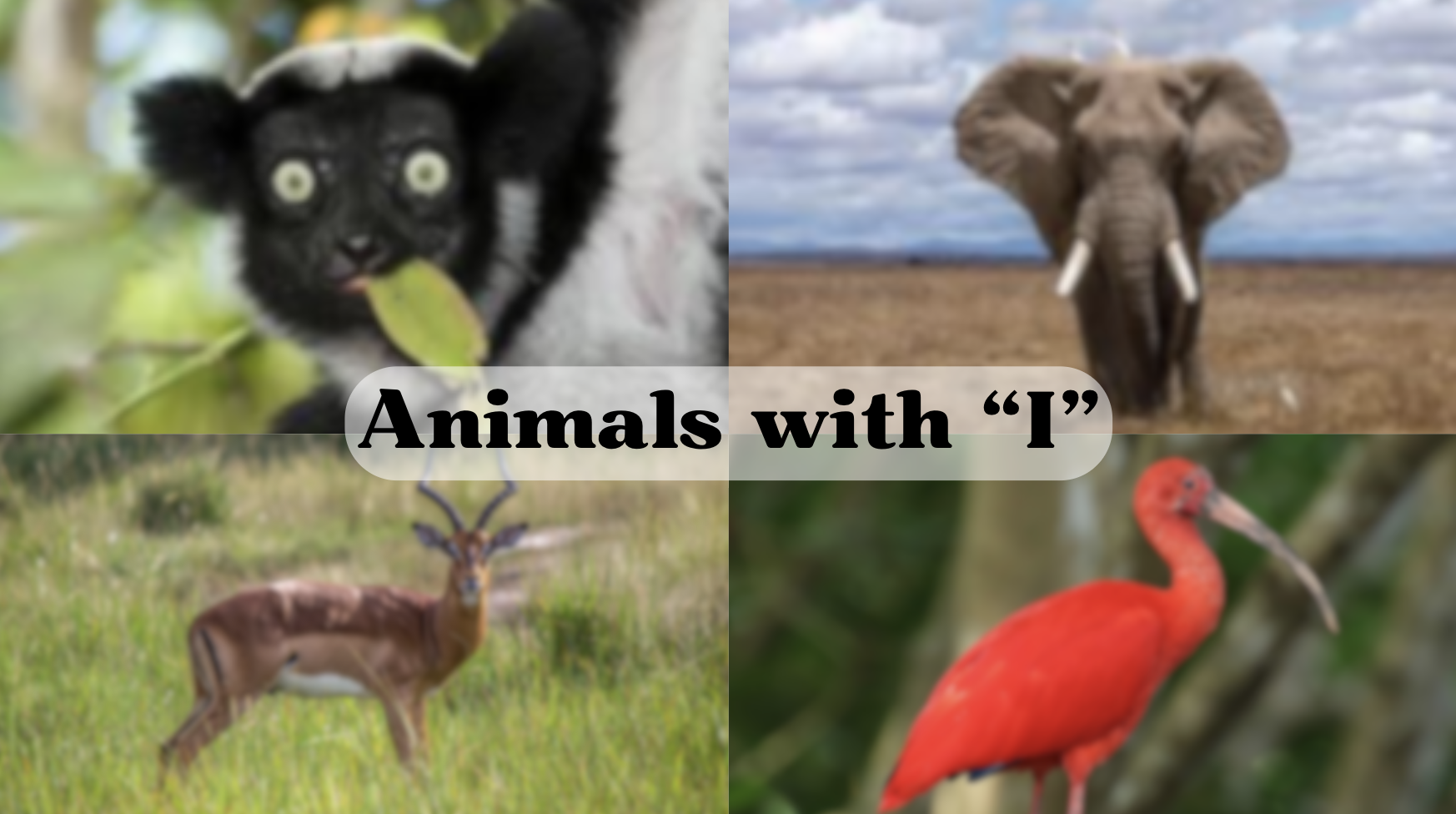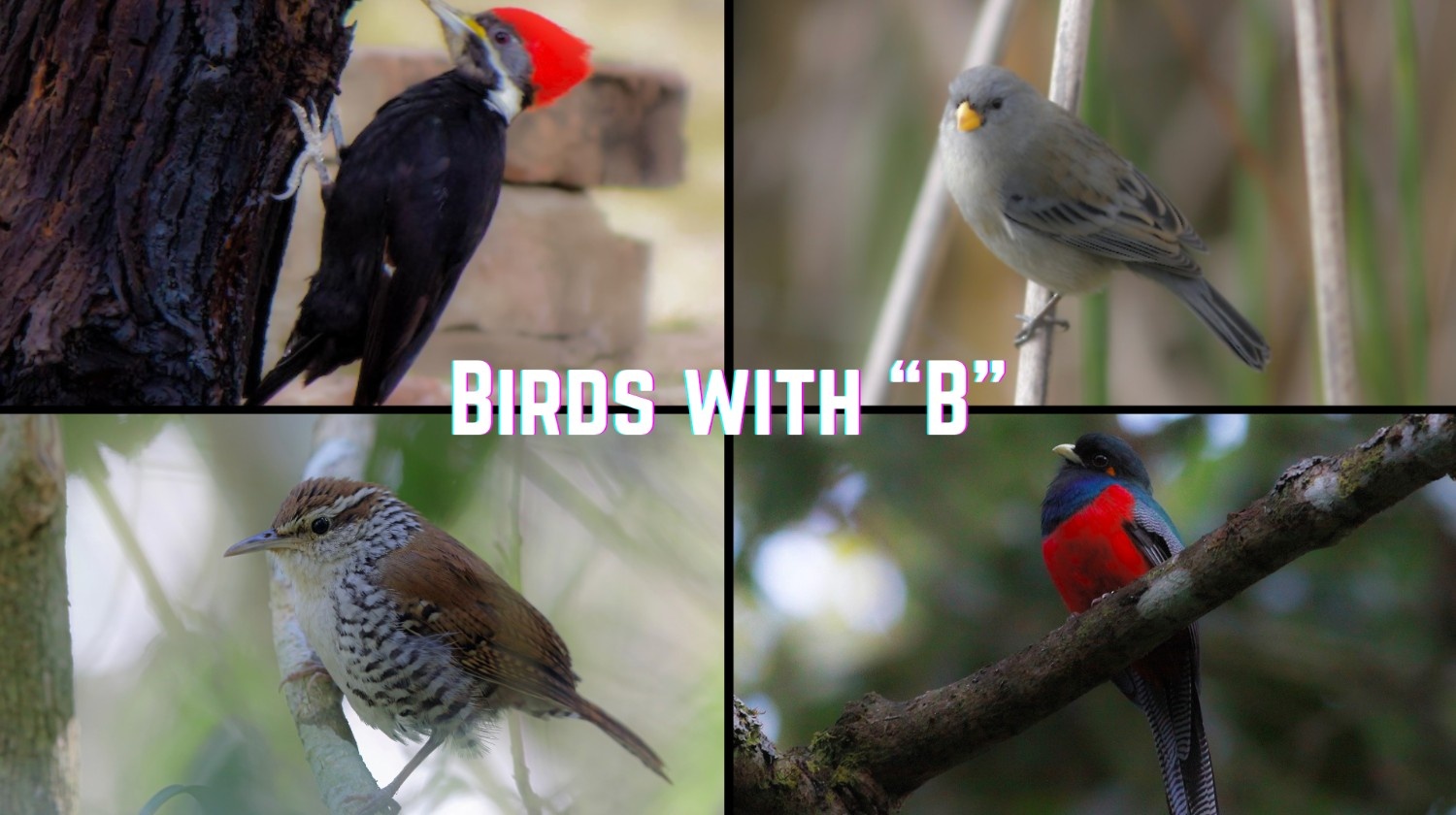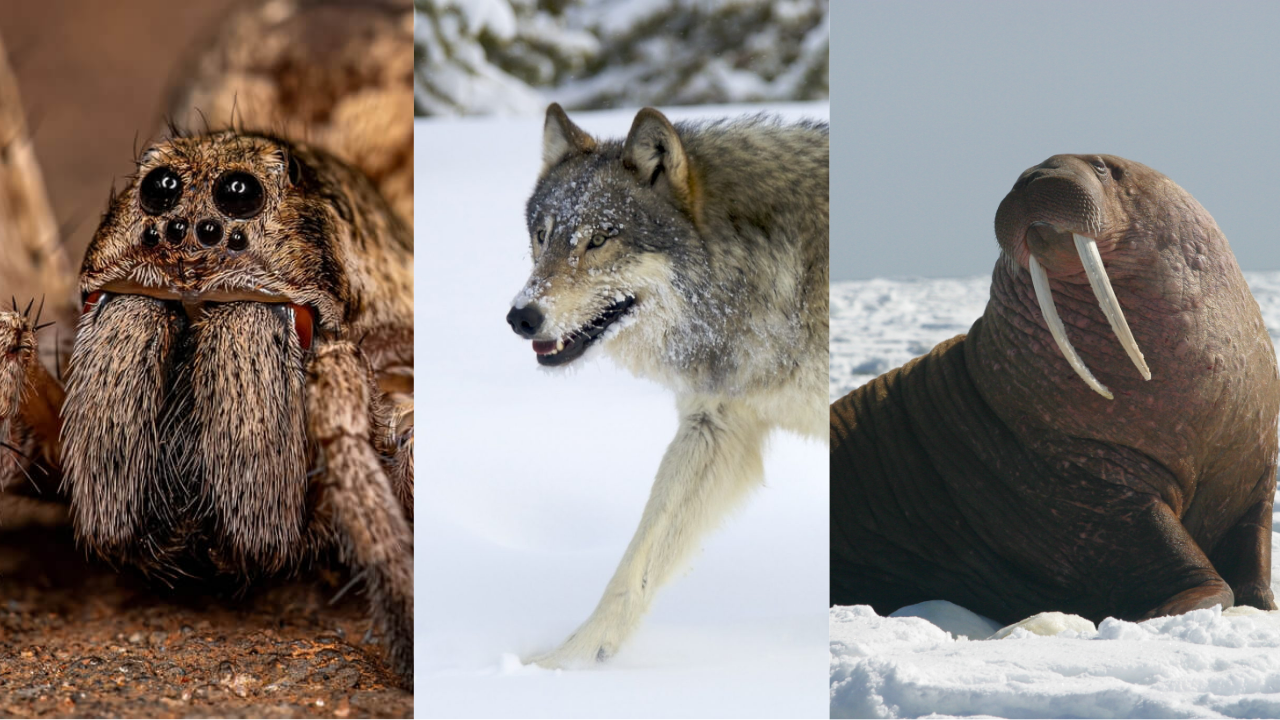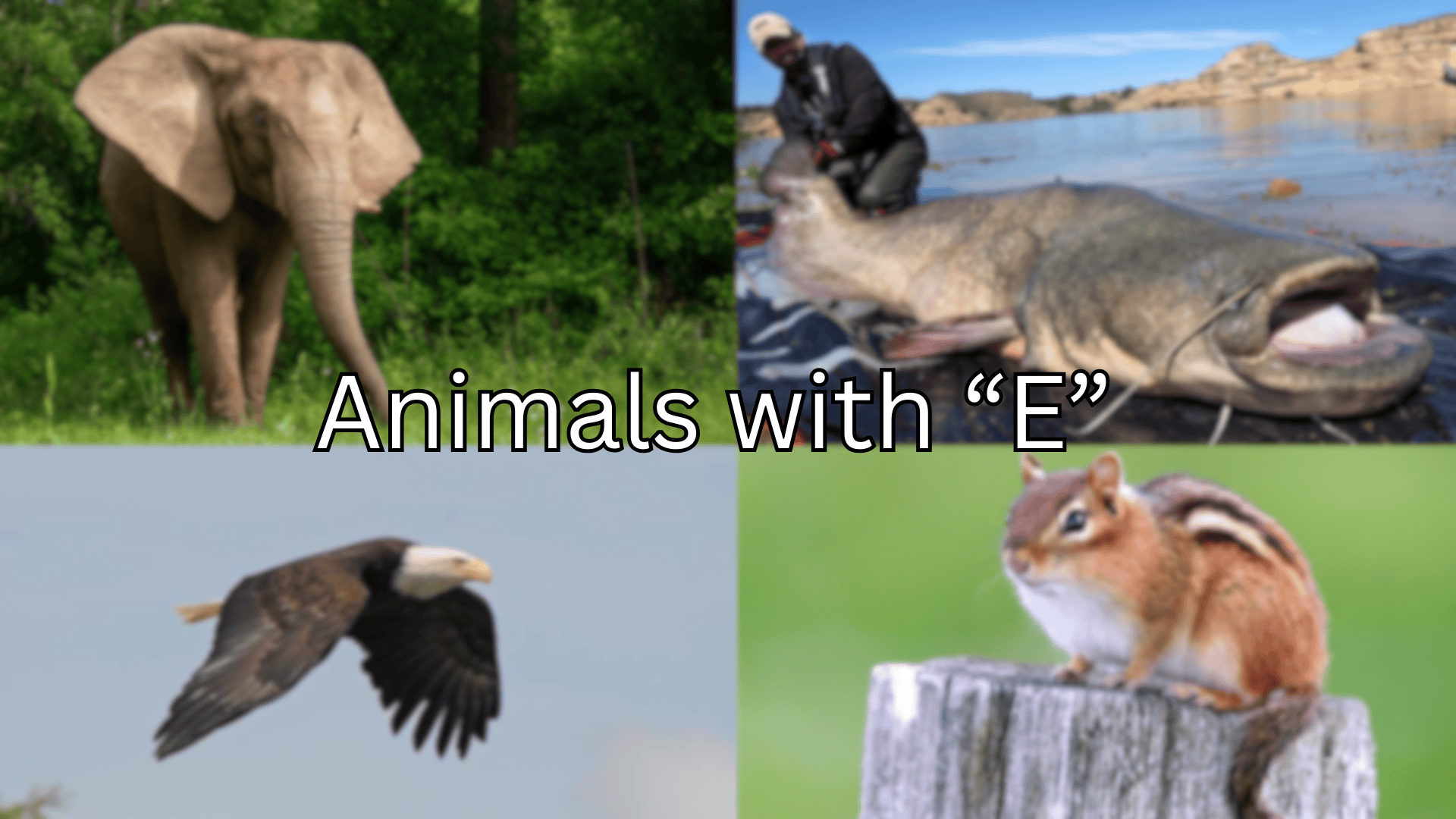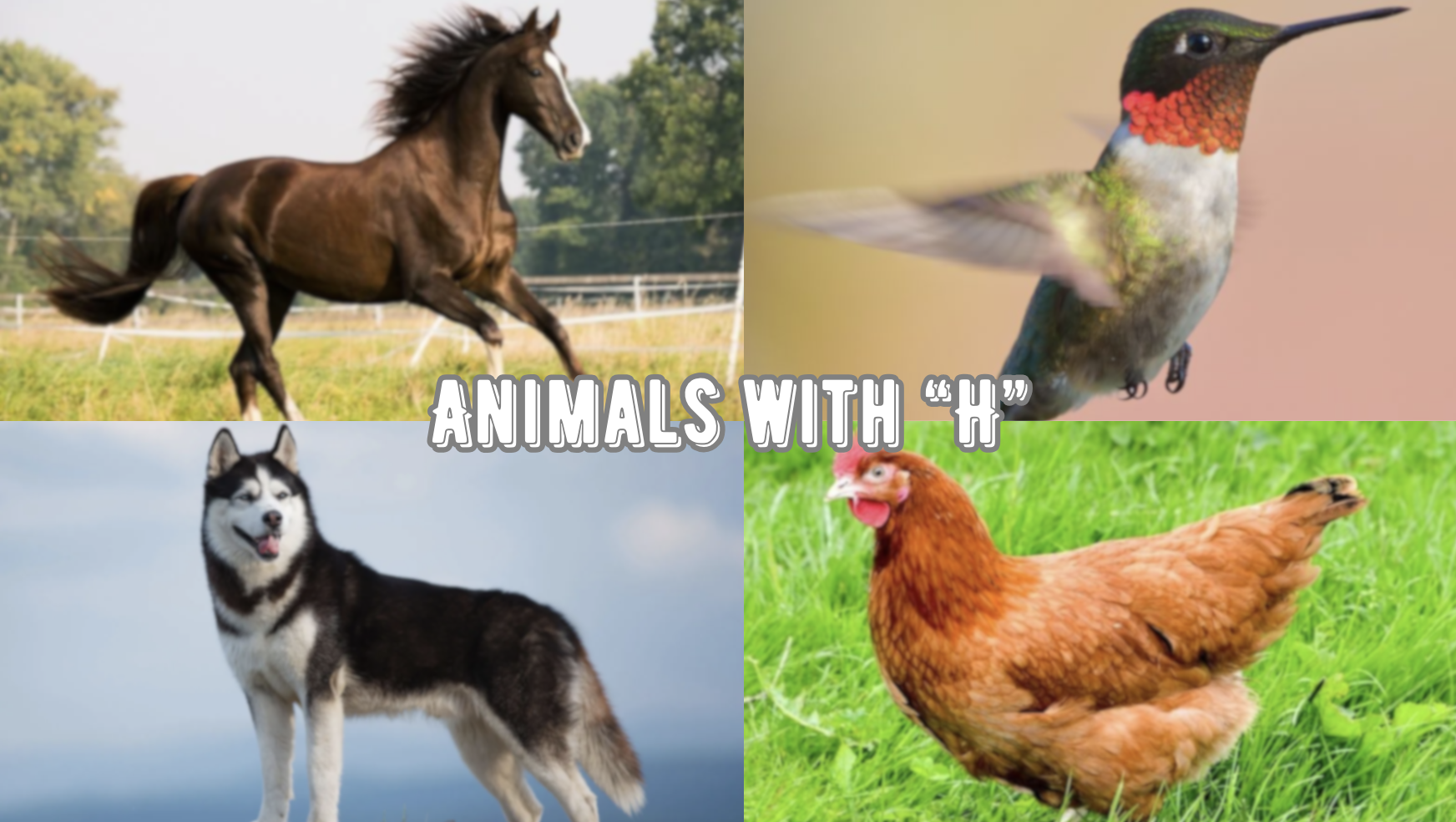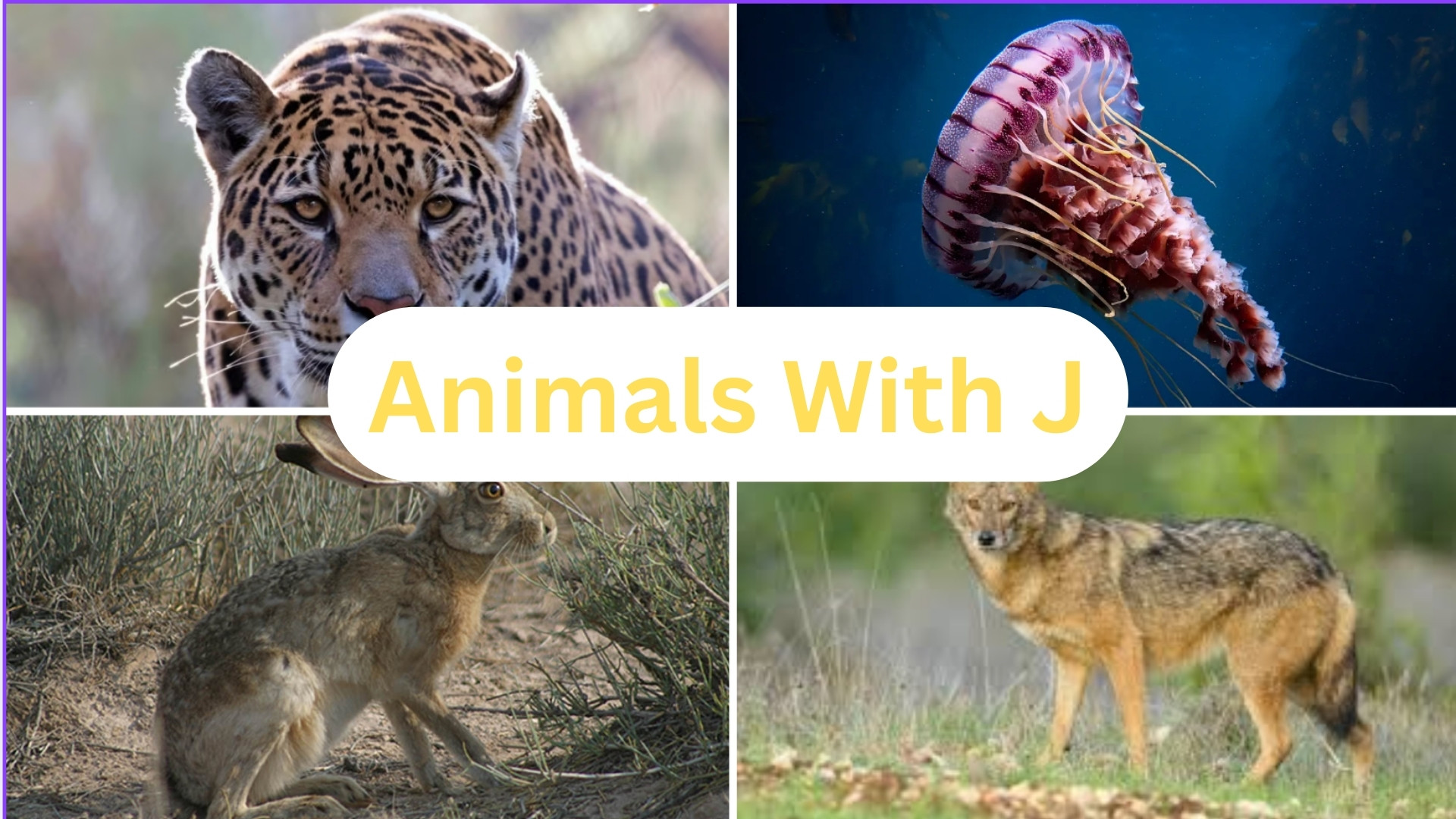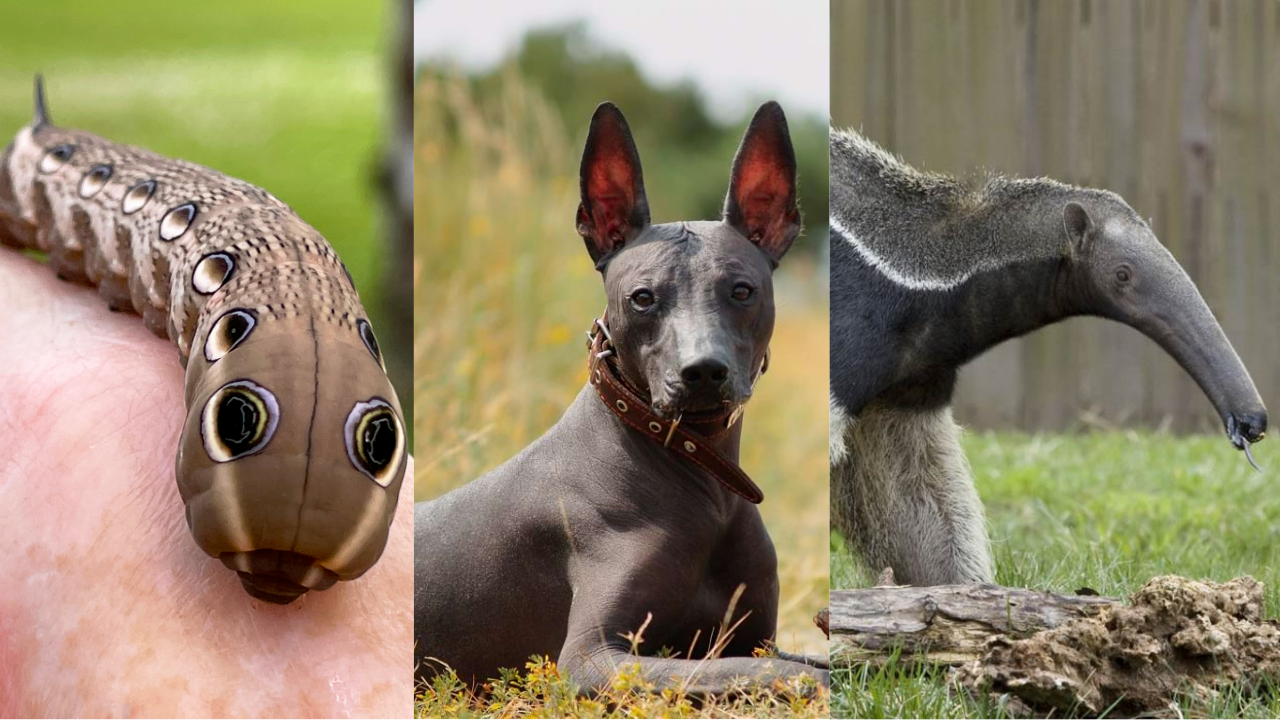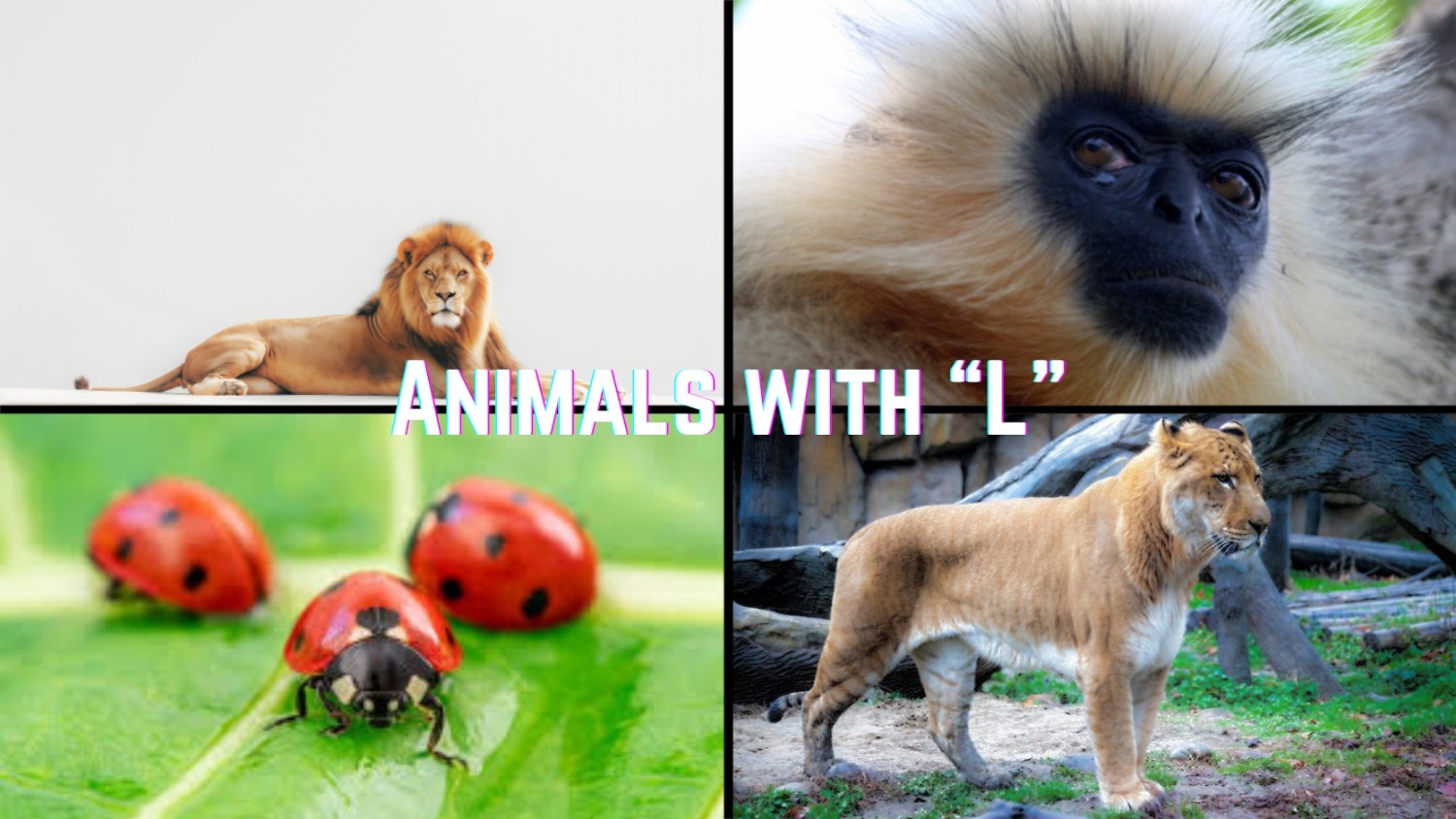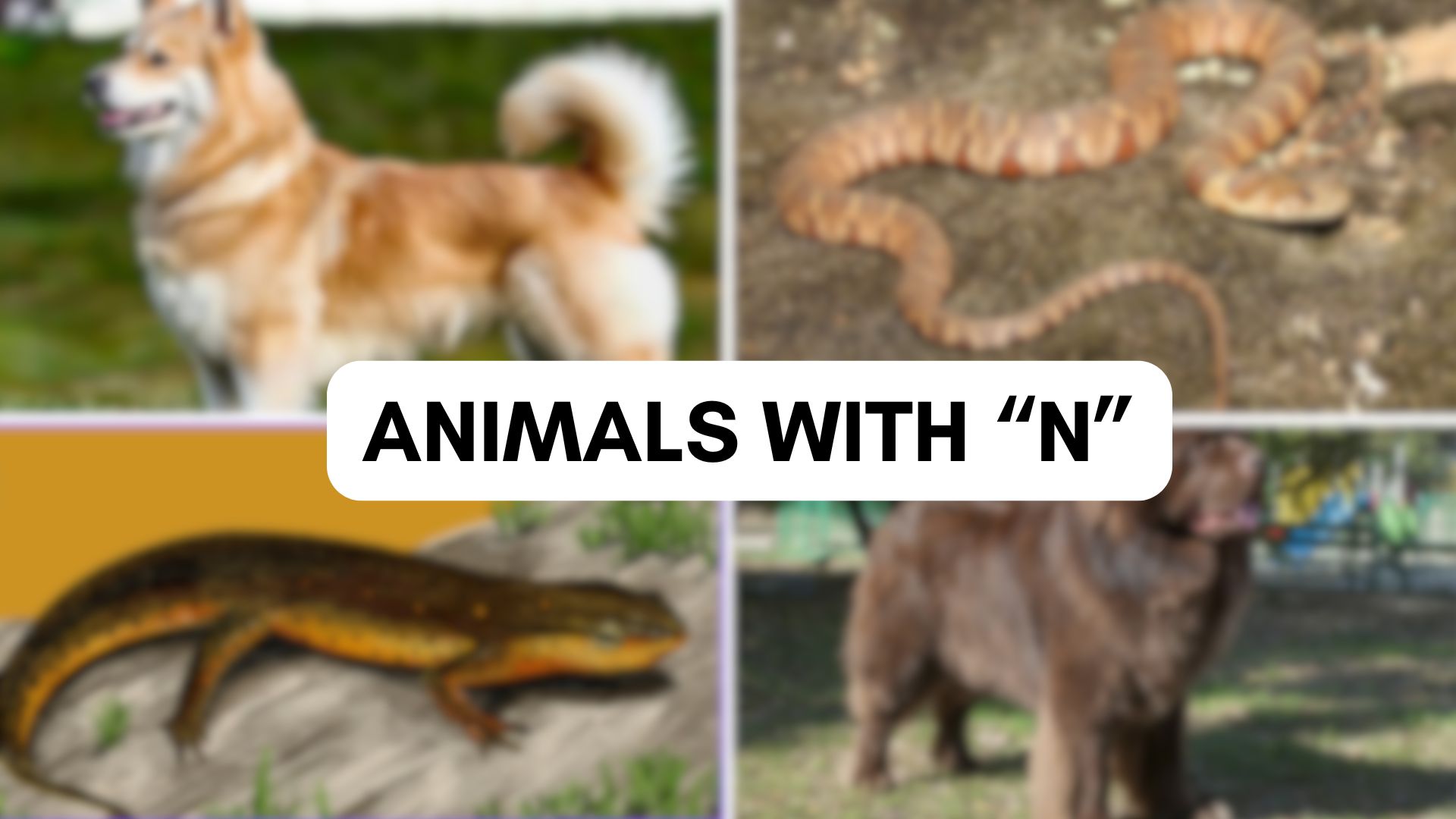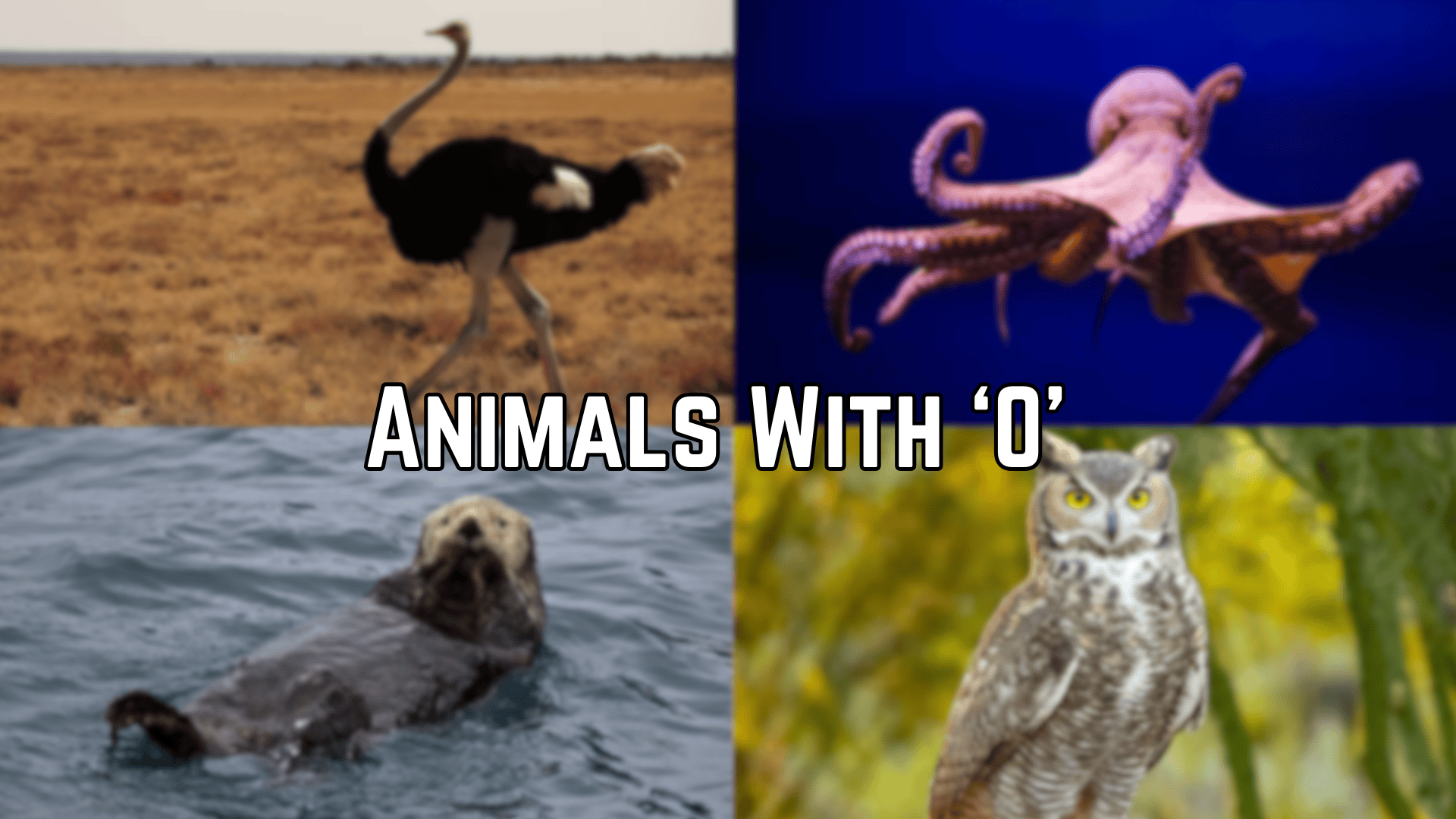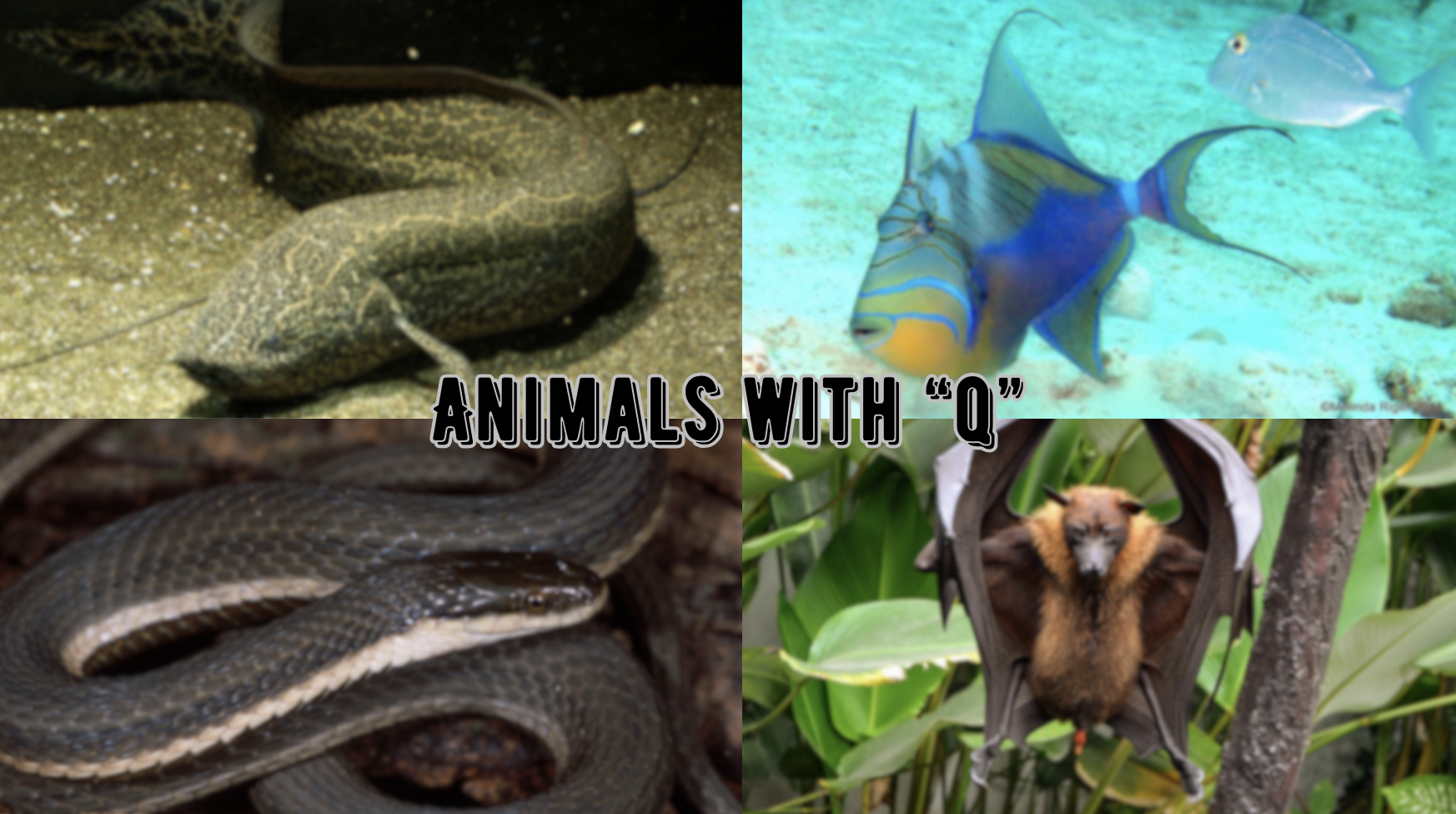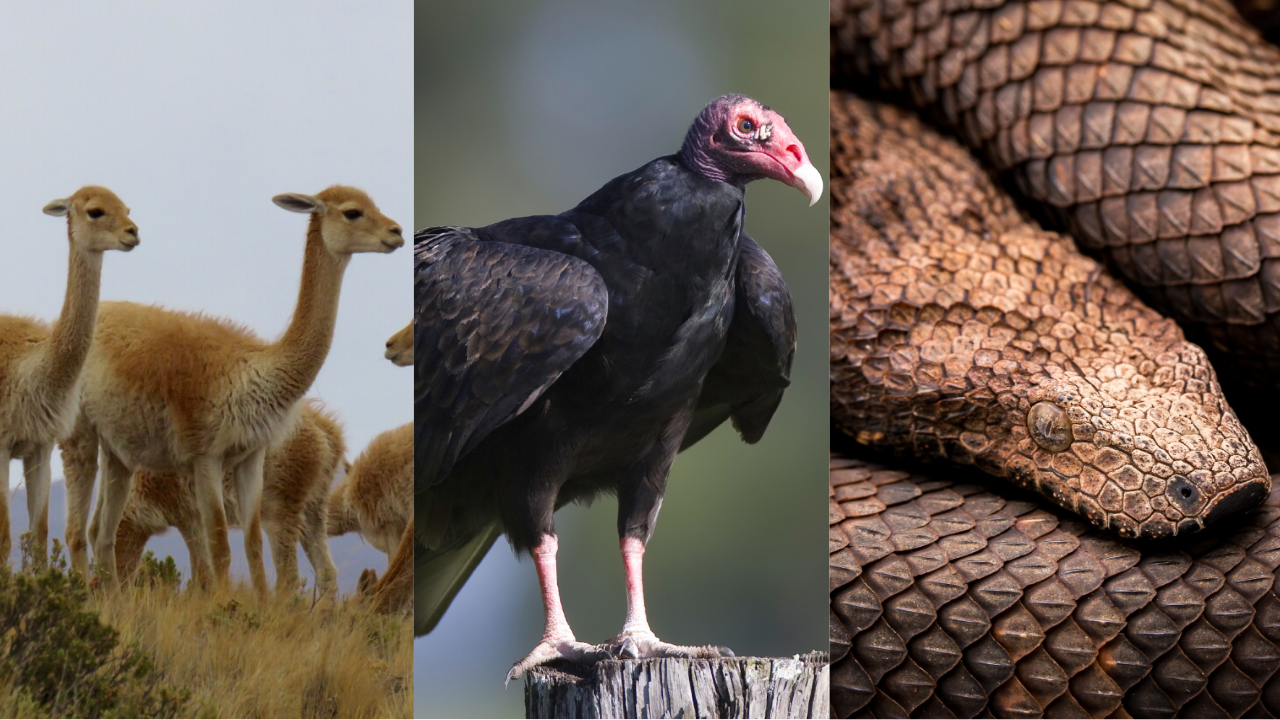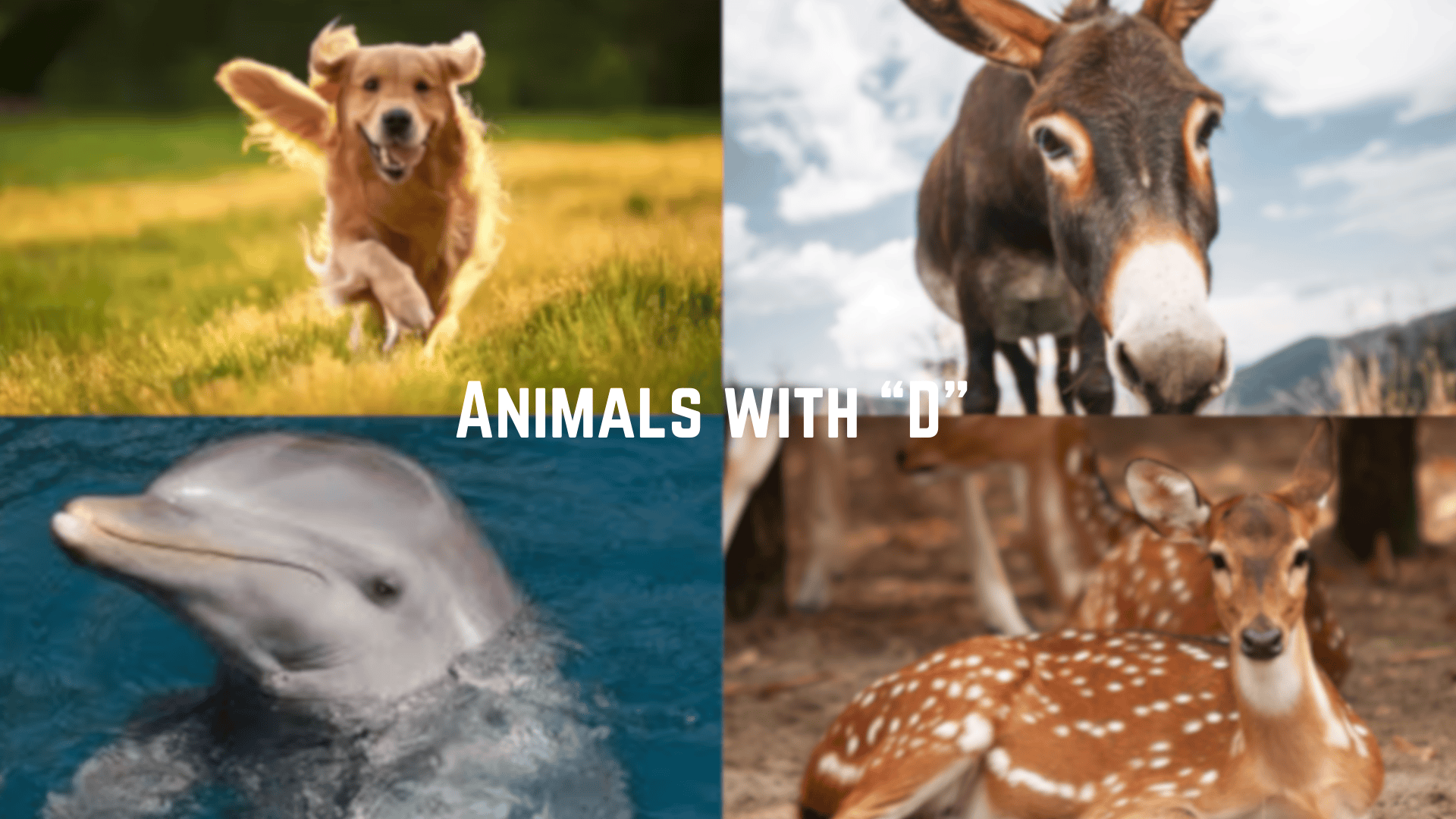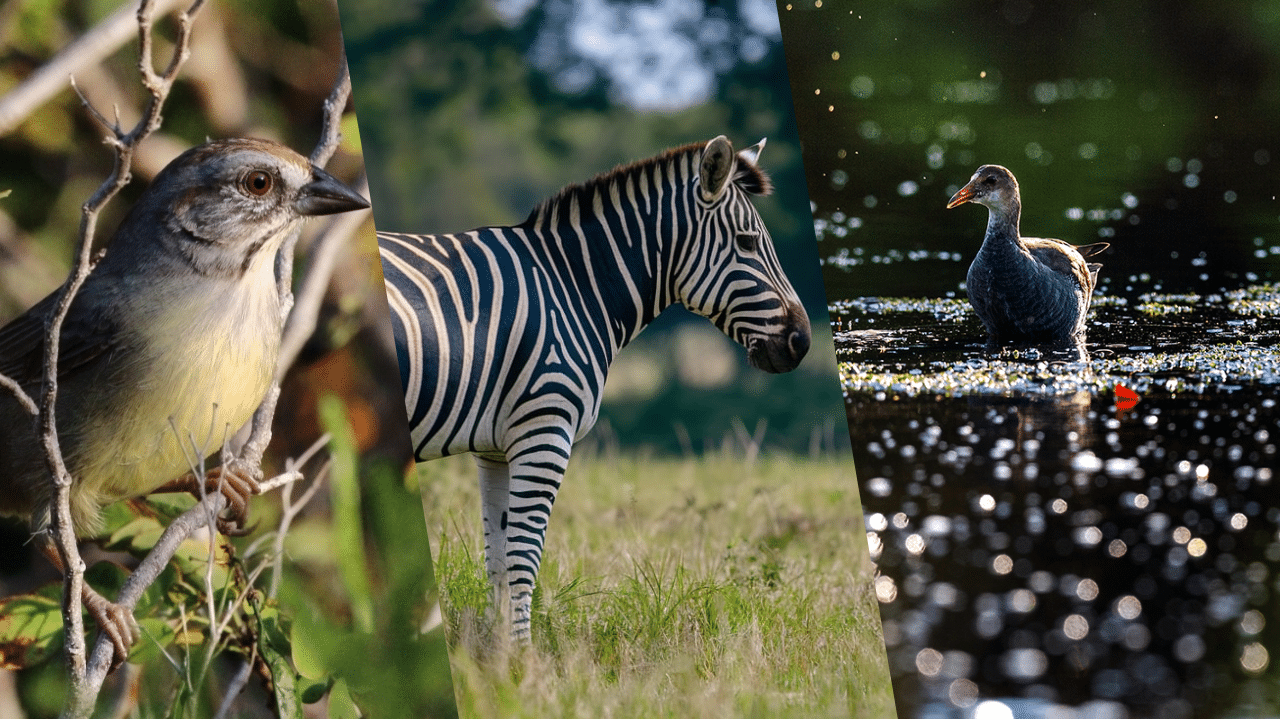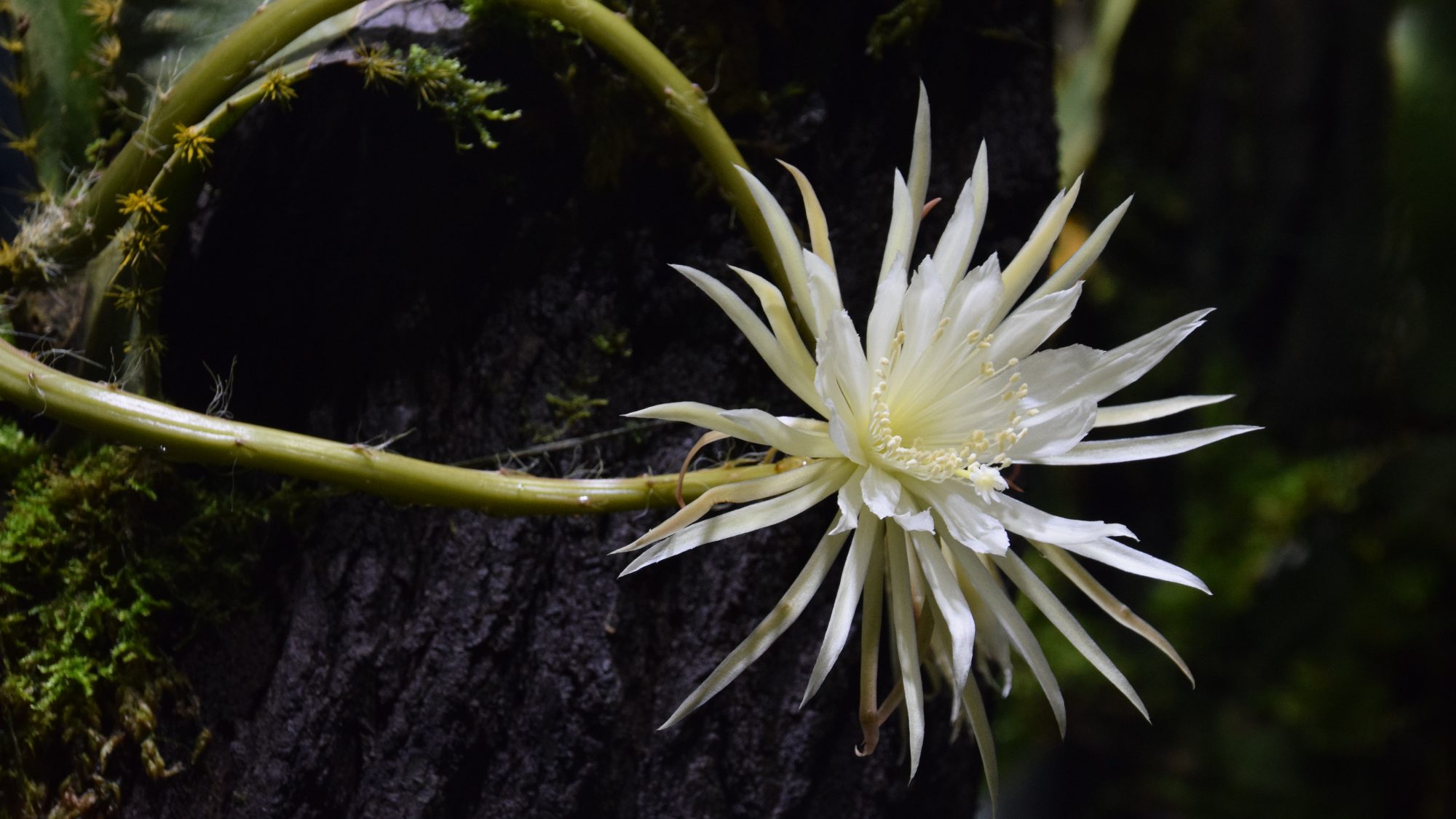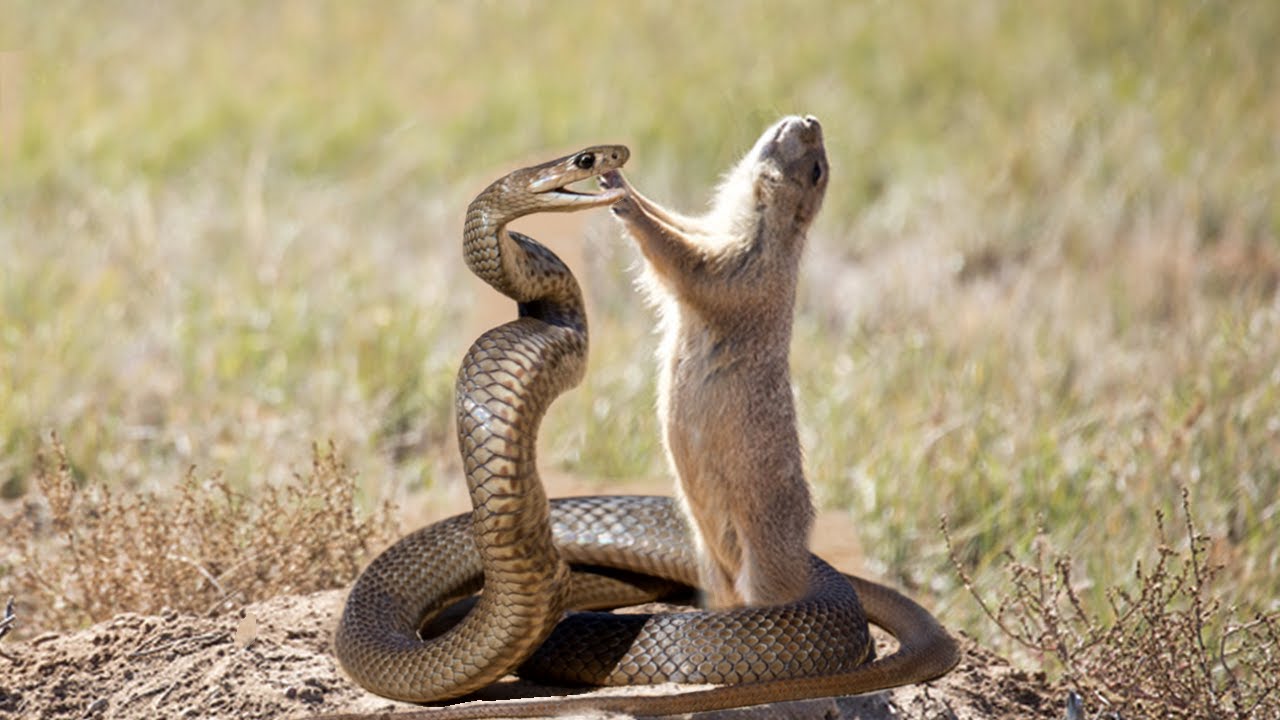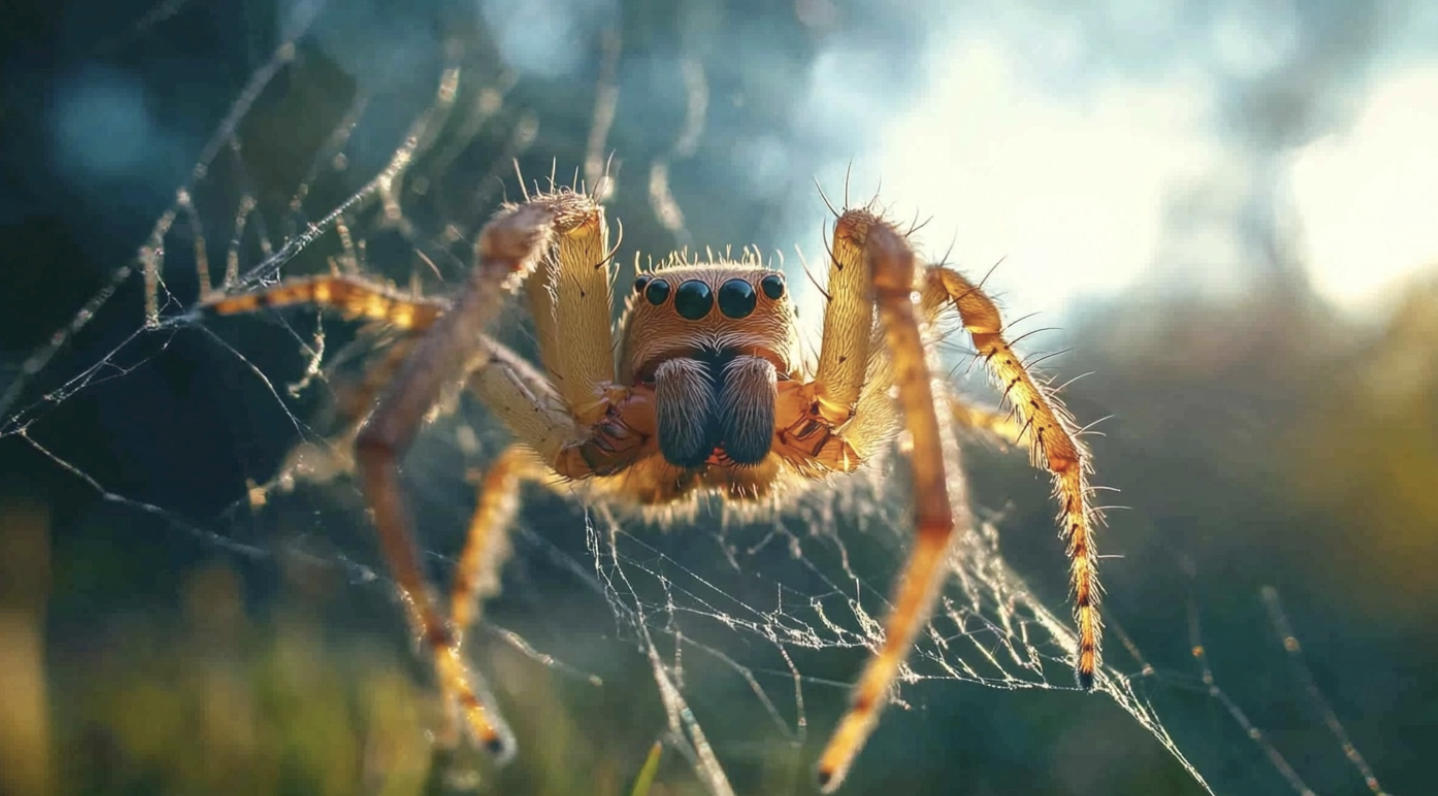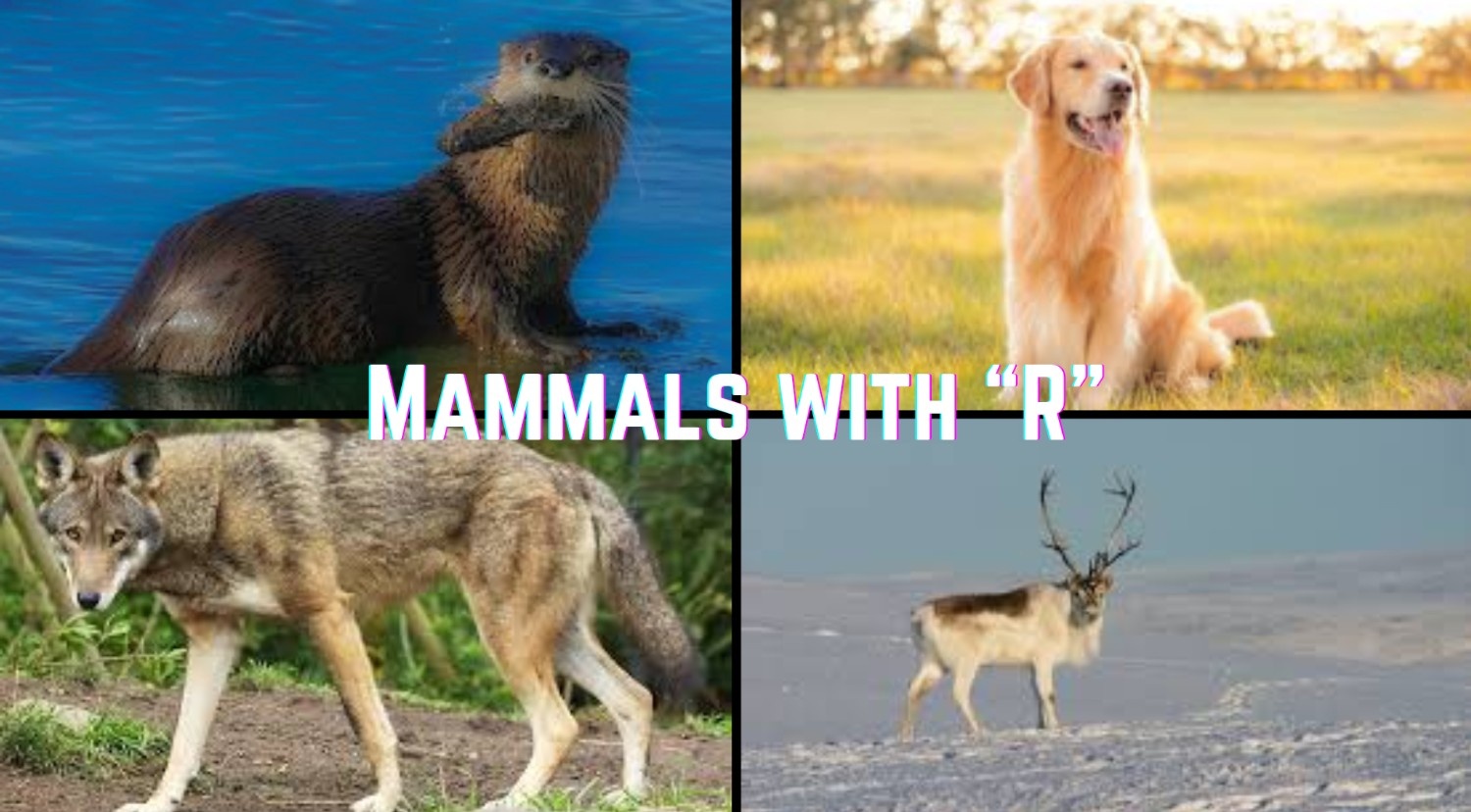
From tiny creatures that leap through treetops to majestic mammals ruling the savanna, the animal world hides remarkable talents within its “R” family members.
These creatures—rabbits, raccoons, rhinos, and more—showcase nature’s incredible diversity across continents.
Some thrive in icy Arctic waters, while others steer through scorching deserts with ease. Many possess extraordinary abilities that have helped them survive for centuries.
Did you know? That red squirrels can rotate their ankles 180 degrees to climb down trees headfirst, making them expert vertical wayfinders.
This guide explores animals whose names begin with “R,” each with unique characteristics that have allowed them to adapt to challenging environments.
Uncover their habitats, spanning from Madagascar’s forests to Australia’s outback, their distinctive feeding habits, and the unexpected sounds they make to communicate with their kind.
The “R” Squad of the Animal Kingdom
1. Rabbit

Rabbits are small, herbivorous mammals known for their long ears, powerful hind legs, and distinct fluffy tails. They are social creatures and often live in groups in underground burrows.
Rabbits’ diet consists mainly of grass, leafy weeds, and vegetables. They are known for their rapid reproduction rates, making them one of the most prolific mammals.
- Region of Habitat: Found in forests, meadows, grasslands, and wetlands across North America, Europe, and parts of Asia.
- Scientific Name: Oryctolagus cuniculus
- Feeding Habits: Herbivorous, primarily feeding on grass, leaves, and vegetables.
- What Sound They Make: Soft thumping noises and occasional grunting sounds when threatened.
Fun Facts
Rabbits have nearly 360-degree vision, allowing them to detect predators from almost any direction. Their powerful hind legs are not just for running; they also use them to kick when threatened.
Their teeth grow continuously, so they need to gnaw on fibrous foods to keep them trimmed.
2. Raccoon
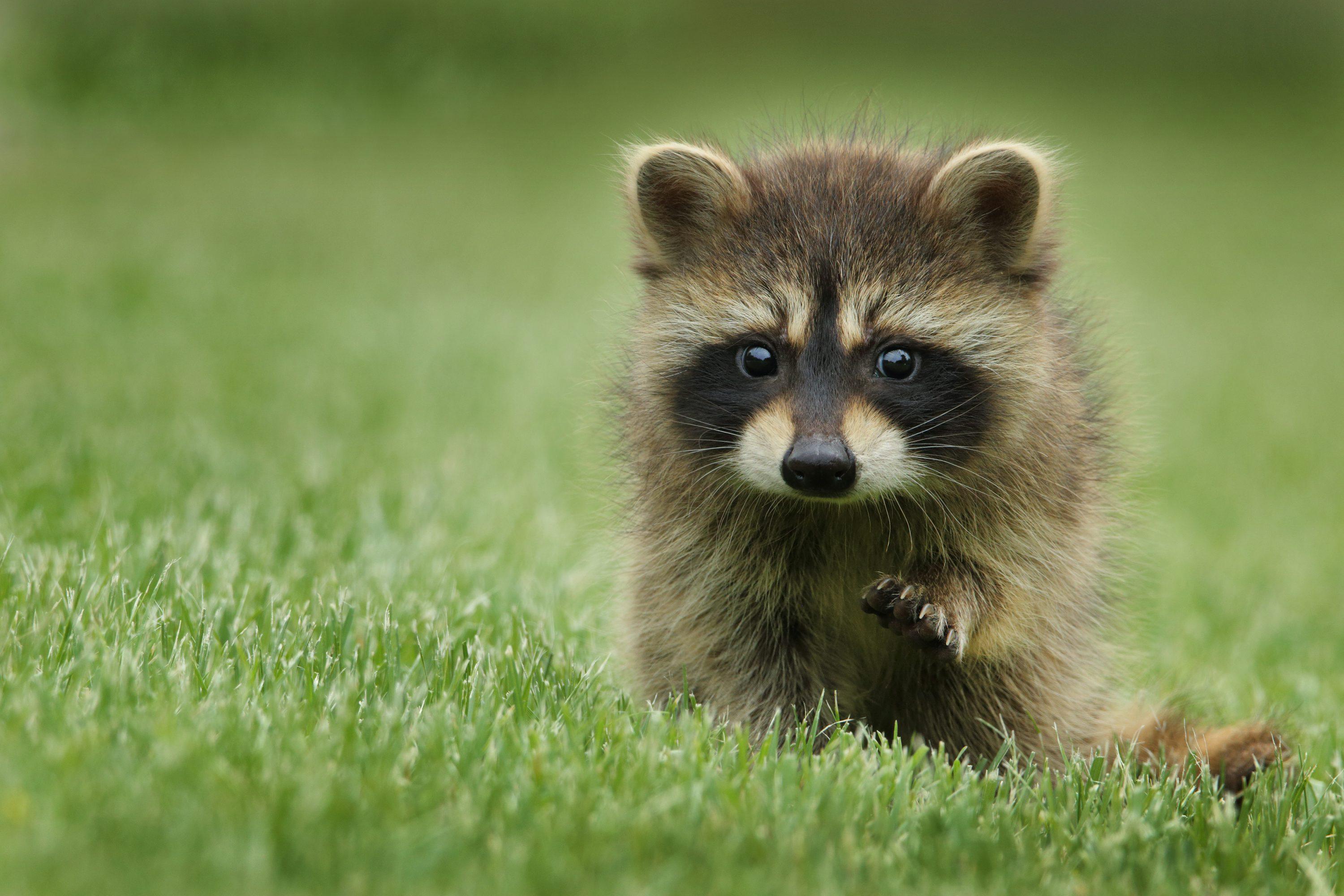
Raccoons are highly adaptable mammals with distinctive black “mask-like” markings around their eyes.
Raccoons are known for their dexterous front paws, which they use to manipulate objects, including opening containers and doors. They are omnivorous and opportunistic feeders, thriving in urban and rural environments.
- Region of Habitat: Native to North America, raccoons are also found in parts of Europe and Japan due to human introduction.
- Scientific Name: Procyon lotor
- Feeding Habits: Omnivorous, feeding on fruits, nuts, insects, small animals, and human food waste.
- What Sound They Make: Raccoons produce a variety of sounds, including growls, hisses, purrs, and high-pitched screeches.
Fun Facts
Raccoons are often called “wash bears” due to their tendency to dip their food in water, giving the impression that they are “washing” it.
Their remarkable intelligence allows them to solve puzzles and even open locks or doors. Raccoons are also known to remember the solutions to tasks for at least three years.
3. Rat
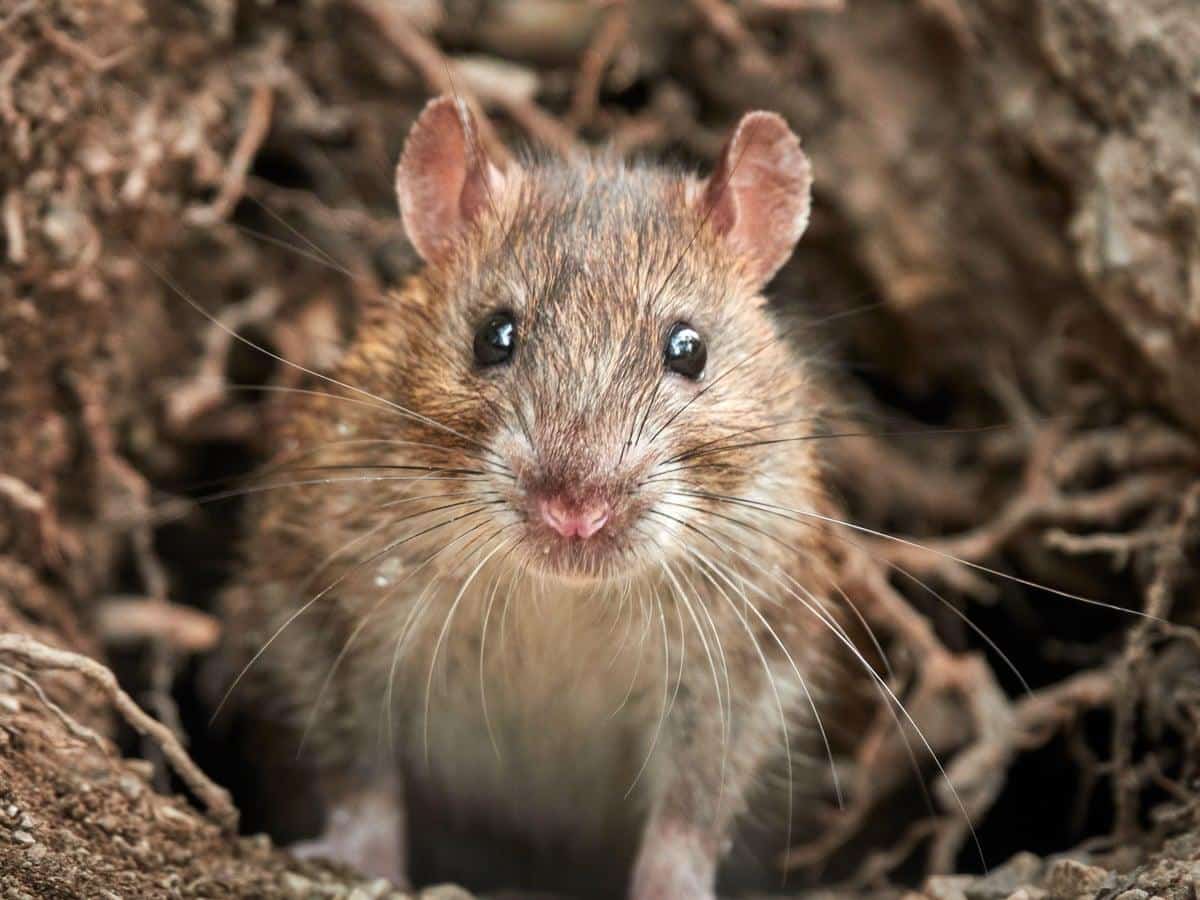
Rats are small, highly adaptable rodents found in nearly every part of the world. Known for their sharp senses and quick reflexes, rats have been both feared as pests and admired for their intelligence.
They are omnivorous and have a strong survival instinct, making them one of the most successful mammals.
- Region of Habitat: Rats are found worldwide, including in urban areas, forests, and agricultural lands.
- Scientific Name: Rattus norvegicus (Brown rat), Rattus rattus (Black rat)
- Feeding Habits: Omnivorous, eating a wide variety of foods, including grains, fruits, and garbage.
- What Sound They Make: High-pitched squeaks, clicks, and chattering.
Fun Facts
Rats can fit through openings as small as a quarter, making them incredibly difficult to keep out of homes.
They are also known for their ability to swim, sometimes for miles, and can hold their breath underwater for up to three minutes. Studies have shown that rats are capable of empathy, often helping other rats in distress.
4. Reindeer
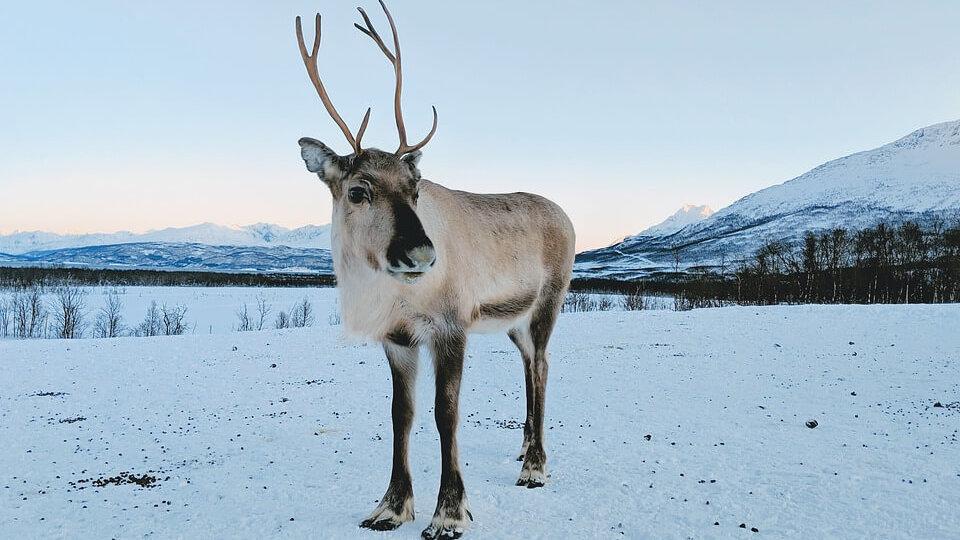
Reindeers, also known as caribou in North America, are large herbivorous mammals found in the Arctic and Subarctic regions. They are known for their impressive antlers, which are present in both males and females.
Reindeers have evolved to survive extreme cold, with thick fur and hooves adapted for traversing snowy terrain.
-
Region of Habitat: Found in the Arctic and Subarctic regions, including parts of Scandinavia, Russia, Canada, and Alaska.
-
Scientific Name: Rangifer tarandus
-
Feeding Habits: Herbivorous, feeding on lichens, moss, grasses, and shrubs.
-
What Sound They Make: Reindeer produce a variety of sounds, including grunts, snorts, and bell-like noises.
Fun Facts
Reindeers are the only species of deer where both males and females grow antlers. Their hooves are large and wide, which helps them walk on snow without sinking.
In the winter, reindeer can detect the Earth’s magnetic field with specialized cells in their eyes, which aids them in navigating over vast distances.
5. Rhinoceros
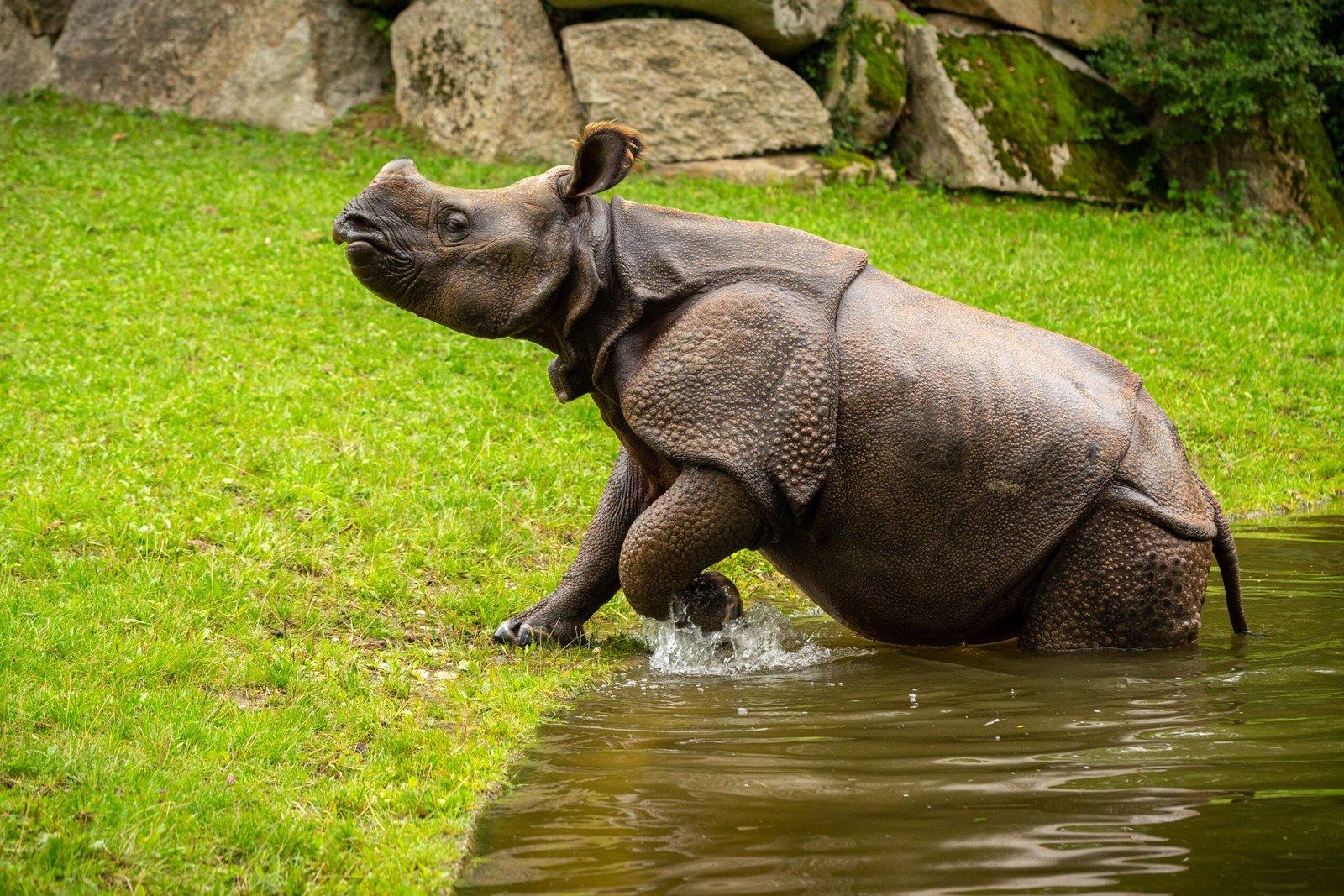
Rhinoceroses are large, thick-skinned herbivores native to parts of Africa and South Asia. They are characterized by their massive bodies, horned snouts, and tough, protective skin.
Despite their bulk, rhinos are surprisingly agile and can run at speeds of up to 30 miles per hour.
-
Region of Habitat: Found in parts of Africa and South Asia, including savannas, grasslands, and tropical forests.
-
Scientific Name: Ceratotherium simum (White rhinoceros), Diceros bicornis (Black rhinoceros)
-
Feeding Habits: Herbivorous, primarily feeding on grasses, shrubs, and fruits.
-
What Sound They Make: Low grunts, snorts, and honking sounds.
Fun Facts
Rhinos’ horns are made of keratin, the same material found in human hair and nails. They have poor eyesight but rely heavily on their sense of smell and hearing.
Rhinos are endangered due to poaching for their horns, which are mistakenly believed to have medicinal properties.
6. Red Fox
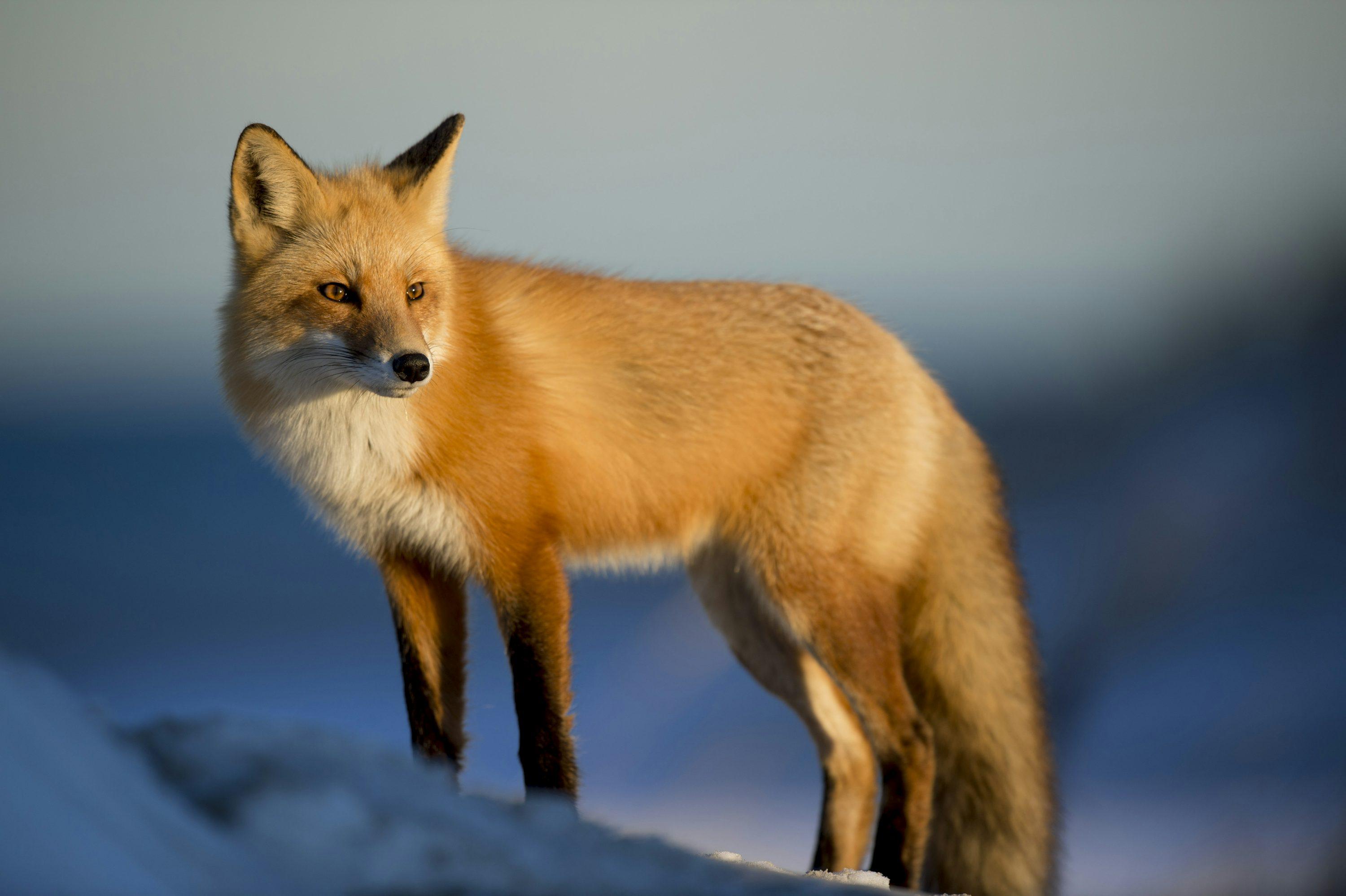
The red fox is one of the most widely distributed members of the dog family. It is known for its orange-red fur and bushy tail.
Red foxes are highly adaptable and can thrive in a variety of habitats, from forests and grasslands to urban areas. They are skilled hunters and scavengers.
- Region of Habitat: Found across North America, Europe, Asia, and parts of North Africa.
- Scientific Name: Vulpes vulpes
- Feeding Habits: Omnivorous, feeding on small mammals, birds, fruits, and insects.
- What Sound They Make: High-pitched screams, barks, and growls.
Fun Facts
Red foxes have excellent hearing, which helps them detect the movements of small prey under the snow.
Foxes are also known for their “mousing” behavior, in which they leap into the air and dive headfirst into the snow to catch rodents. Depending on their environment, foxes can be solitary or form family groups.
7. Red Panda

The red panda is a small mammal with reddish-brown fur, a long bushy tail, and a playful personality. It is native to the eastern Himalayas and southwestern China. Red pandas are arboreal and primarily nocturnal.
They are classified as endangered due to habitat loss and poaching.
- Region of Habitat: Found in the eastern Himalayas and southwestern China, mostly in temperate forests.
- Scientific Name: Ailurus fulgens
- Feeding Habits: Primarily herbivorous, feeding on bamboo, fruits, acorns, and eggs.
- What Sound They Make: Soft whimpers, squeaks, and hisses.
Fun Facts
Red pandas have a specialized thumb, similar to the giant panda, which helps them grip bamboo. Unlike the giant panda, however, they are more agile and spend most of their time in trees.
They are solitary and highly territorial creatures, marking their territory with scent glands.
8. Red Wolf
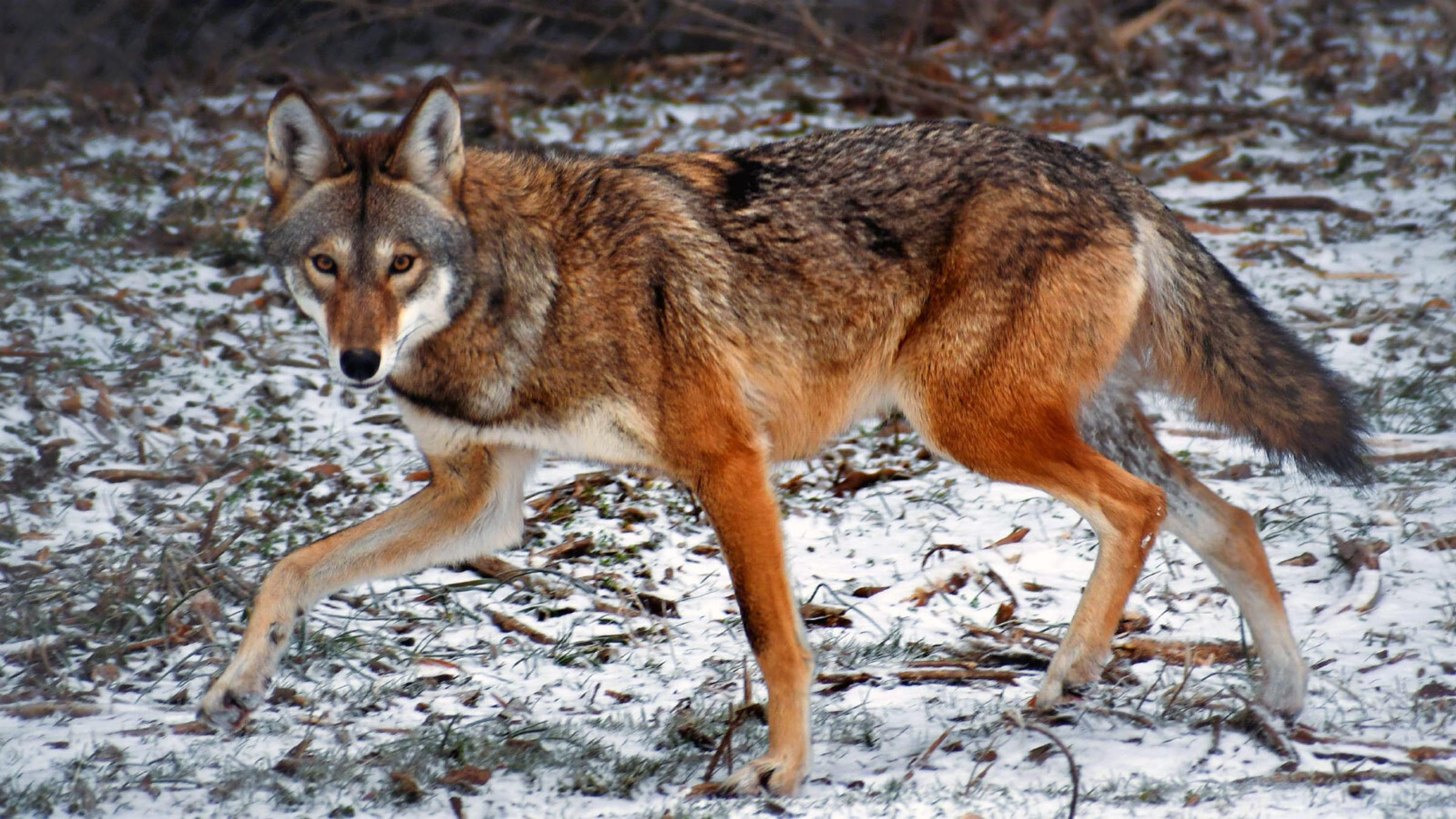
The red wolf is a critically endangered species native to the southeastern United States. Known for its reddish-brown fur, it is smaller than the gray wolf and has a more slender build.
The red wolf’s population has been severely impacted by habitat loss and hybridization with coyotes.
- Region of Habitat: Historically found in the southeastern U.S., primarily in coastal prairies and swamps.
- Scientific Name: Canis rufus
- Feeding Habits: Carnivorous, feeding on small to medium-sized mammals such as rabbits, deer, and rodents.
- What Sound They Make: Howls, barks, and growls.
Fun Facts
The red wolf was once declared extinct in the wild, but conservation efforts have led to a small reintroduction program in North Carolina.
Red wolves are highly social and live in packs, working together to hunt and raise their young. Their vocalizations are more varied than those of gray wolves, and they are known to be excellent communicators.
9. Red Deer
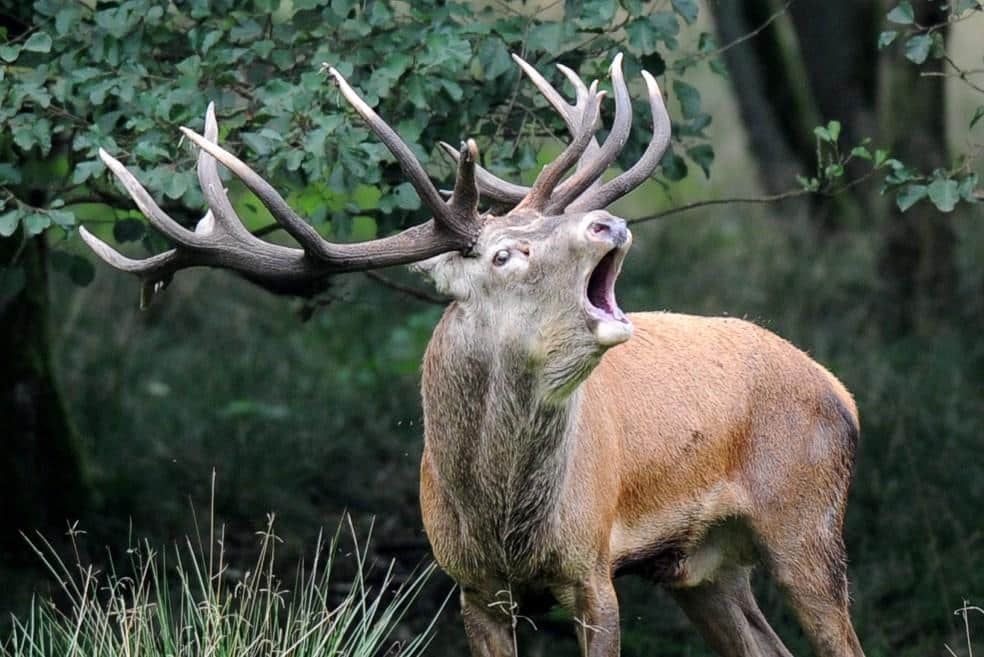
Red deer are large herbivores known for their impressive antlers, which are shed and regrown each year. Native to Europe, they are also found in parts of Asia and New Zealand.
Red deer are known for their powerful build and majestic appearance, making them one of the most iconic deer species.
- Region of Habitat: Found across Europe, parts of Asia, and New Zealand, in forests, grasslands, and moorlands.
- Scientific Name: Cervus elaphus
- Feeding Habits: Herbivorous, feeding on grasses, leaves, fruits, and bark.
- What Sound They Make: Roars and bellowing calls, especially during mating season.
Fun Facts
During the rutting season, male red deer engage in intense vocalizations and physical contests to establish dominance and attract mates.
Red deer antlers can grow up to 3 feet long and are shed annually. They also have excellent hearing and vision, which helps them avoid predators.
10. Rottweiler (Dog Breed)

The Rottweiler is a large and powerful dog breed known for its protective nature and strong build. Initially bred as herding and guard dogs, Rottweilers are highly intelligent and loyal.
When properly trained and socialized, they make excellent family pets.
- Region of Habitat: Rottweilers are commonly found worldwide, especially in urban and suburban environments.
- Scientific Name: Canis lupus familiaris
- Feeding Habits: Carnivorous, typically fed high-quality dry dog food, meat, and occasional treats.
- What Sound They Make: Barking, growling, and whining.
Fun Facts
Rottweilers were originally used to drive cattle to market and later became working dogs for the police and military. Despite their tough appearance, they are known to be gentle and affectionate with their families.
They are also incredibly strong swimmers and have been known to save lives in water rescues.
11. Retriever (Dog Breed)

Retrievers are medium—to large-sized dog breeds known for their friendly and trainable nature. They were originally bred to retrieve game for hunters and excel in obedience and agility.
Retrievers are often used as service dogs and make excellent family companions.
- Region of Habitat: Commonly found worldwide, particularly in homes, working environments, and service dog facilities.
- Scientific Name: Canis lupus familiaris
- Feeding Habits: Carnivorous, typically fed high-quality dog food and occasional treats.
- What Sound They Make: Barking, whining, and playful growling.
Fun Facts
Retrievers are famous for their “soft mouths,” which allow them to carry items gently without damaging them. They are also incredibly social and thrive in environments where they receive a lot of attention.
Golden retrievers, a popular variety, have been used as therapy dogs due to their calm and affectionate nature.
12. Ring-tailed lemur
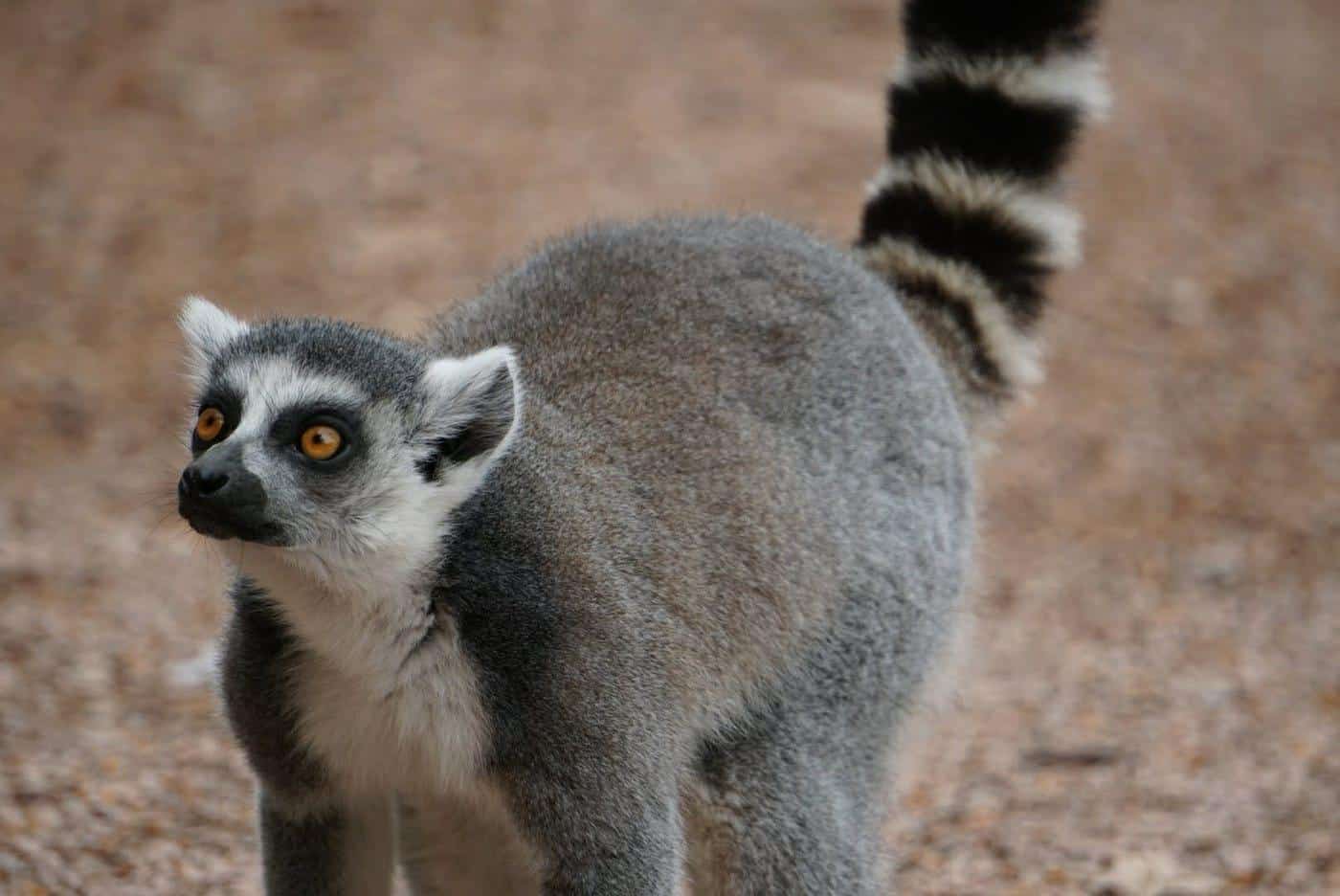
Ring-tailed lemurs are small primates known for their striking black-and-white striped tails. Native to Madagascar, they are highly social animals that live in groups called troops.
They are arboreal and terrestrial, spending time both in trees and on the ground. Their diet mainly consists of fruits, leaves, and flowers.
- Region of Habitat: Native to Madagascar, particularly in dry forests, spiny forests, and rainforests.
- Scientific Name: Lemur catta
- Feeding Habits: Herbivorous, feeding on fruits, leaves, and flowers.
- What Sound They Make: Loud, resonating calls and vocalizations used to communicate within their troops.
Fun Facts
Ring-tailed lemurs are known for their unique social behavior, where females dominate the group. They communicate through a variety of vocalizations and scents, using their tails to signal others in their troop.
Lemurs have specialized hands with opposable thumbs, helping them grasp branches securely while foraging.
13. River otter
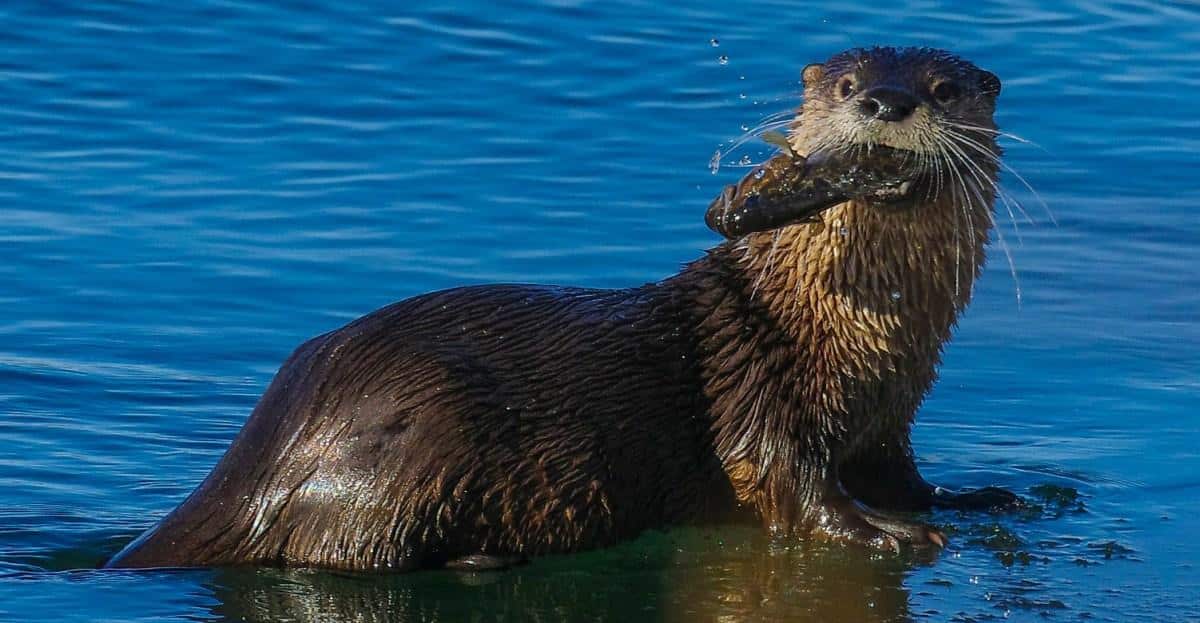
River otters are semi-aquatic mammals known for their playful nature and agility in the water. Their sleek, elongated bodies and webbed feet make them excellent swimmers.
Otters are carnivorous and feed mainly on fish, crustaceans, and small invertebrates. They are highly social animals and often live in family groups.
- Region of Habitat: Found in freshwater rivers, lakes, and wetlands across North America, Europe, and parts of Asia.
- Scientific Name: Lontra canadensis
- Feeding Habits: Carnivorous, feeding on fish, crabs, and small aquatic animals.
- What Sound They Make: Chirps, whistles, and growls, especially when communicating with other otters.
Fun Facts
River otters can hold their breath underwater for up to 8 minutes and are known to slide down muddy riverbanks for fun.
They have a playful side and often engage in activities like water sliding and playing with objects they find. Despite their mischievous nature, otters are also fierce hunters, using their sharp teeth to catch prey.
14. Rat kangaroo
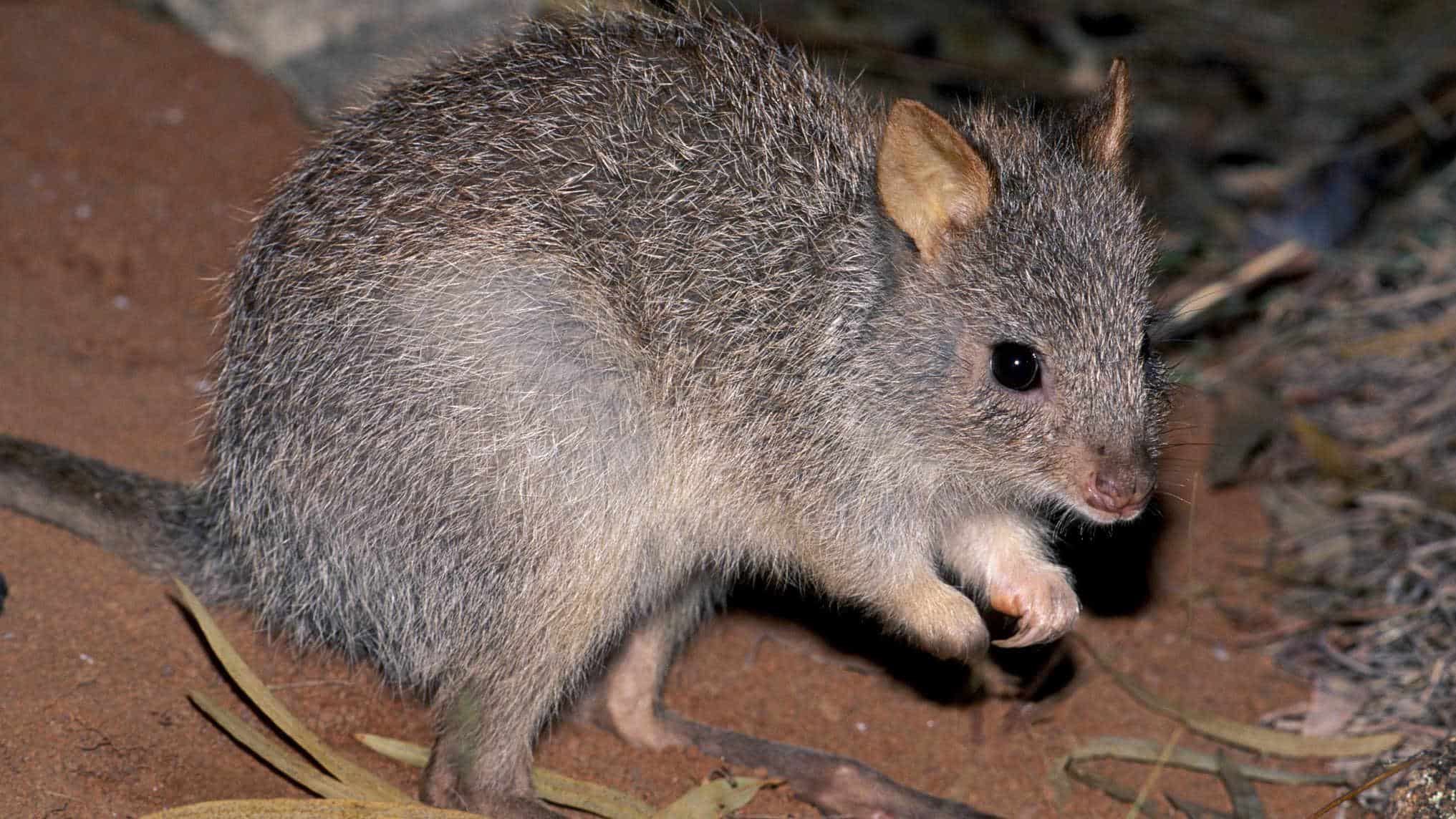
Rat kangaroos are small, nocturnal marsupials native to Australia. They are named for their rat-like appearance and kangaroo-like hind legs.
These creatures are highly specialized for hopping and are primarily herbivores, feeding on plants, seeds, and fruits. They are found in forests and woodlands.
- Region of Habitat: Native to eastern Australia, primarily found in forests and woodlands.
- Scientific Name: Bettongia spp.
- Feeding Habits: Herbivorous, feeding on seeds, roots, and leaves.
- What Sound They Make: High-pitched squeaks and gentle thumping sounds when startled.
Fun Facts
Rat kangaroos are nocturnal and spend most of their time foraging at night. They are known for their ability to burrow and often create deep burrows to hide from predators.
Their hind legs are powerful and allow them to make long jumps, similar to kangaroos. Sadly, many species are now endangered due to habitat destruction.
15. Red squirrel
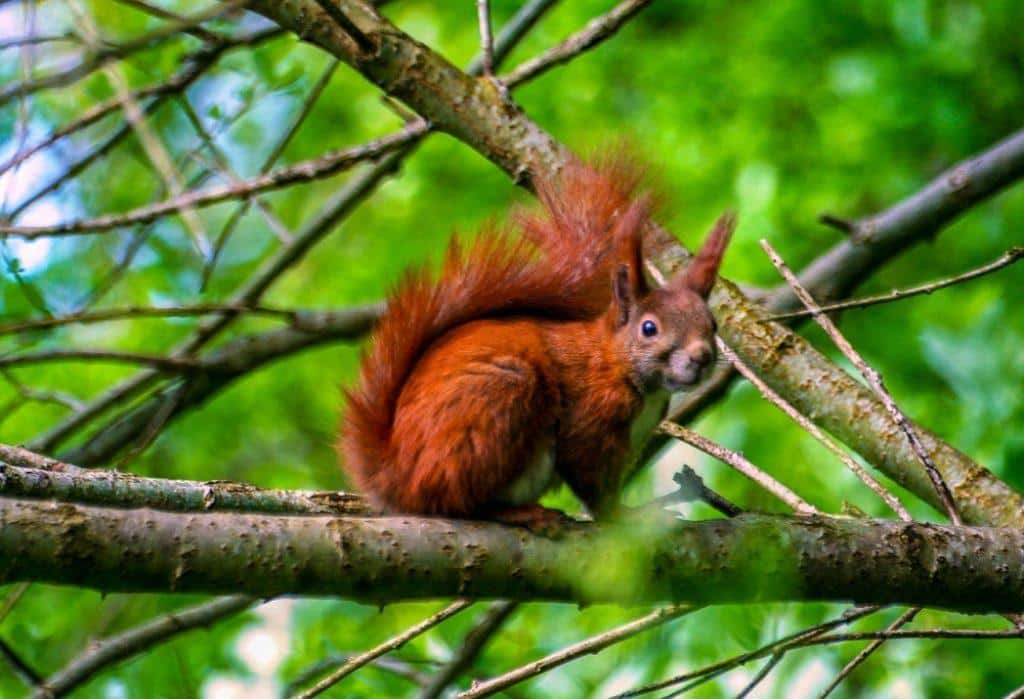
Red squirrels are small rodents with reddish fur and bushy tails. They are primarily found in coniferous forests. They are excellent climbers and are known for their ability to leap between trees.
Red squirrels are territorial and hoard food for the winter, including pine cones and seeds.
- Region of Habitat: Found in forests across Europe, Asia, and parts of North America.
- Scientific Name: Sciurus vulgaris
- Feeding Habits: Herbivorous, feeding on seeds, nuts, and tree bark.
- What Sound They Make: High-pitched alarm calls and chattering noises.
Fun Facts
Red squirrels can leap up to 10 feet between trees and rotate their ankles to climb down trees headfirst. Their strong sense of smell helps them locate their food caches during winter.
Their bushy tails help them balance and act as a parachute when they leap from heights.
16. Rusty-spotted cat
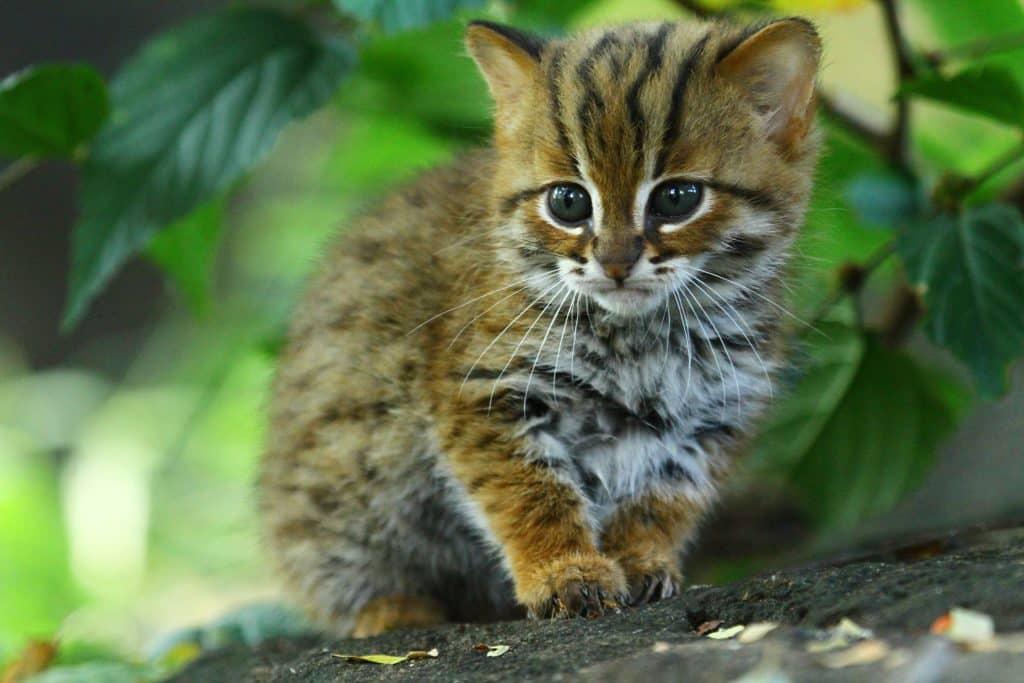
The rusty-spotted cat is one of the smallest wild cats, native to India and Sri Lanka. It is a solitary predator, often hunting at night for small mammals, birds, and insects.
Despite its small size, the rusty-spotted cat is a highly skilled and stealthy hunter. Due to habitat loss and poaching, it is listed as endangered.
- Region of Habitat: Found in forests and grasslands in India and Sri Lanka.
- Scientific Name: Prionailurus rubiginosus
- Feeding Habits: Carnivorous, feeding on small mammals, birds, and insects.
- What Sound They Make: Hissing, growling, and chirping.
Fun Facts
Due to its size and appearance, the rusty-spotted cat is often mistaken for a domestic cat. It is incredibly elusive and rarely seen in the wild.
This tiny predator is capable of climbing trees and hunting from a height, using its stealth and agility to surprise its prey. It is one of the most endangered wild cats in the world.
17. Richardson’s Ground Squirrel
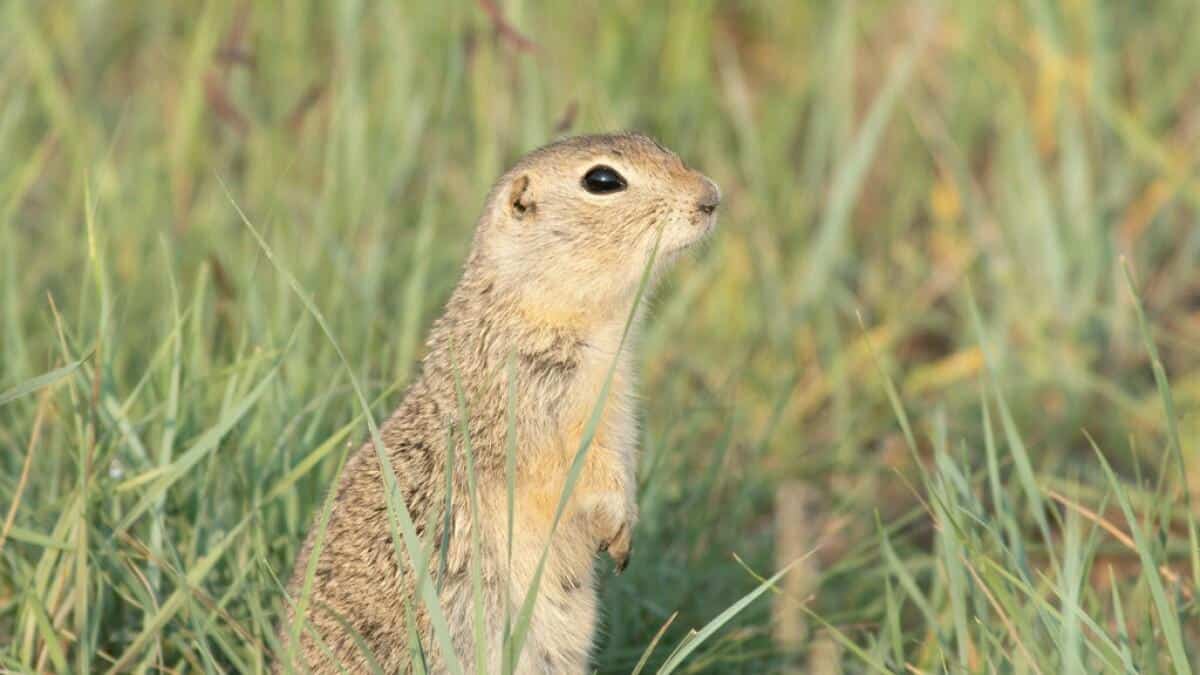
Richardson’s ground squirrel is a burrowing rodent found in the prairies of North America. It is small, with short legs and long tails, and is known for its social behavior. It often lives in large colonies.
These squirrels are primarily herbivores, feeding on grasses, seeds, and other vegetation.
- Region of Habitat: Found in the prairies and grasslands of North America, particularly in Canada and the northern United States.
- Scientific Name: Urocitellus richardsoni
- Feeding Habits: Herbivorous, feeding on grasses, seeds, and roots.
- What Sound They Make: High-pitched alarm calls and chirps.
Fun Facts
Richardson’s ground squirrels are known for their elaborate burrows, which can extend up to 15 feet in length. They are also known for their communal living, where multiple families share burrows.
Their alert calls are often used to warn other members of the colony about potential predators.
18. Red-necked Wallaby
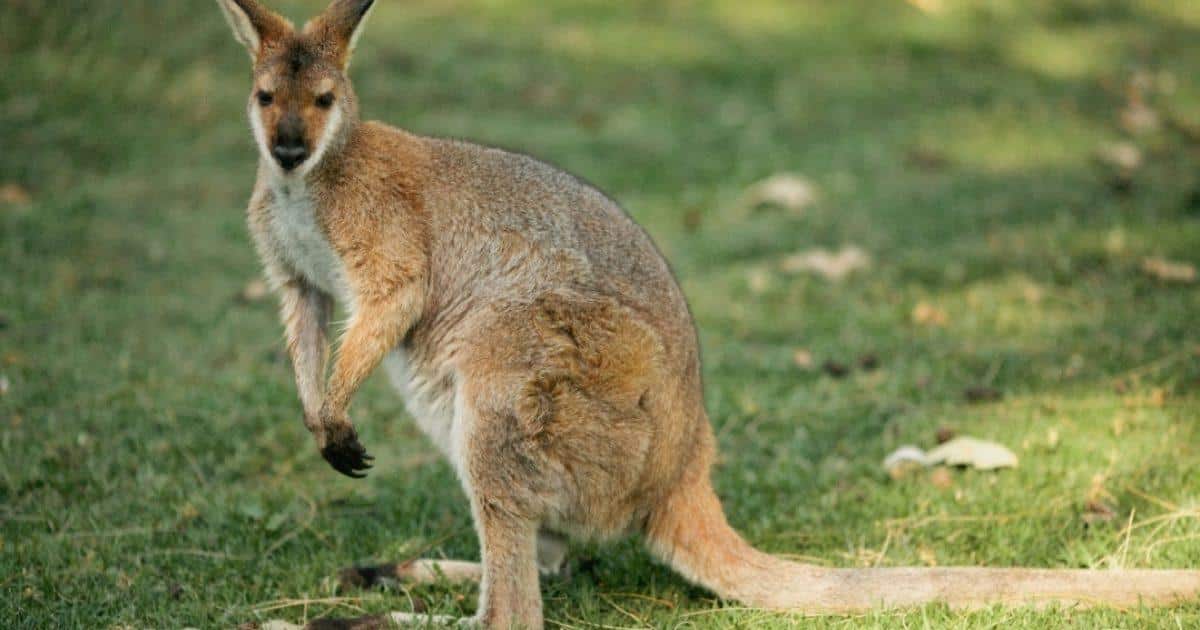
The red-necked wallaby is a medium-sized marsupial found in Australia. It has distinctive red fur around its neck and face and is well-known for its strong hind legs and powerful leaps.
Red-necked wallabies are herbivores, feeding on grasses and shrubs.
- Region of Habitat: Found in eastern and southern Australia, particularly in open forests and grasslands.
- Scientific Name: Macropus rufogriseus
- Feeding Habits: Herbivorous, feeding on grasses, herbs, and leaves.
- What Sound They Make: Soft clicking sounds and occasional thumping with their feet.
Fun Facts
Red-necked wallabies are excellent jumpers and can cover large distances in a single bound. They are mainly nocturnal and spend their days resting in the shade.
Their strong hind legs are used for jumping and defense, allowing them to kick with great force when threatened.
19. Raccoon Dog
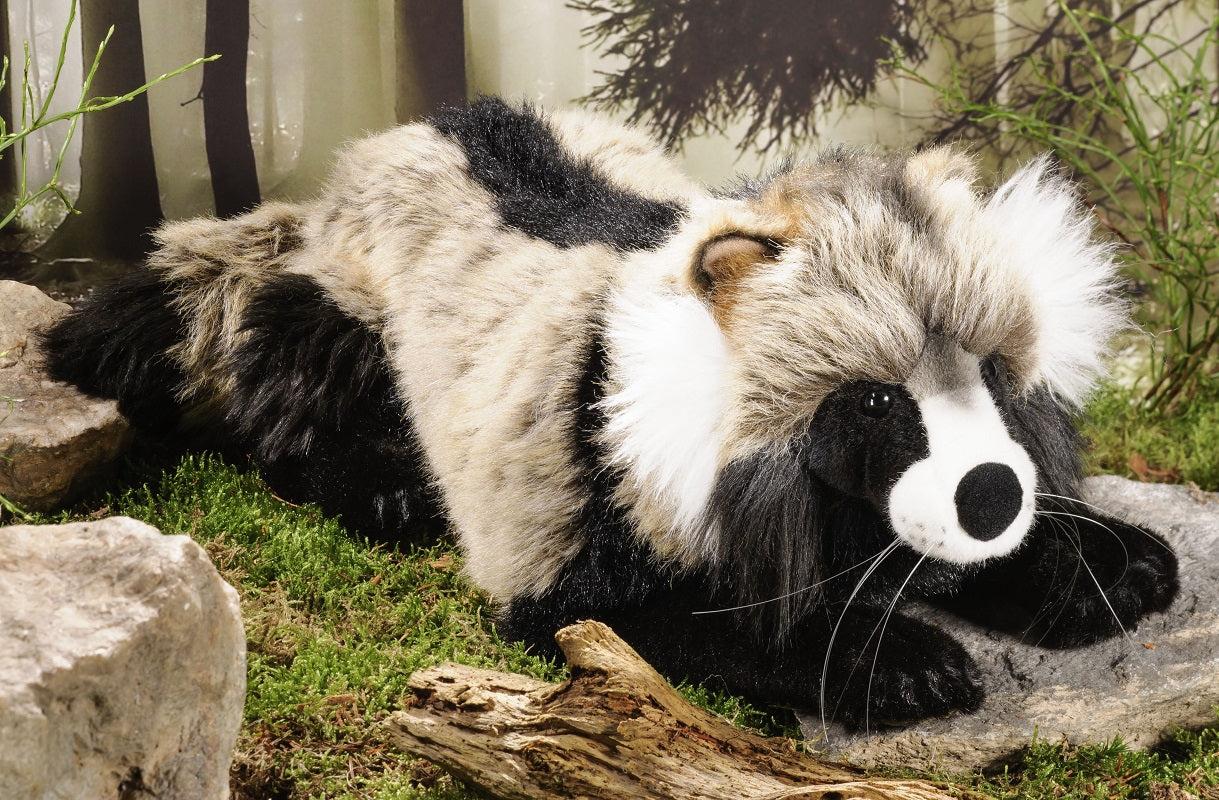
The raccoon dog is a small canid native to East Asia. It is named for its resemblance to the raccoon, particularly its mask-like markings.
Unlike other canids, raccoon dogs are excellent climbers and are often found in forested areas. They are omnivorous and eat fruits, insects, and small animals.
- Region of Habitat: Native to East Asia, including Japan, China, Korea, and parts of Russia.
- Scientific Name: Nyctereutes procyonoides
- Feeding Habits: Omnivorous, feeding on fruits, small mammals, and insects.
- What Sound They Make: High-pitched yips, growls, and barks.
Fun Facts
Raccoon dogs are unique among canids because they can climb trees, a trait they share with raccoons. They are also known for their ability to adapt to various environments, including urban areas.
Despite their appearance, raccoon dogs are not closely related to raccoons but belong to the canid family.
20. Rodrigues Flying Fox (Bat species)
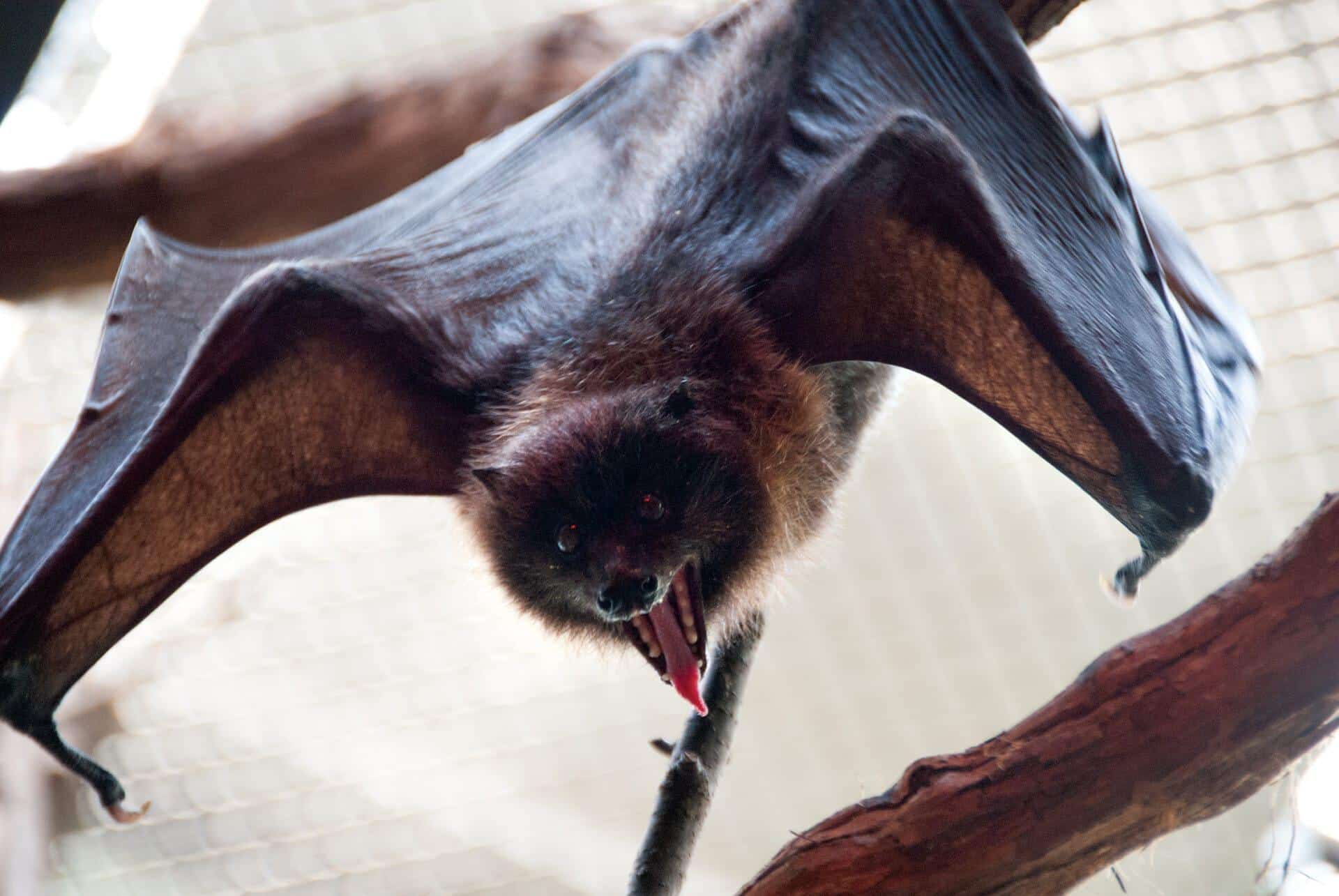
The Rodrigues flying fox is a large fruit bat native to Rodrigues Island, off the coast of Mauritius. These bats have a wingspan of up to 3 feet and are known for their striking appearance, which includes large eyes and fur-covered faces.
They are primarily frugivores, feeding on fruits and nectar.
- Region of Habitat: Native to Rodrigues Island, a small island off the coast of Mauritius.
- Scientific Name: Pteropus rodricensis
- Feeding Habits: Frugivorous, feeding on fruits, nectar, and flowers.
- What Sound They Make: High-pitched screeches and calls, often used during communication.
Fun Facts
The Rodrigues flying fox is critically endangered due to habitat loss and hunting. These bats play a crucial role in pollinating flowers and dispersing seeds, helping to maintain the health of their ecosystem.
They are nocturnal and use their excellent sense of smell to locate food in the dark.
21. Ribbon Seal

Ribbon seals are medium-sized seals with distinctive ribbon-like patterns on their fur, which are most prominent in males.
They are found in the cold waters of the Arctic Ocean and are skilled swimmers. They are often seen on ice floes or diving for fish.
- Region of Habitat: Found in the Bering Sea and Arctic Ocean, along the coastlines of Alaska and Russia.
- Scientific Name: Histriophoca fasciata
- Feeding Habits: Carnivorous, feeding on fish, squid, and crustaceans.
- What Sound They Make: Occasional grunts and growls, especially when hauled out on ice.
Fun Facts
Ribbon seals are excellent divers, capable of swimming to depths of over 600 feet in search of food. Their unique markings help them blend into their snowy, icy habitats, providing camouflage from predators.
Ribbon seals are also known for their agility on ice, often sliding gracefully over frozen surfaces.
22. Right Whale
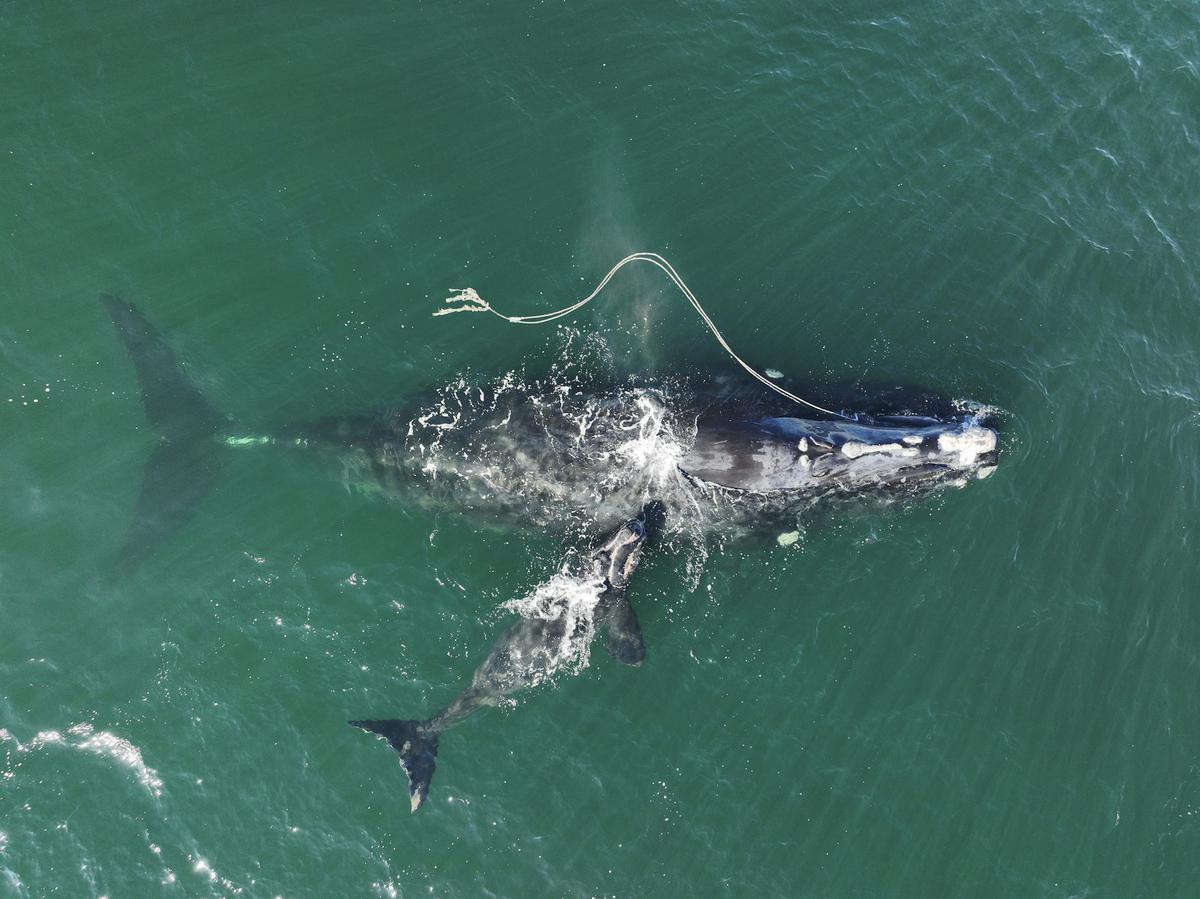
Right whales are large baleen whales known for their robust bodies and large heads. Due to their slow swimming speed and high oil content, they were historically considered the best whales to hunt.
They are primarily found in the Atlantic and Pacific Oceans.
- Region of Habitat: Found in the Atlantic and Pacific Oceans, with populations off the coasts of North America and Europe.
- Scientific Name: Eubalaena spp.
- Feeding Habits: Filter feeders, primarily consuming copepods and other small marine organisms.
- What Sound They Make: Low-frequency moans, calls, and grunts.
Fun Facts
Right whales are critically endangered, with fewer than 400 individuals remaining. Their thick blubber helps them survive in cold waters.
Despite their large size, they feed on tiny organisms by filtering them through baleen plates in their mouths.
23. Ringtail (Relative of Raccoons)
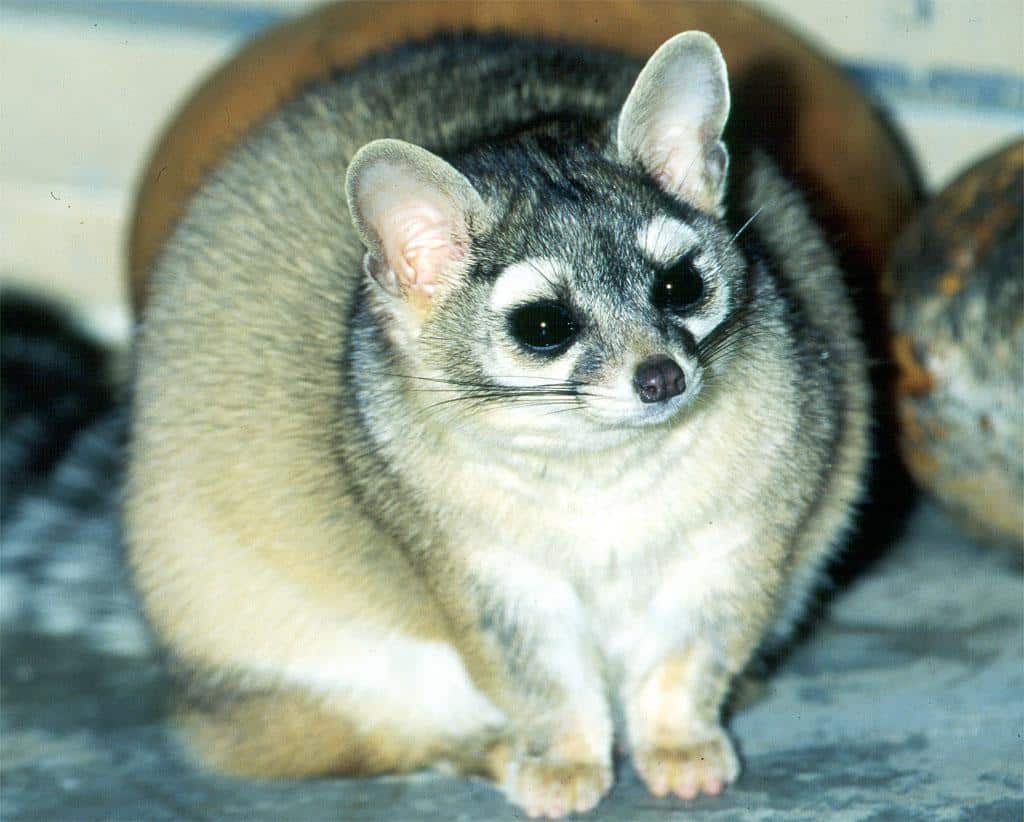
The ringtail is a small, nocturnal carnivorous mammal closely related to the raccoon. It has a long, bushy tail with distinctive black and white rings, which gives it its name.
Native to North America, ringtails are highly agile and adept at climbing trees and hunting small mammals, birds, and insects.
- Region of Habitat: Found in rocky, wooded areas across the southwestern United States and parts of Mexico.
- Scientific Name: Bassariscus astutus
- Feeding Habits: Carnivorous, feeding on small mammals, birds, and insects.
- What Sound They Make: High-pitched screeches, chirps, and growls.
Fun Facts
Ringtails are excellent climbers and can easily scale trees and rocks. Due to their appearance, they are often mistaken for raccoons, but they are actually more closely related to the mongoose.
Unlike raccoons, they do not have the dexterous paws needed to open containers, but they are still very skilled hunters.
24. Rock Hyrax
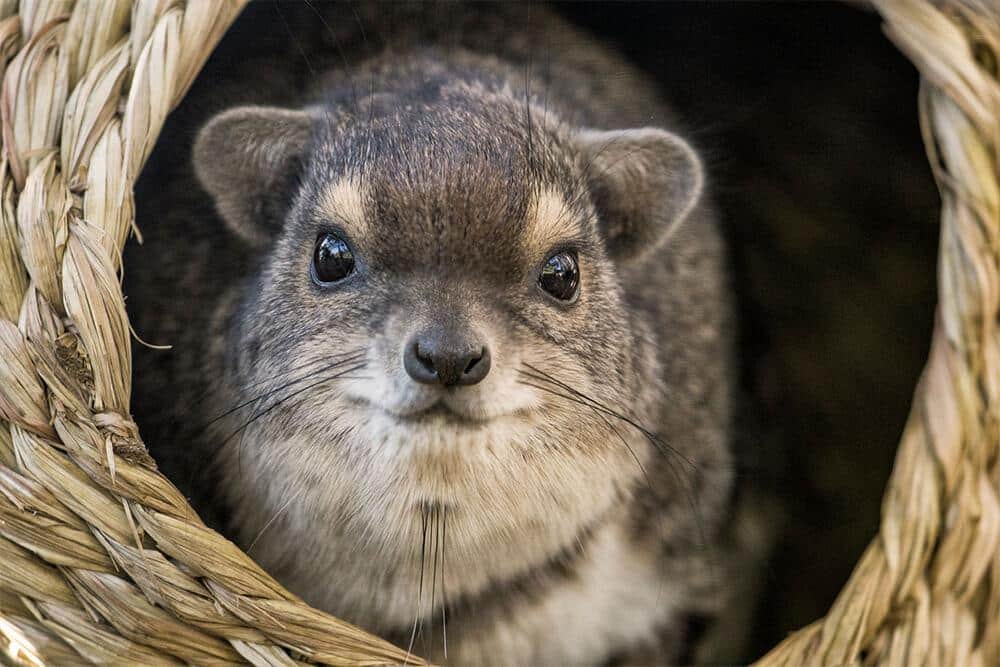
The rock hyrax is a small mammal that resembles a guinea pig but is more closely related to elephants and manatees. It is often found in rocky, mountainous regions of Africa and the Middle East.
Rock hyraxes are social and live in groups, relying on rocks and cliffs for protection from predators.
- Region of Habitat: Found in rocky outcrops and cliffs across sub-Saharan Africa and parts of the Middle East.
- Scientific Name: Procavia capensis
- Feeding Habits: Herbivorous, feeding on grasses, fruits, and leaves.
- What Sound They Make: High-pitched whistles, grunts, and growls.
Fun Facts
The rock hyrax has specialized feet with thick pads that allow it to cling to rocky surfaces. Despite their small size, these animals are incredibly agile and can easily scale vertical rock faces.
Despite their vastly different appearances, their closest living relatives are elephants.
25. Roe Deer

The roe deer is a small, graceful deer found throughout Europe and parts of Asia. Known for their reddish-brown fur and small antlers (in males), roe deer are solitary creatures that are typically active during dawn and dusk.
They are herbivorous and feed on grass, leaves, and shoots.
- Region of Habitat: Found across Europe, parts of Asia, and some areas of the Middle East in woodlands and forest edges.
- Scientific Name: Capreolus capreolus
- Feeding Habits: Herbivorous, feeding on grasses, shrubs, and tree leaves.
- What Sound They Make: They make low grunting and barking noises, often when threatened.
Fun Facts
Roe deer are known for their ability to leap up to 9 feet in a single bound to escape predators. They also have a unique way of communicating with their young by emitting soft, grunting calls.
These deer are solitary but occasionally form small groups during the winter months for warmth.
26. Red Kangaroo
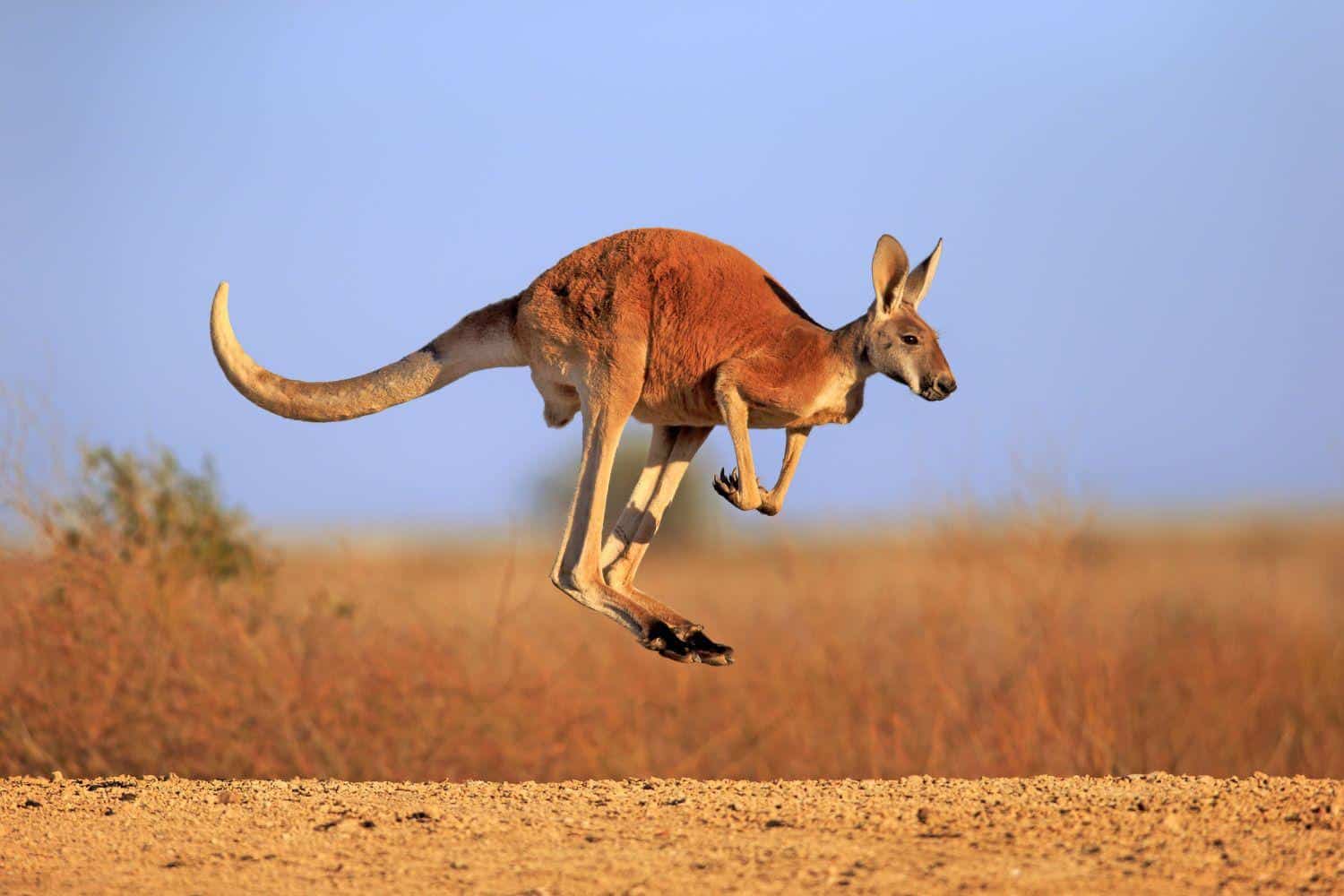
The red kangaroo is the largest species of kangaroo, known for its powerful hind legs and distinctive red-colored fur. Native to Australia, red kangaroos are iconic marsupials that thrive in arid, open environments.
They are herbivores, feeding on grasses, shrubs, and other vegetation.
- Region of Habitat: Found throughout Australia, particularly in deserts and open grasslands.
- Scientific Name: Macropus rufus
- Feeding Habits: Herbivorous, feeding on grasses, shrubs, and leaves.
- What Sound They Make: Soft clicking noises and occasional growls when threatened.
Fun Facts
Red kangaroos can travel long distances in search of food and water, hopping at speeds of up to 35 miles per hour. Their powerful legs allow them to make massive leaps, covering up to 25 feet in a single jump.
Their thick fur provides insulation against the extreme temperatures of the Australian outback.
27. Russian Desman (Aquatic Mole)
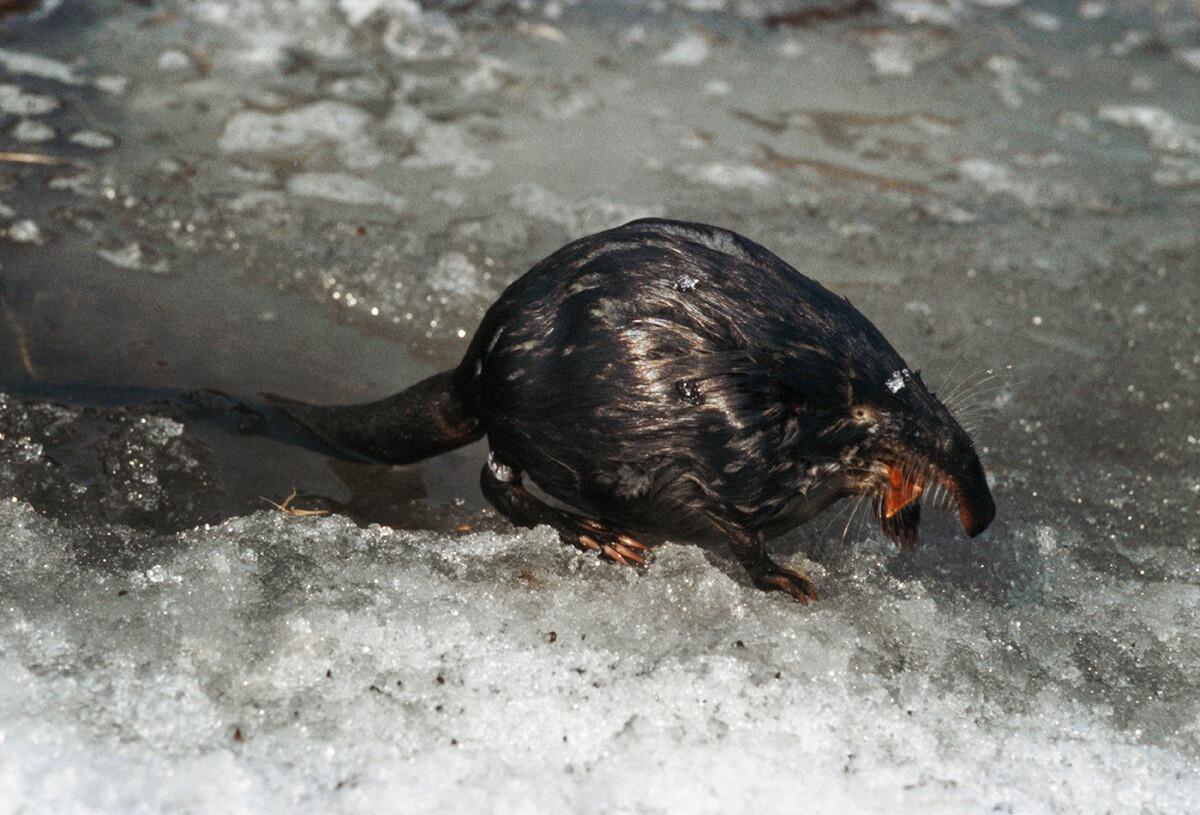
The Russian desman is a small, aquatic mammal related to moles, found in the rivers and lakes of Russia and Kazakhstan.
Known for its long, hairless snout, the desman is an excellent swimmer and diver, hunting for fish, crustaceans, and insects. It is a nocturnal creature and is mainly active at night.
- Region of Habitat: Found in the river systems of Russia, Kazakhstan, and parts of Ukraine.
- Scientific Name: Desmana moschata
- Feeding Habits: Carnivorous, feeding on fish, crustaceans, and aquatic invertebrates.
- What Sound They Make: High-pitched squeaks and occasional growls when threatened
Fun Facts
Russian desmans have webbed feet, which make them exceptional swimmers and divers. They often dive to depths of over 3 meters.
They are also known for their highly developed sense of smell, which they use to detect food underwater. Their population is in decline due to habitat loss and pollution.
The Bottom Line
From the adorable rabbit to the elusive Russian Desman, these remarkable creatures showcase nature’s incredible diversity.
Each animal has developed unique adaptations—the red fox’s snow-detecting hearing, the ribbon seal’s deep-diving abilities, and the rock hyrax’s surprising relation to elephants.
These creatures thrive across vastly different habitats, from Australia’s scorching outback to the frigid Arctic ice floes.
Many face significant challenges due to habitat loss and human encroachment, with some, like the Rodrigues flying fox and right whale, teetering on the rim.
Next time you spot a common squirrel or neighborhood raccoon, remember: it represents just one small thread in Earth’s magnificent biological masterpiece.
If you’re interested in more informative animal and wildlife content, feel free to click here and explore other blogs that you might enjoy!

